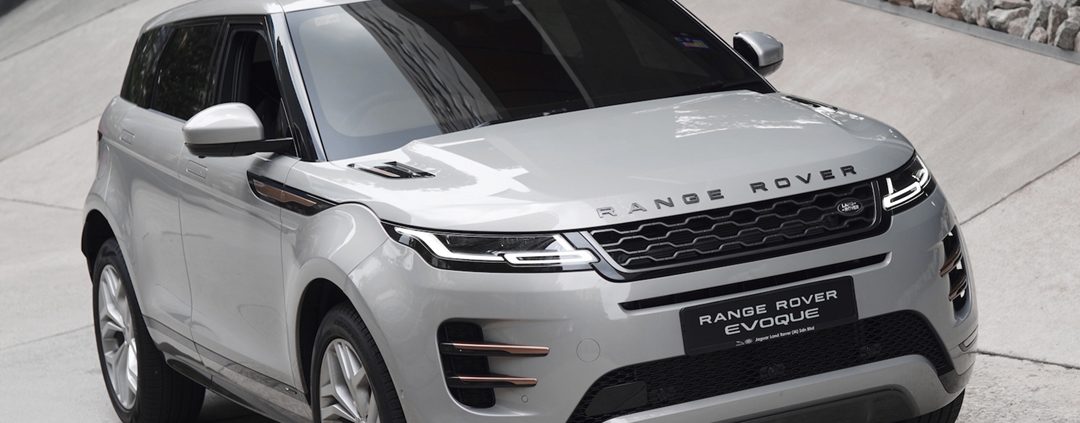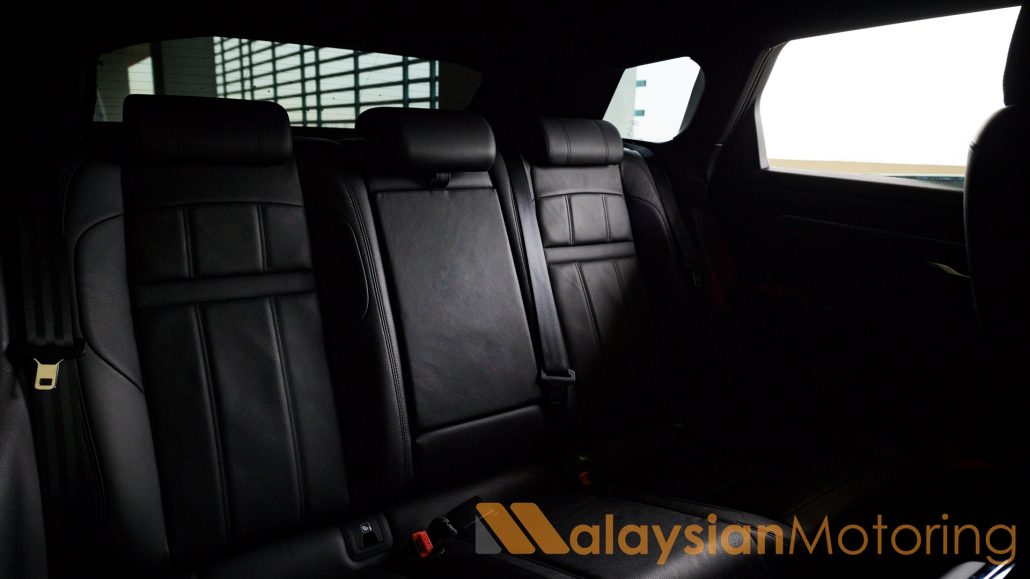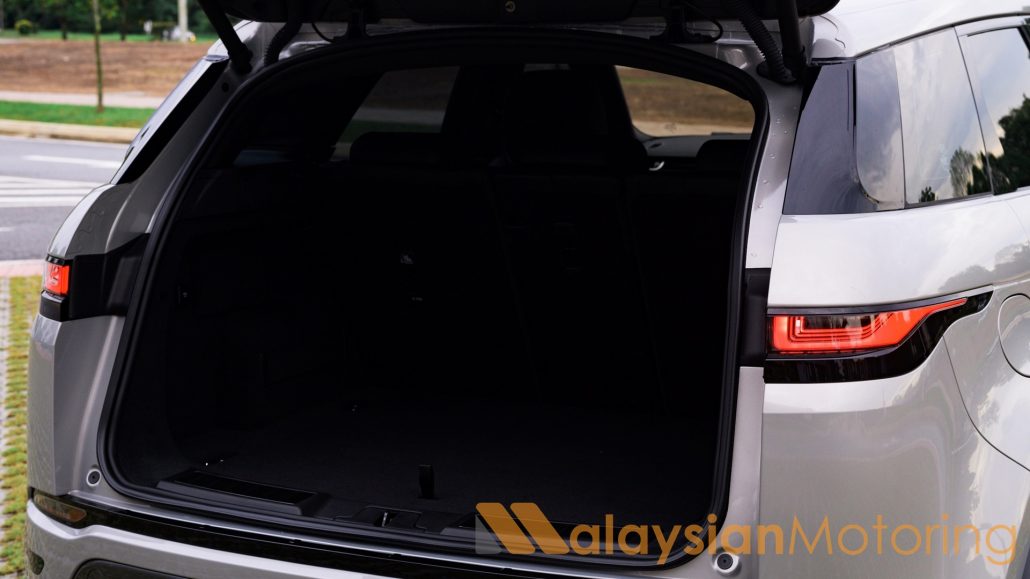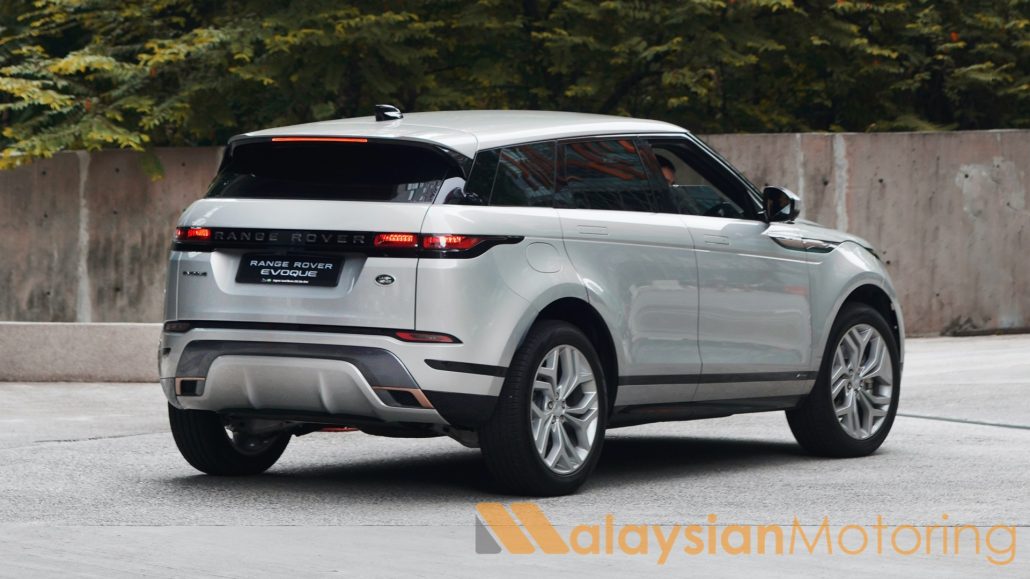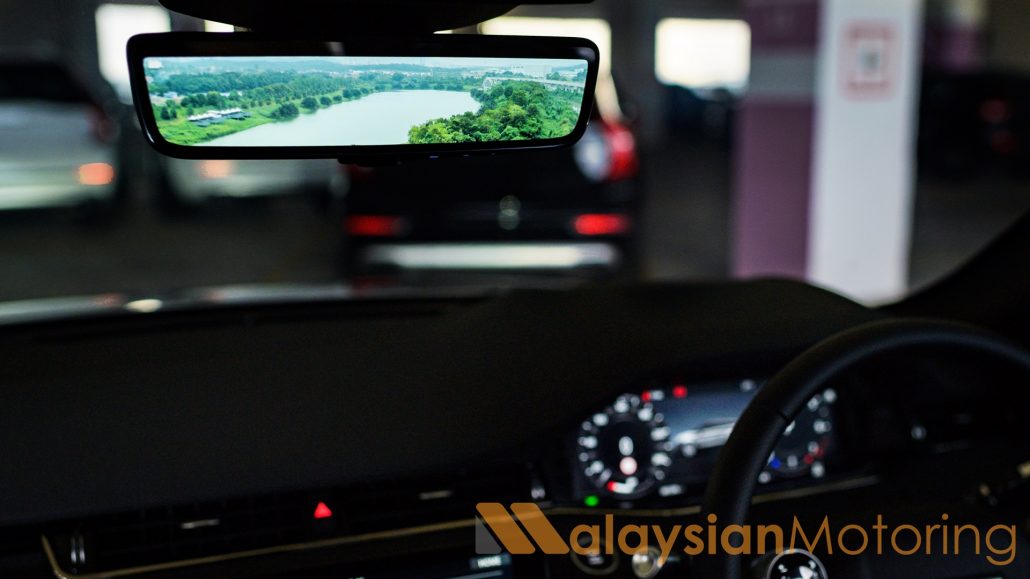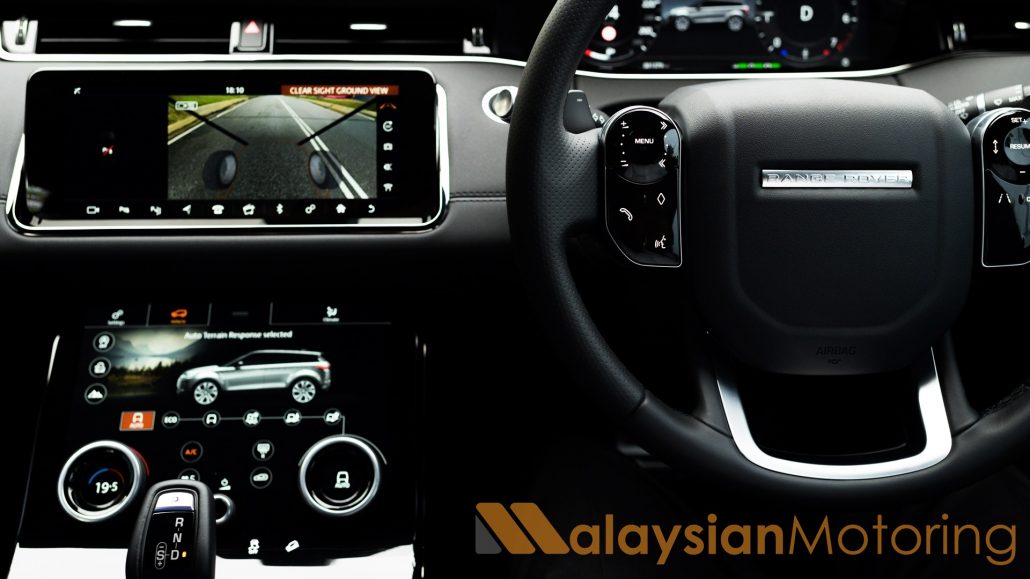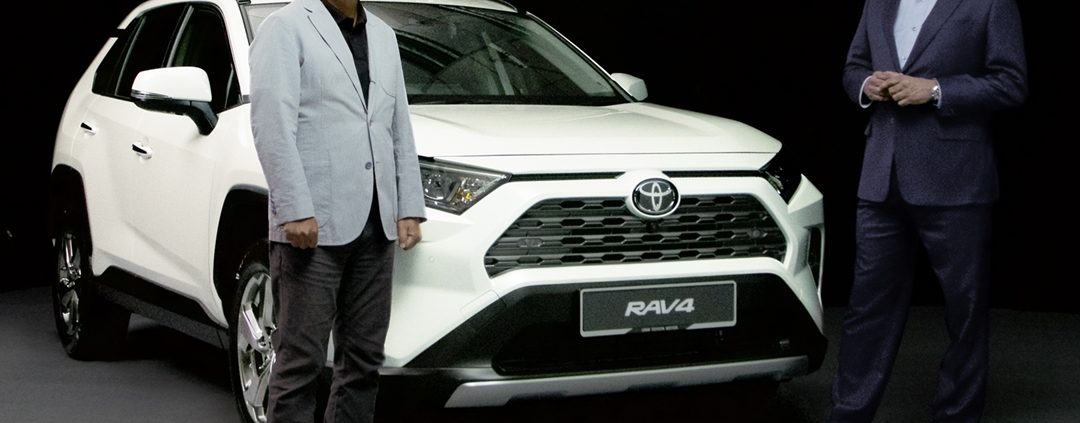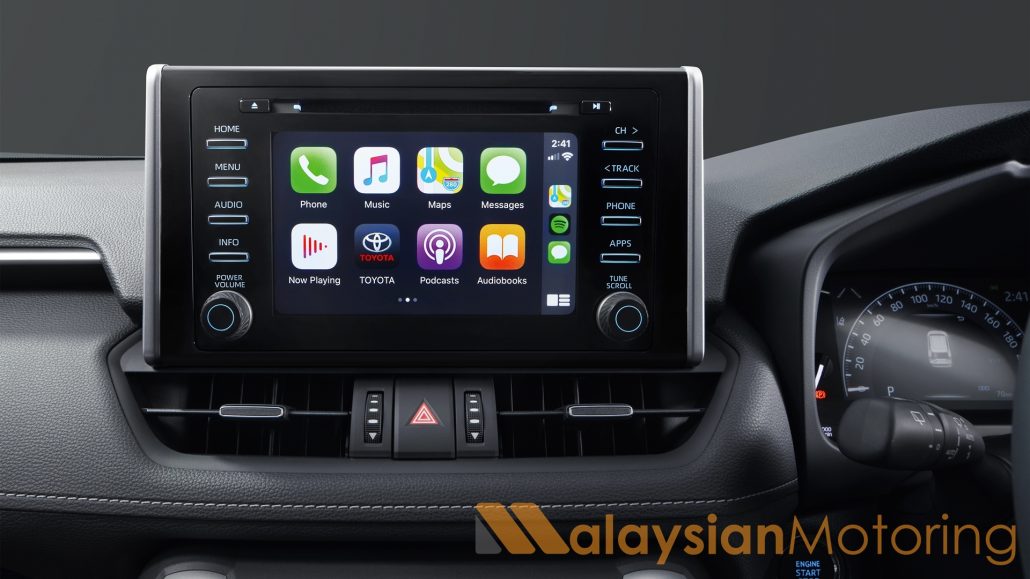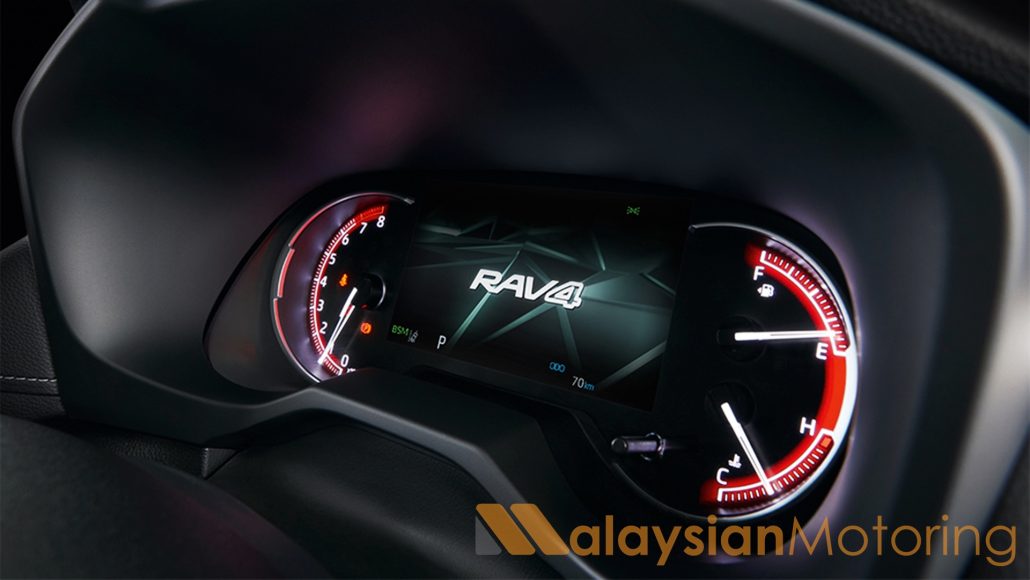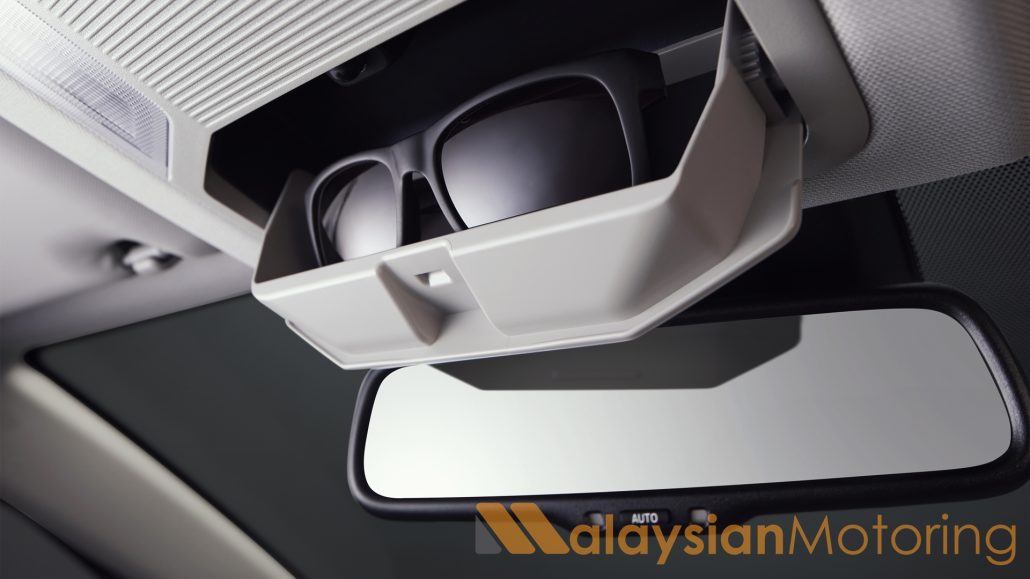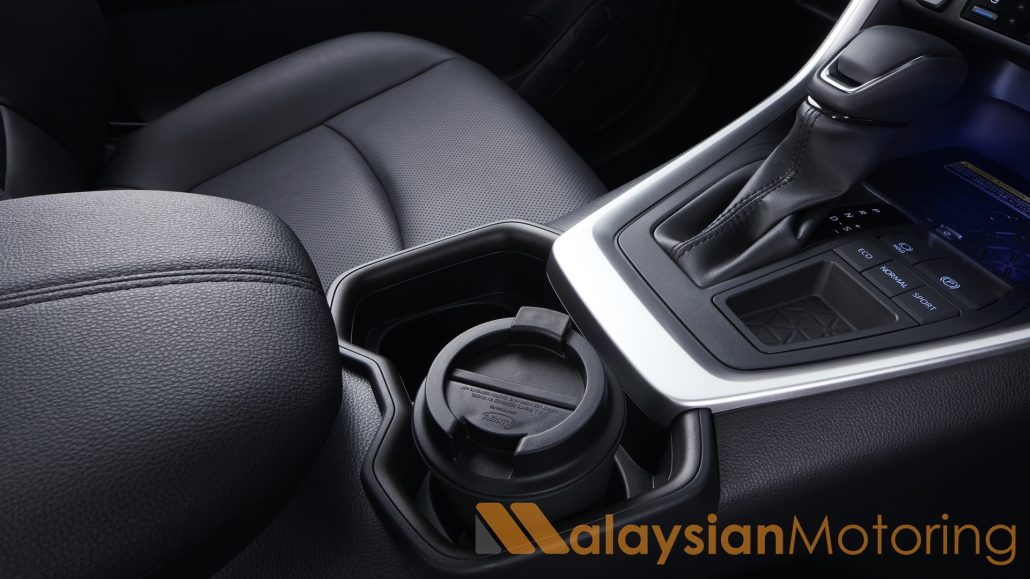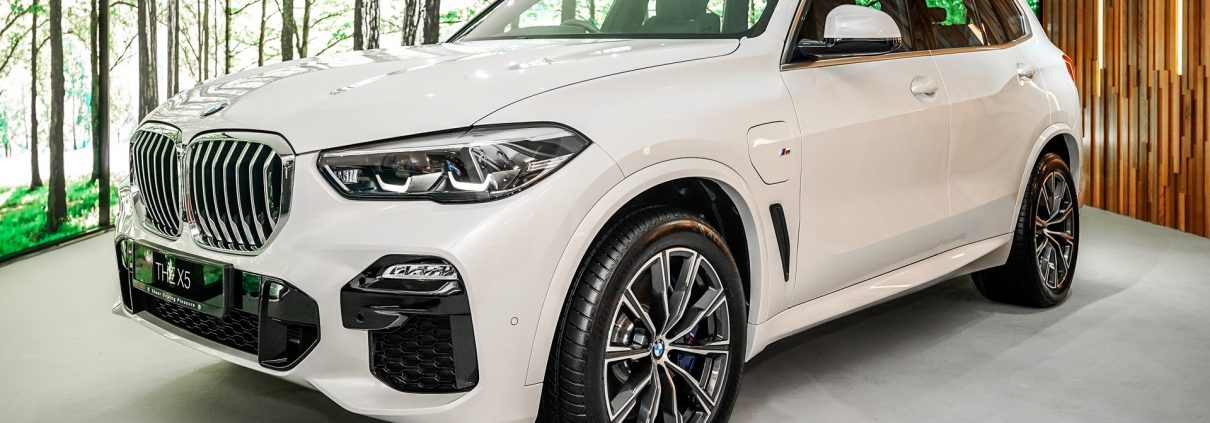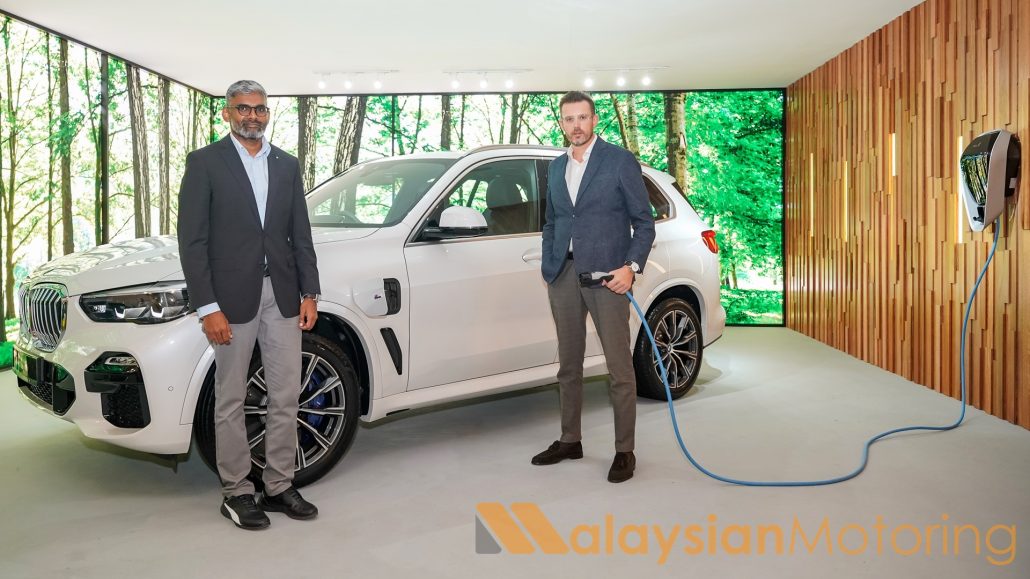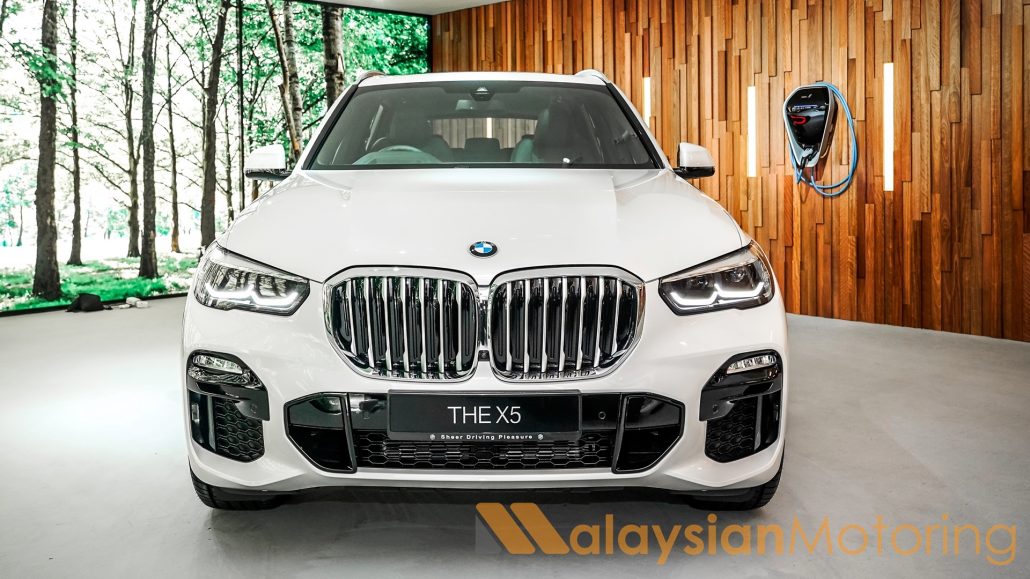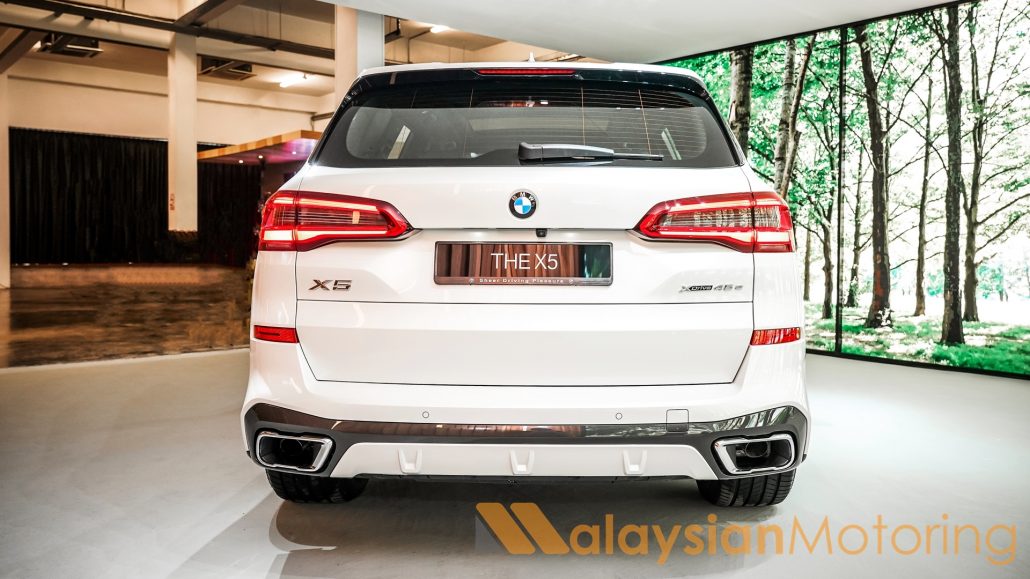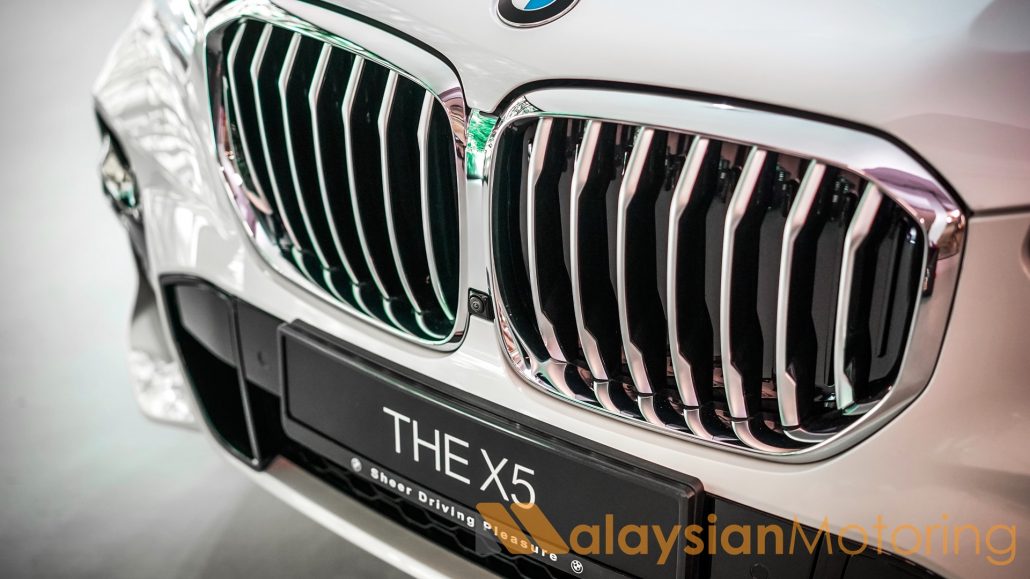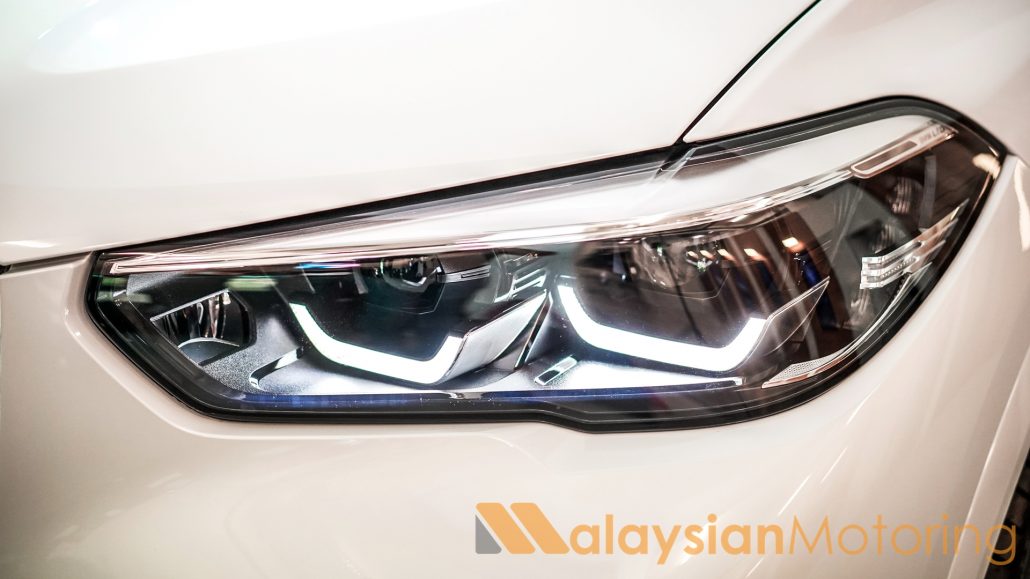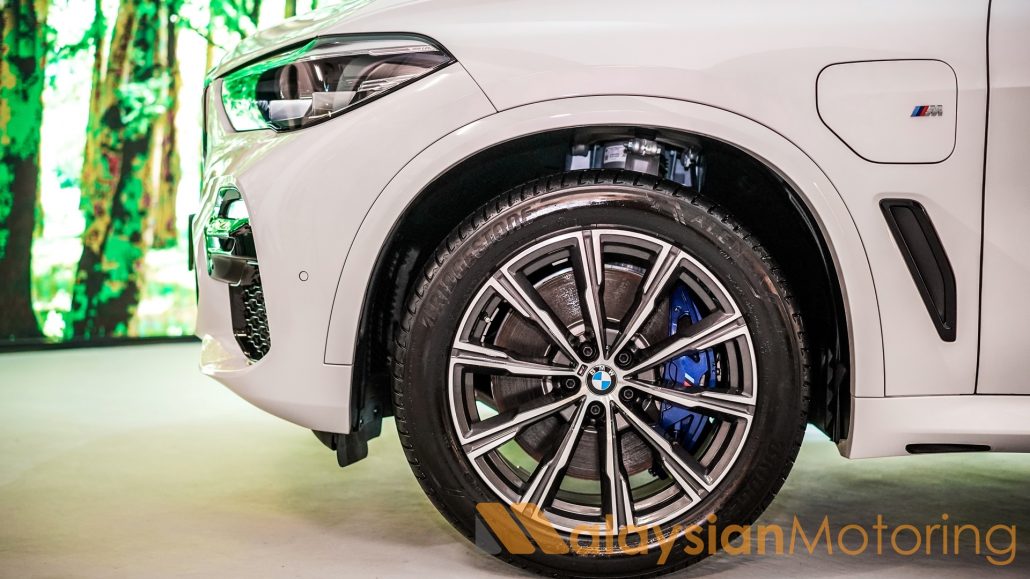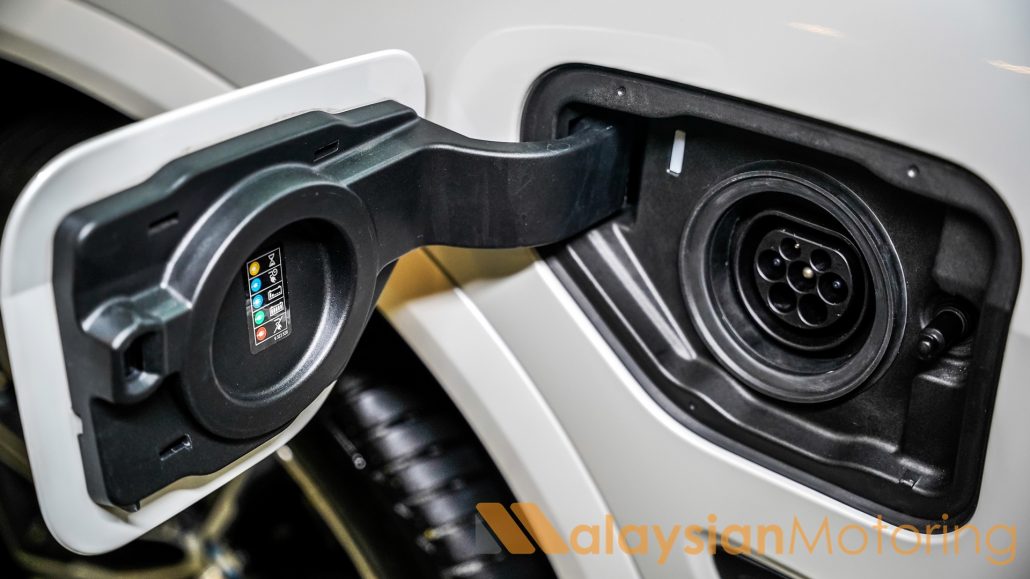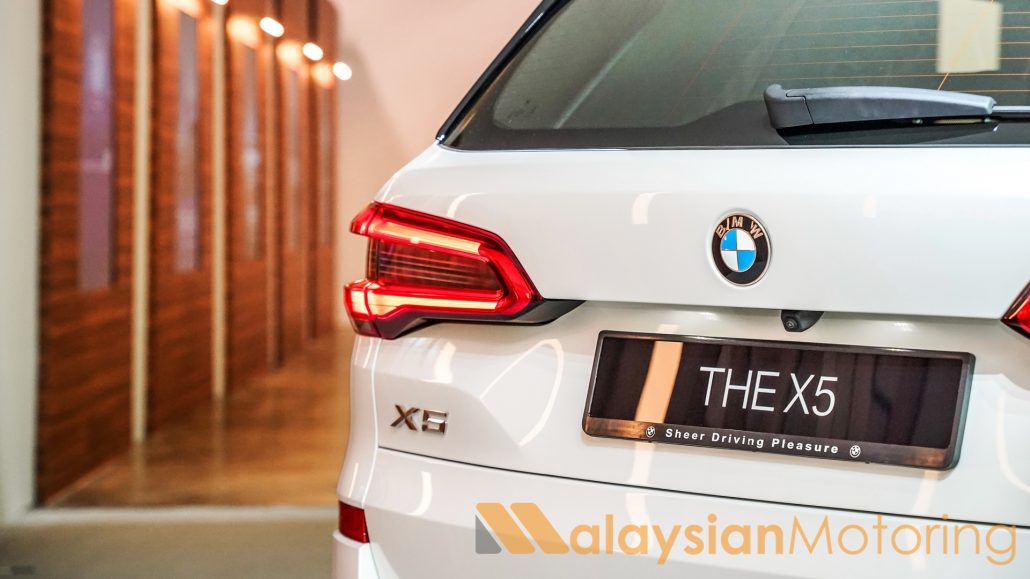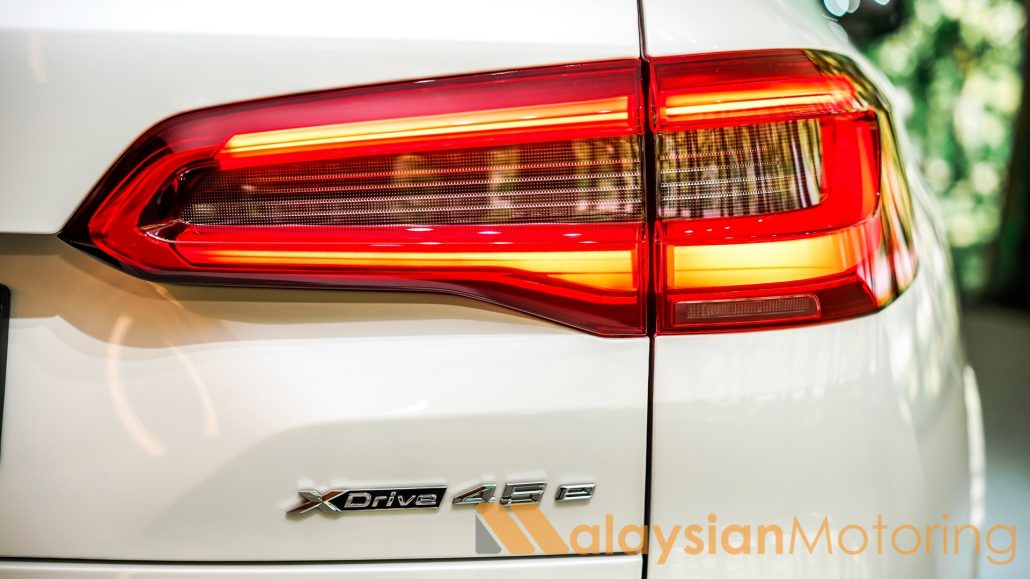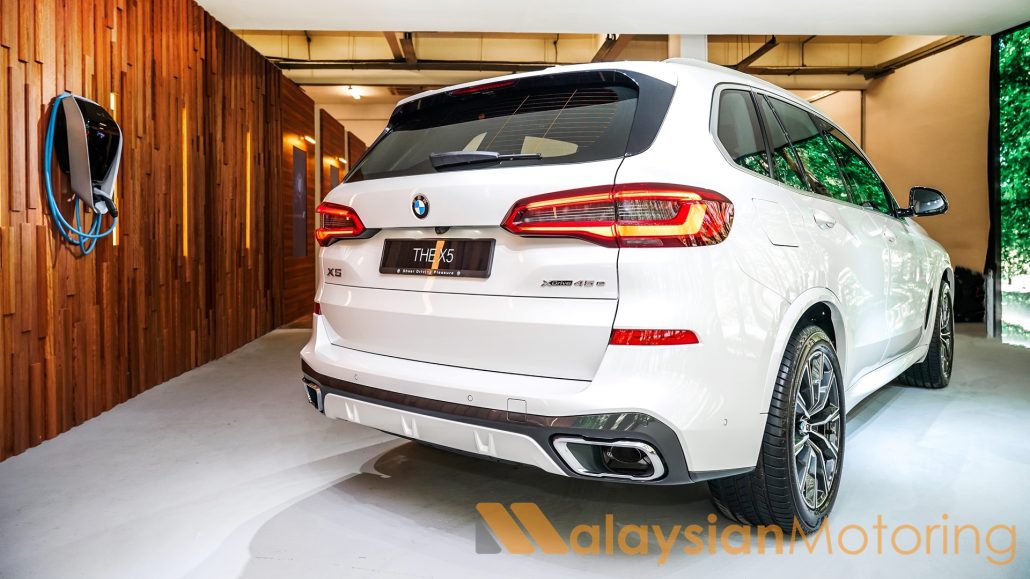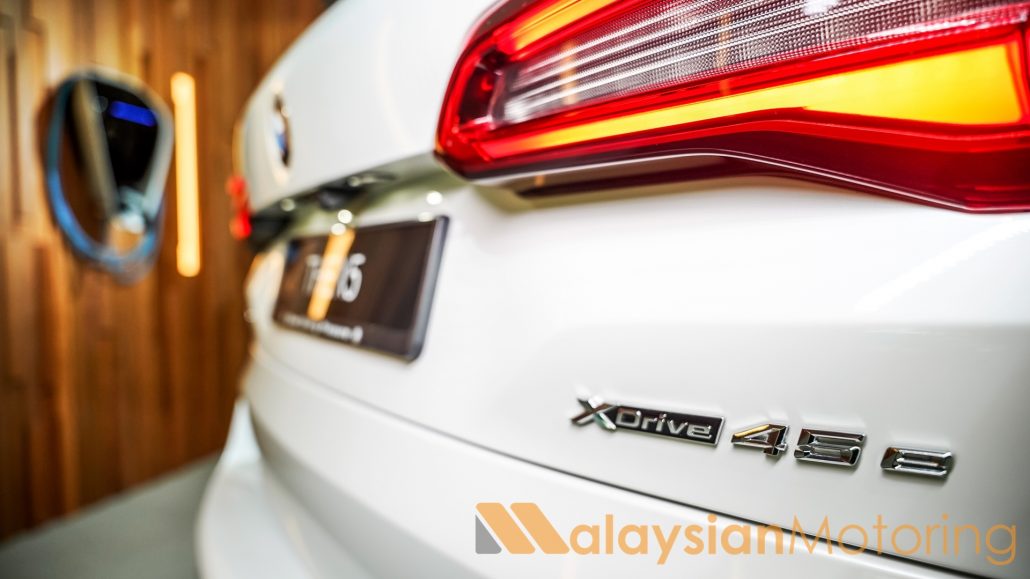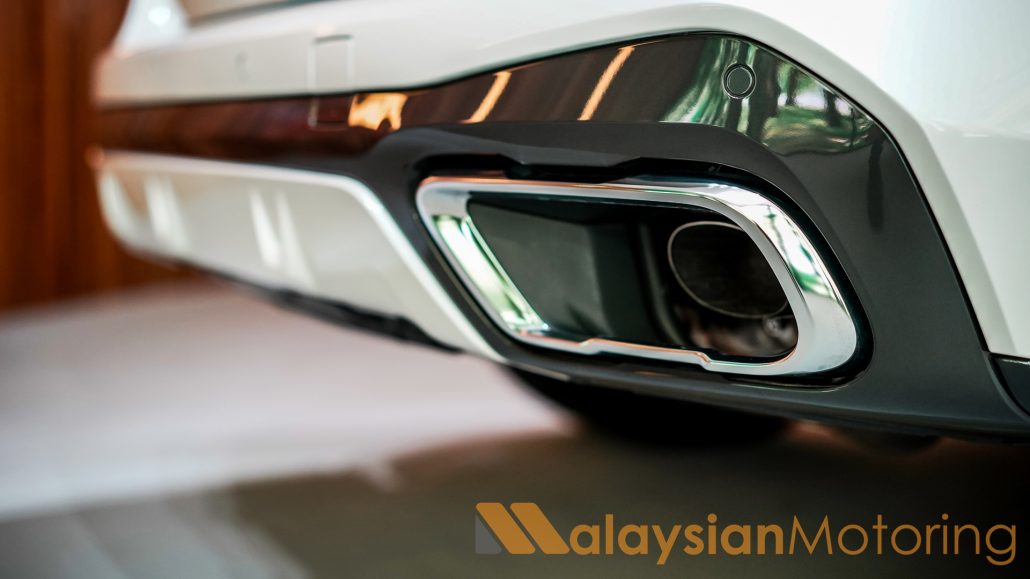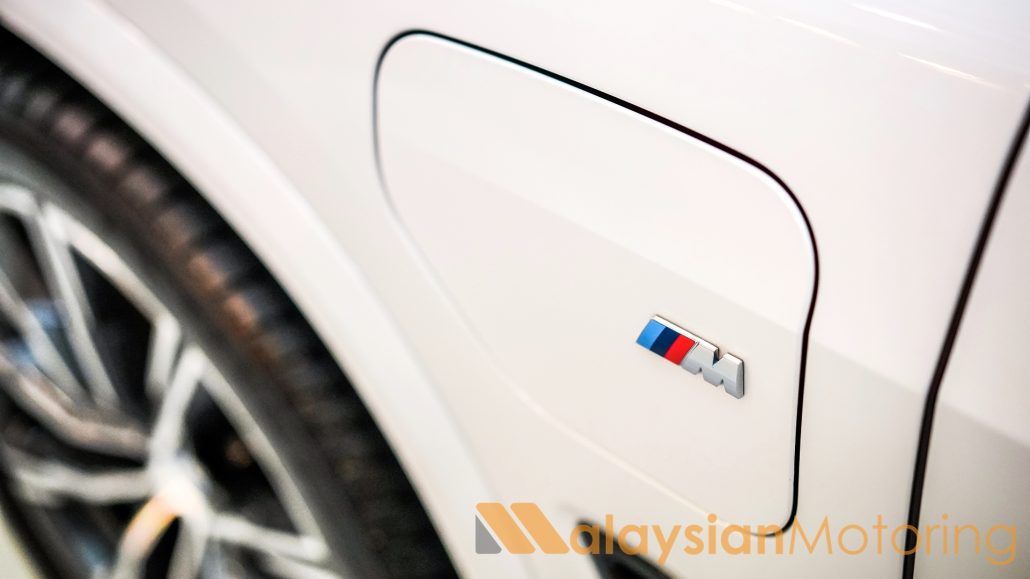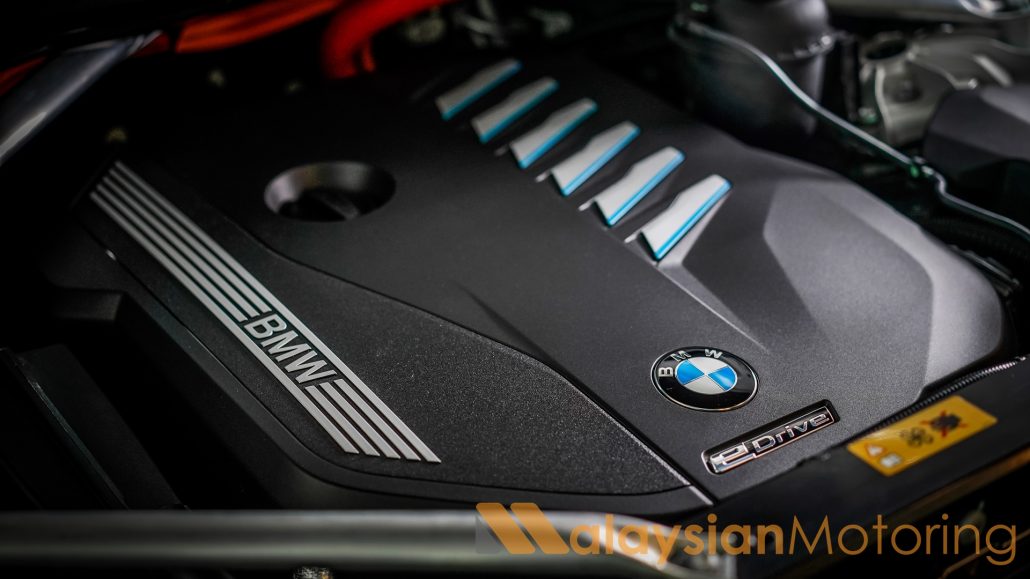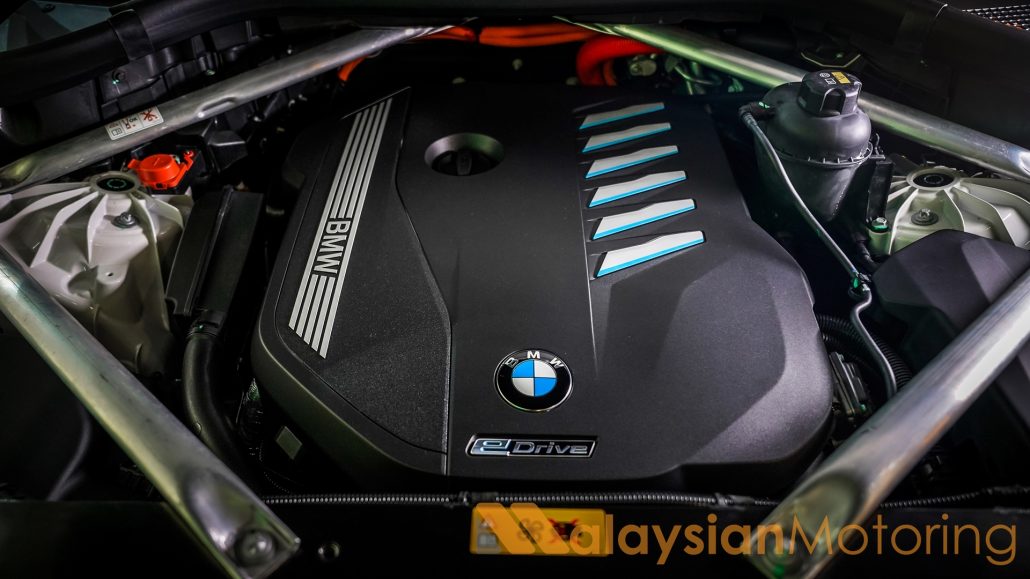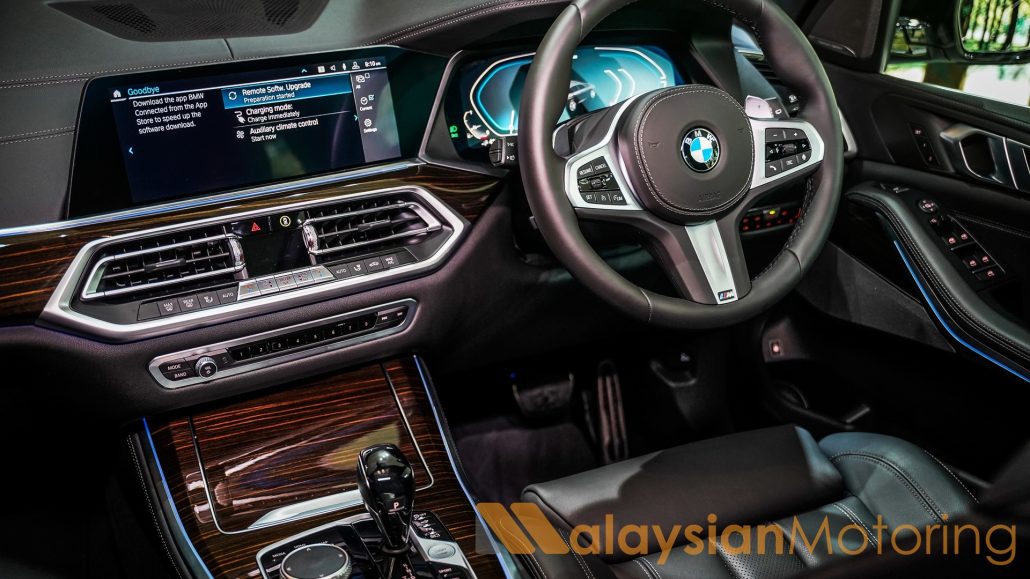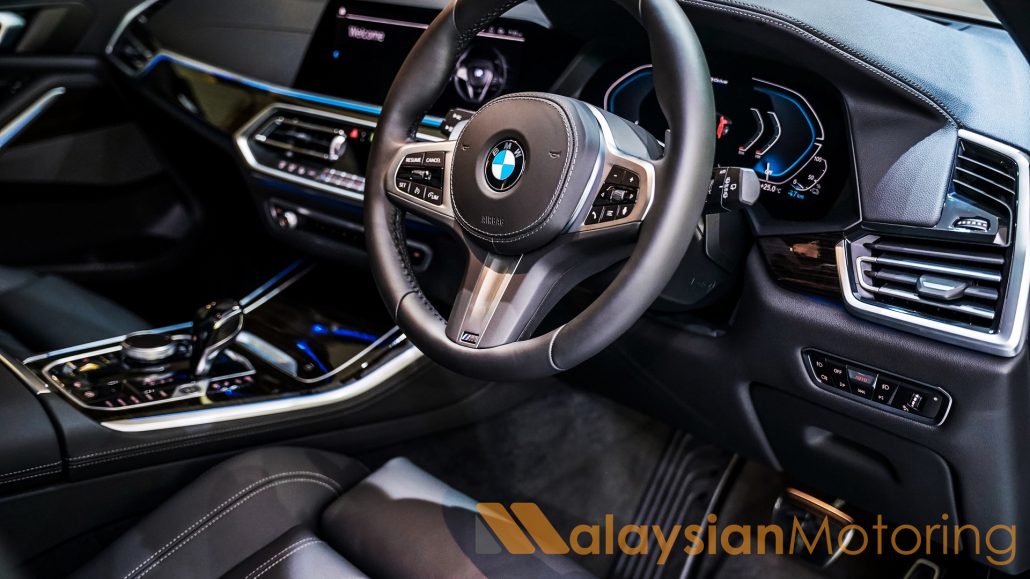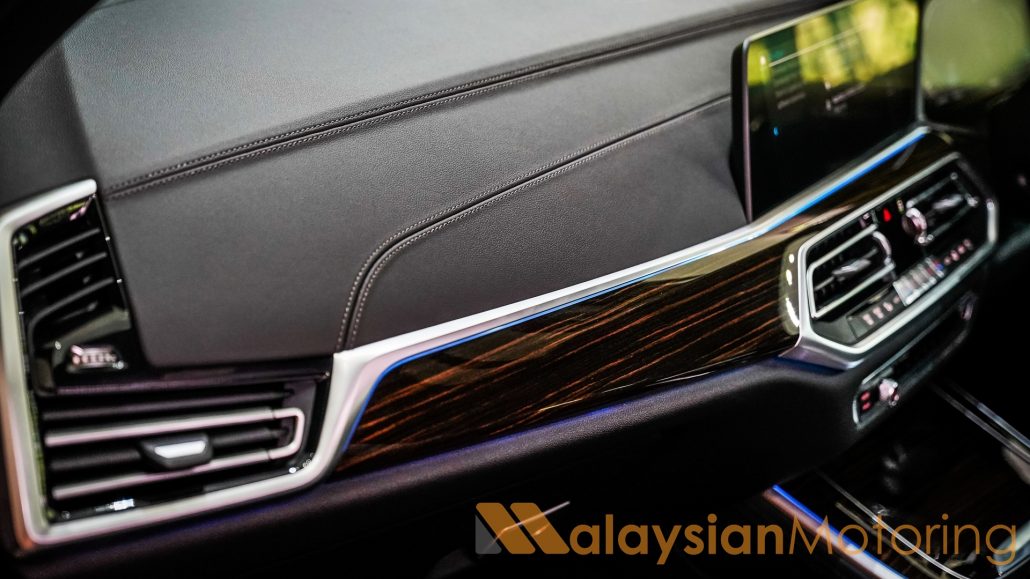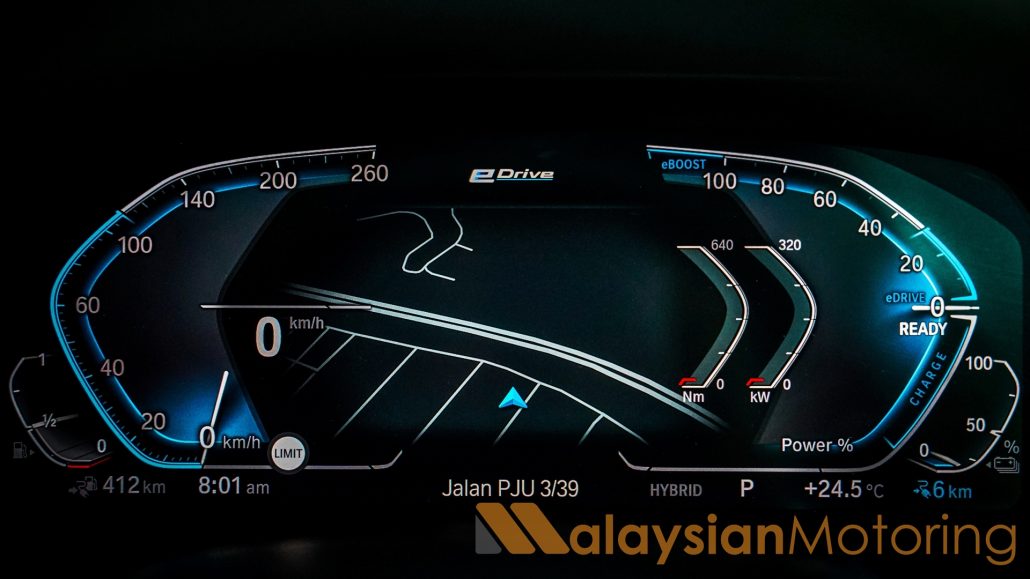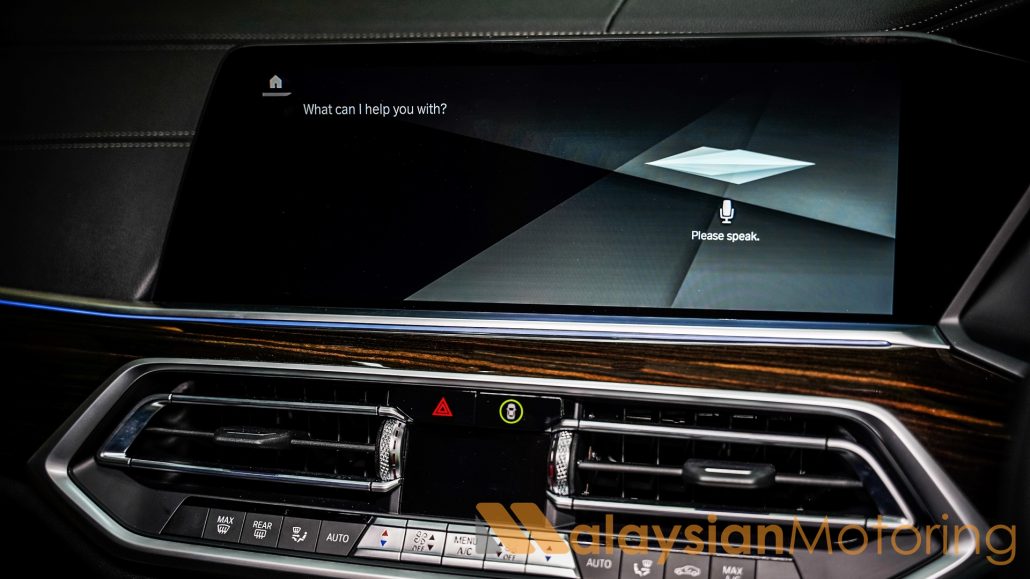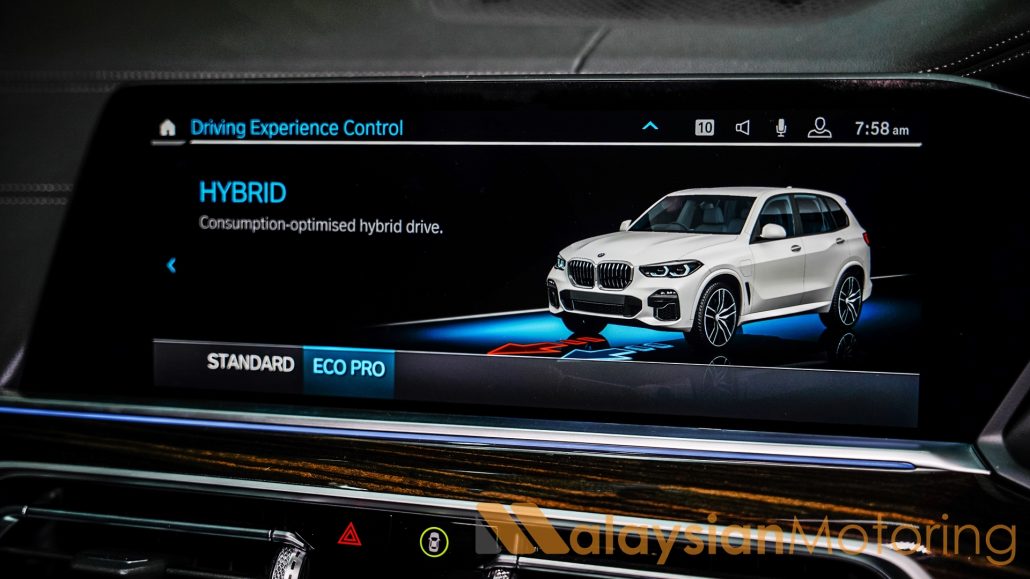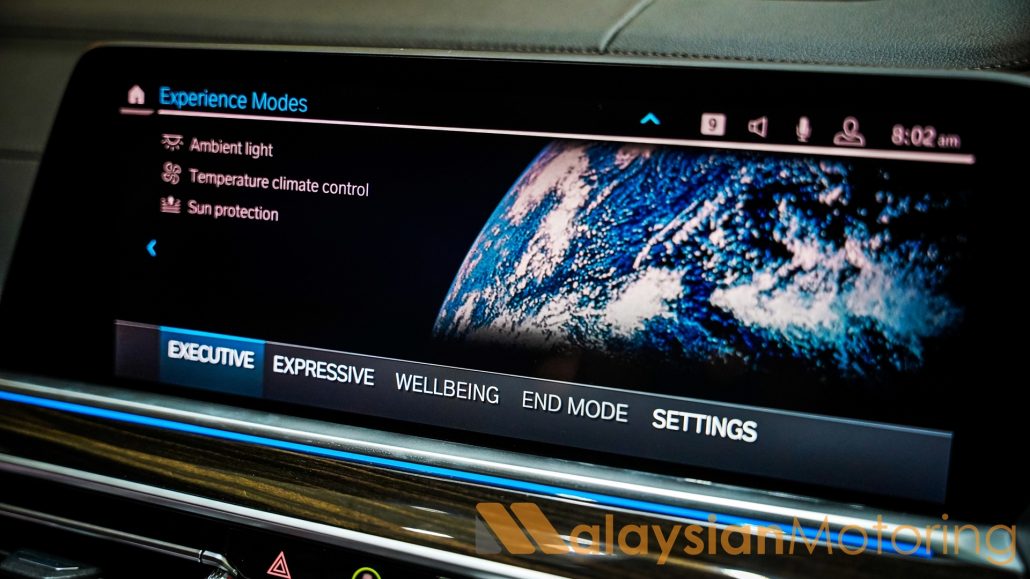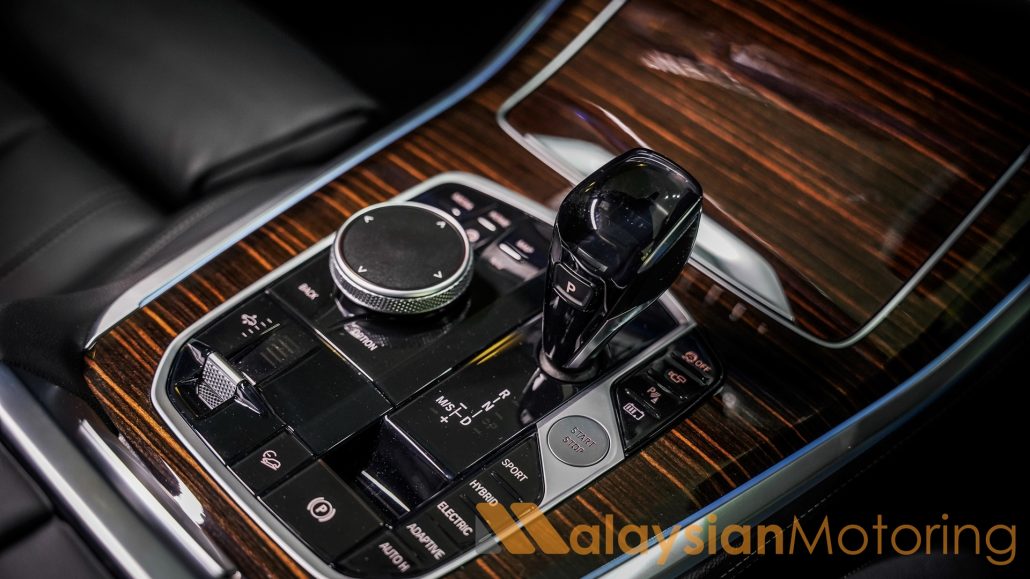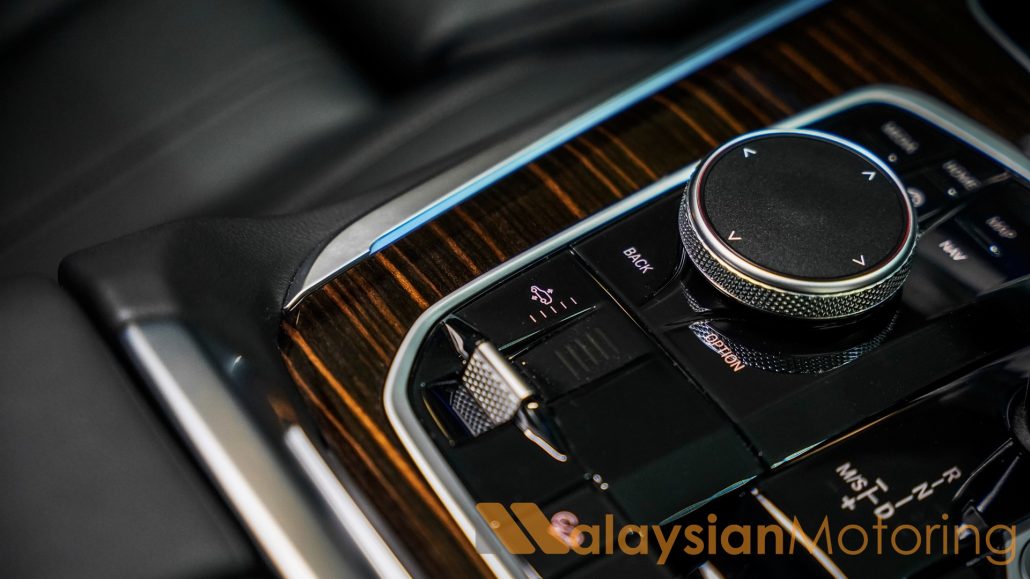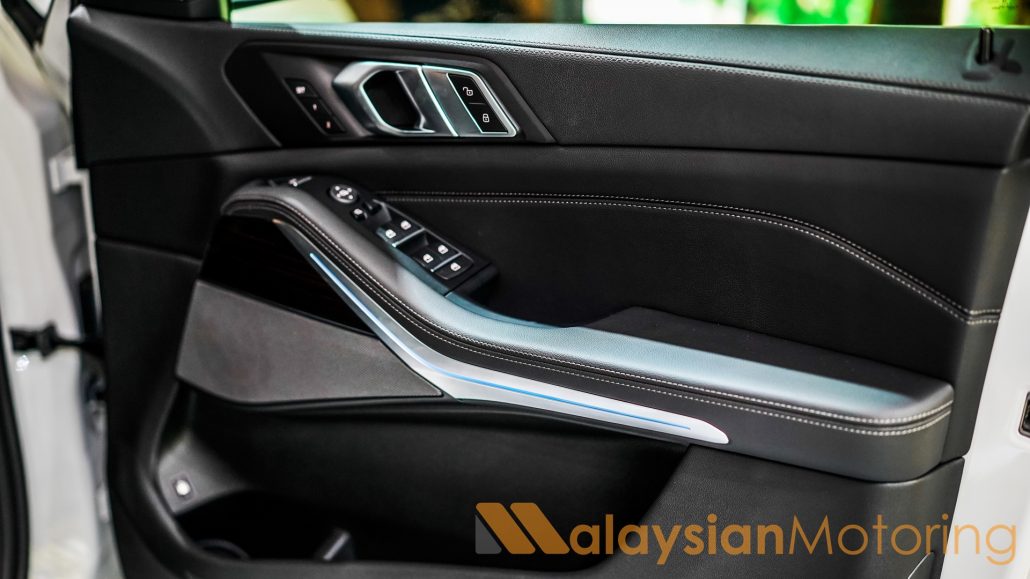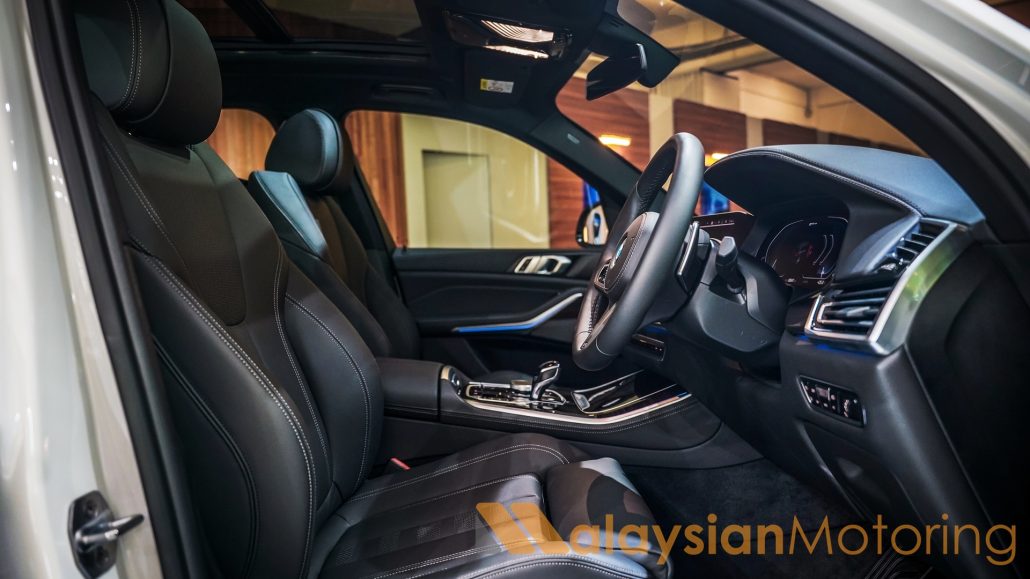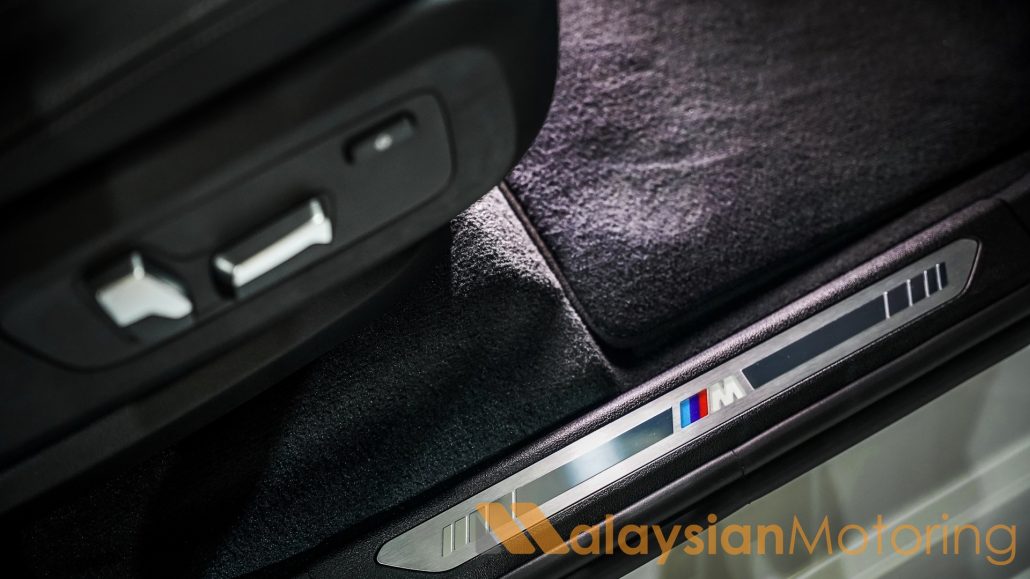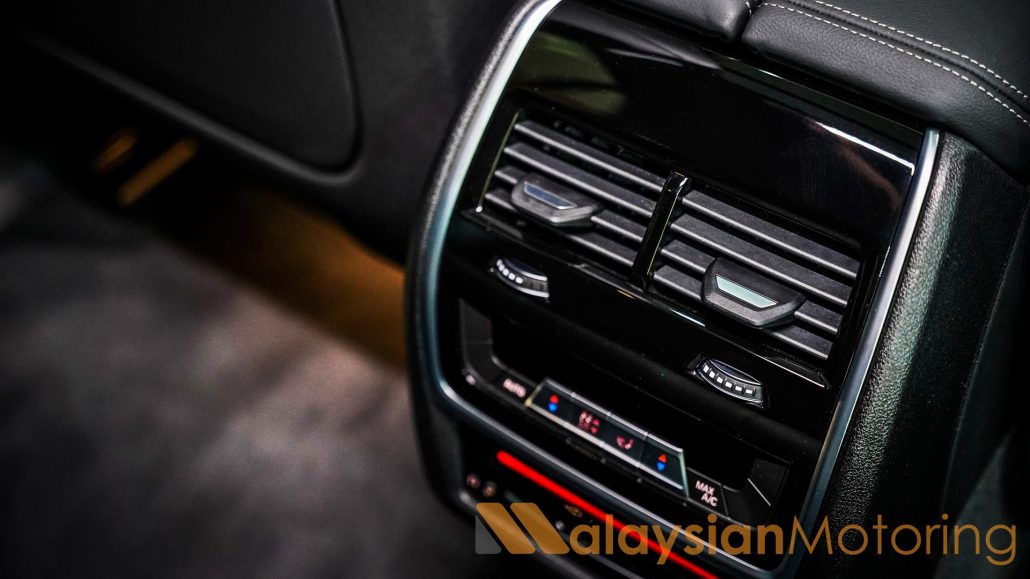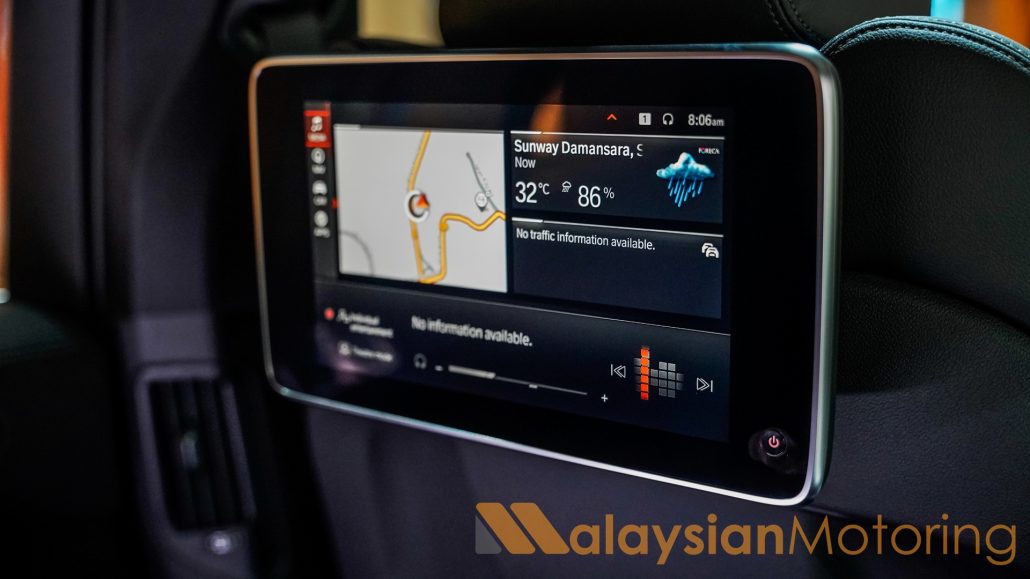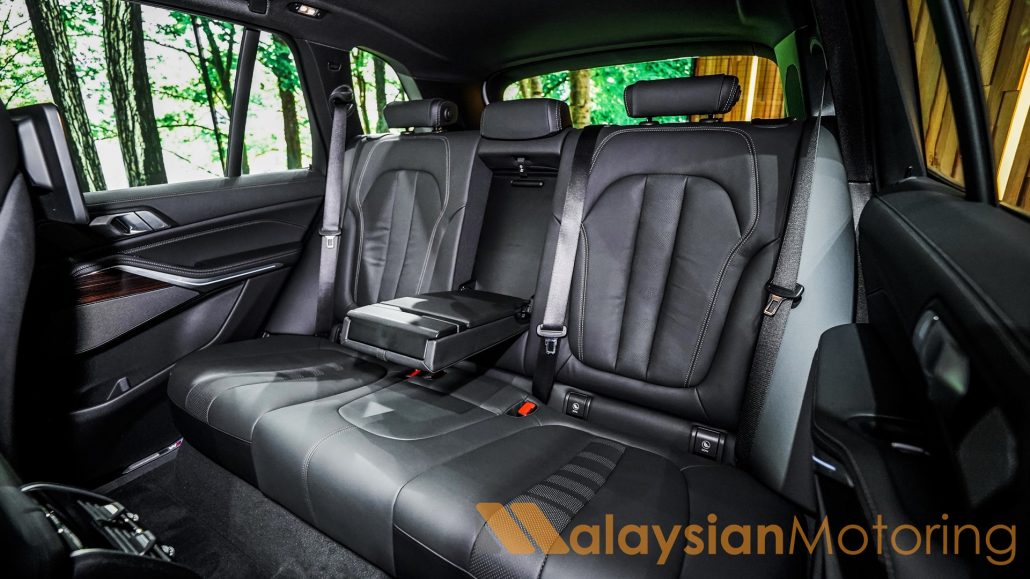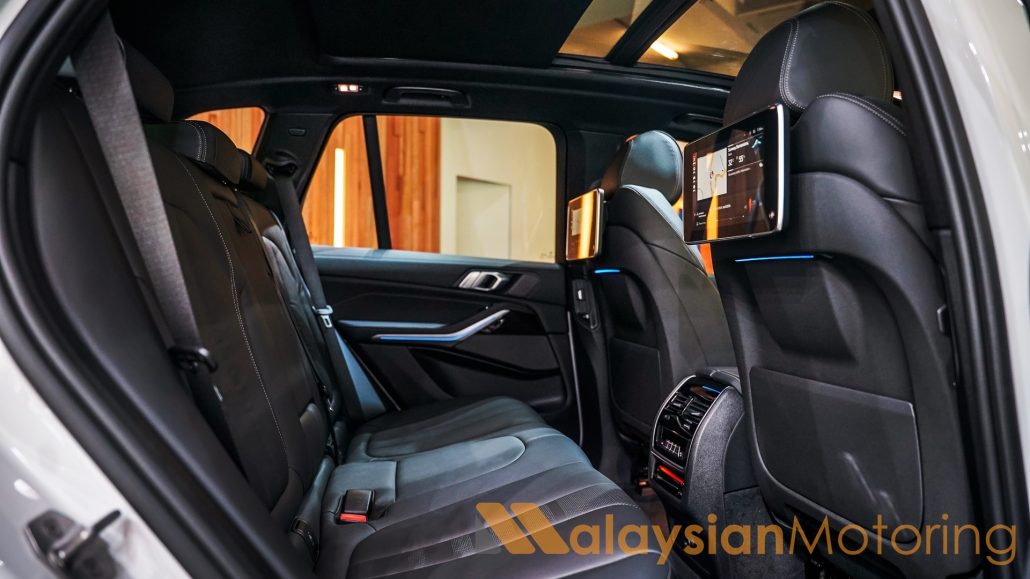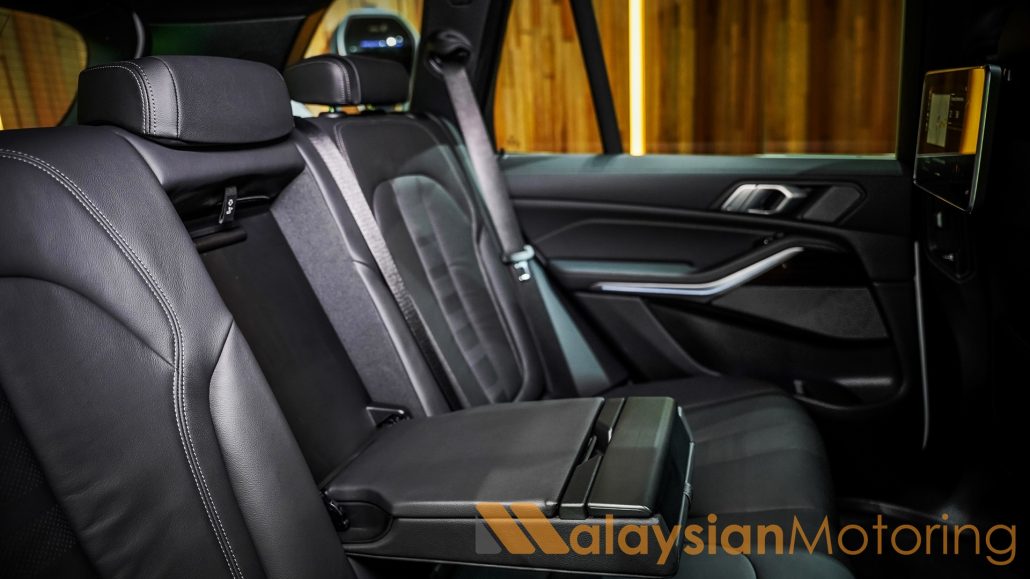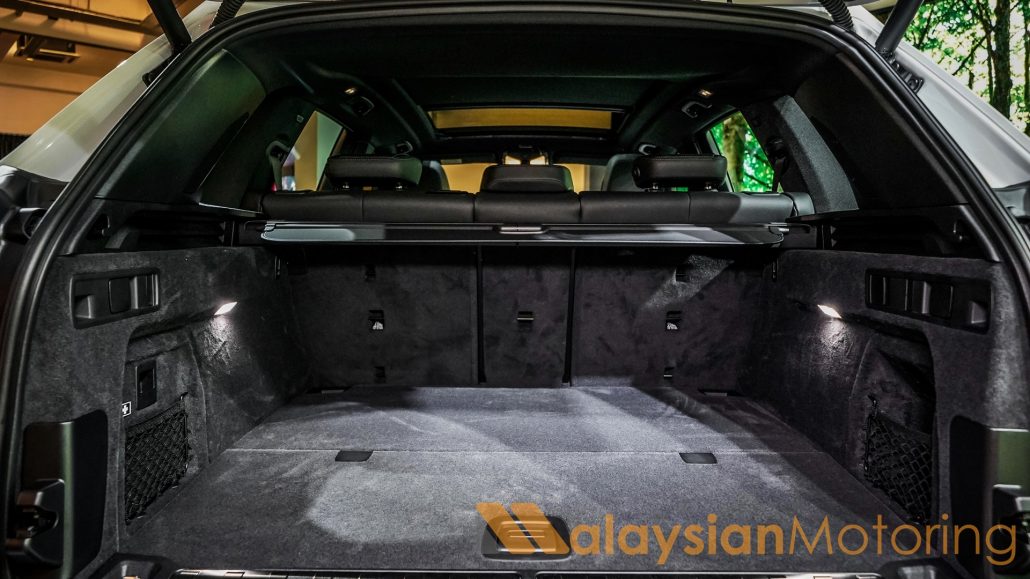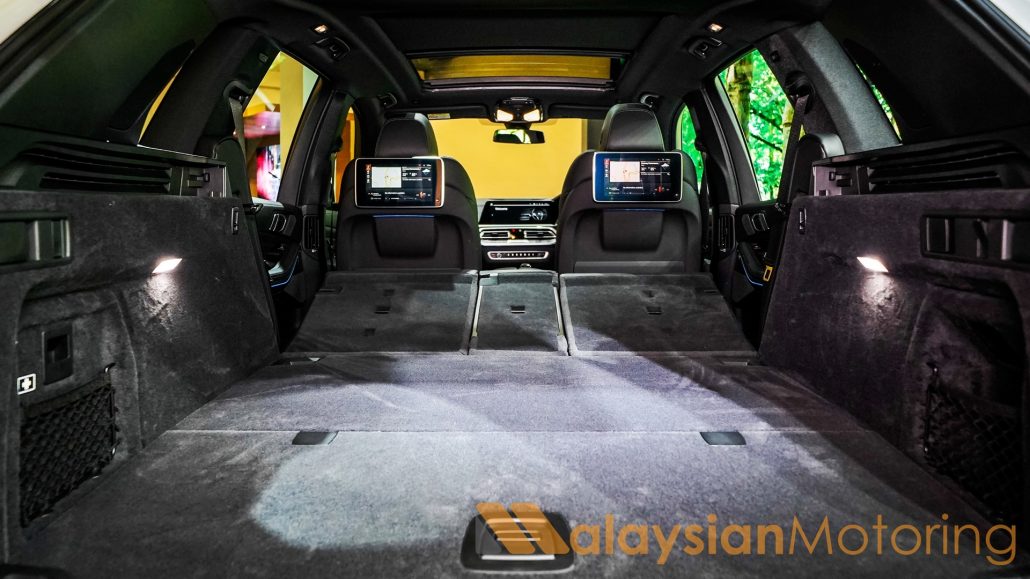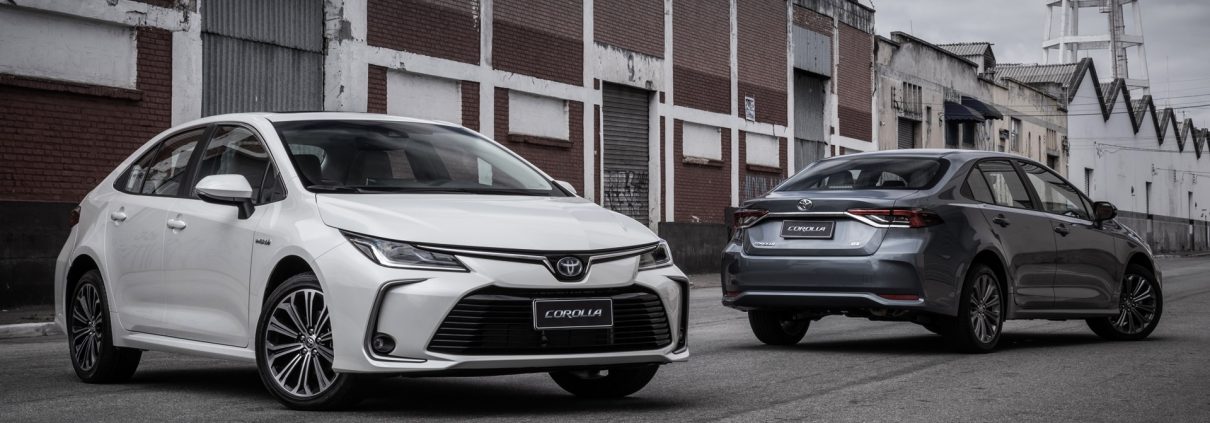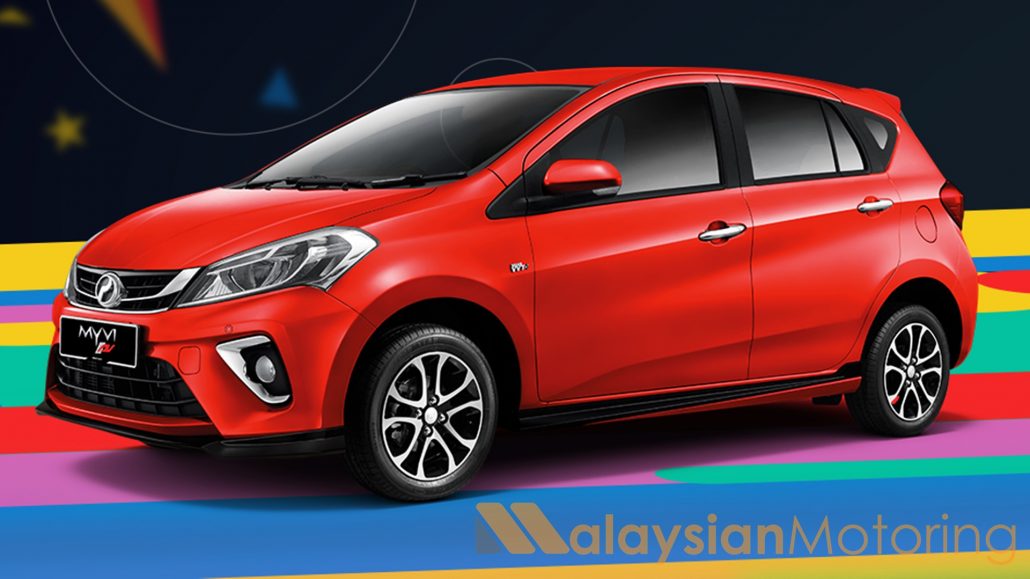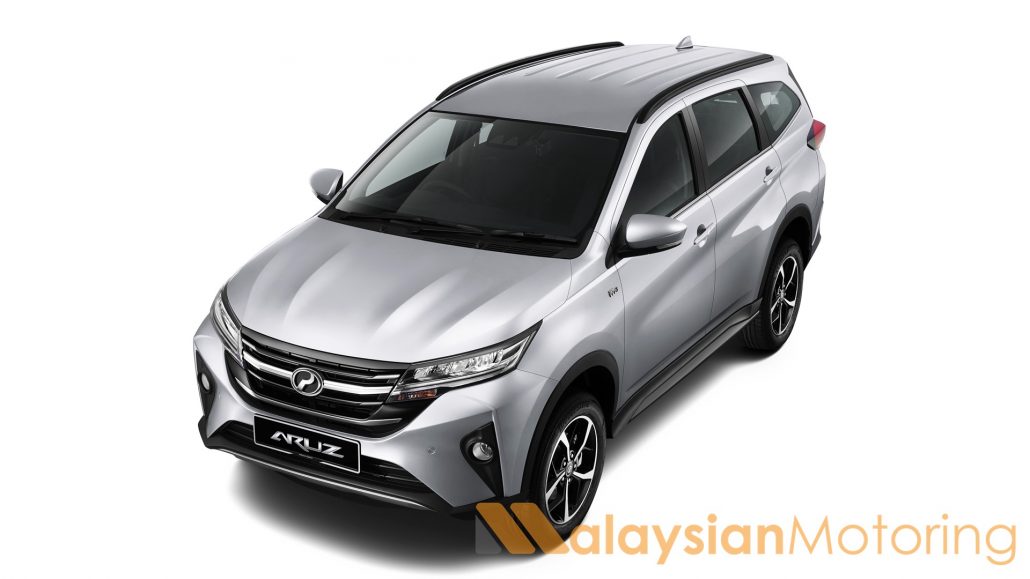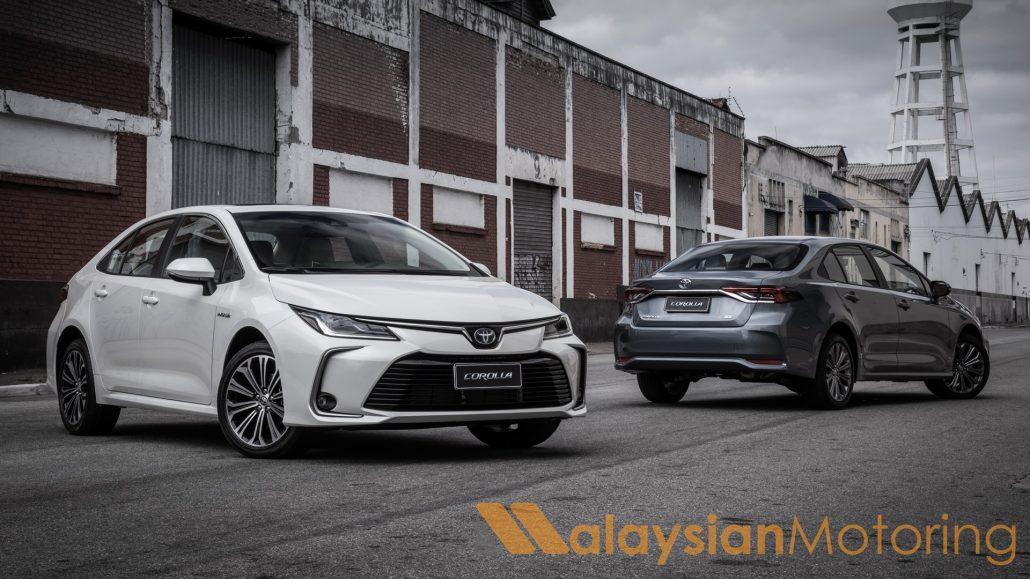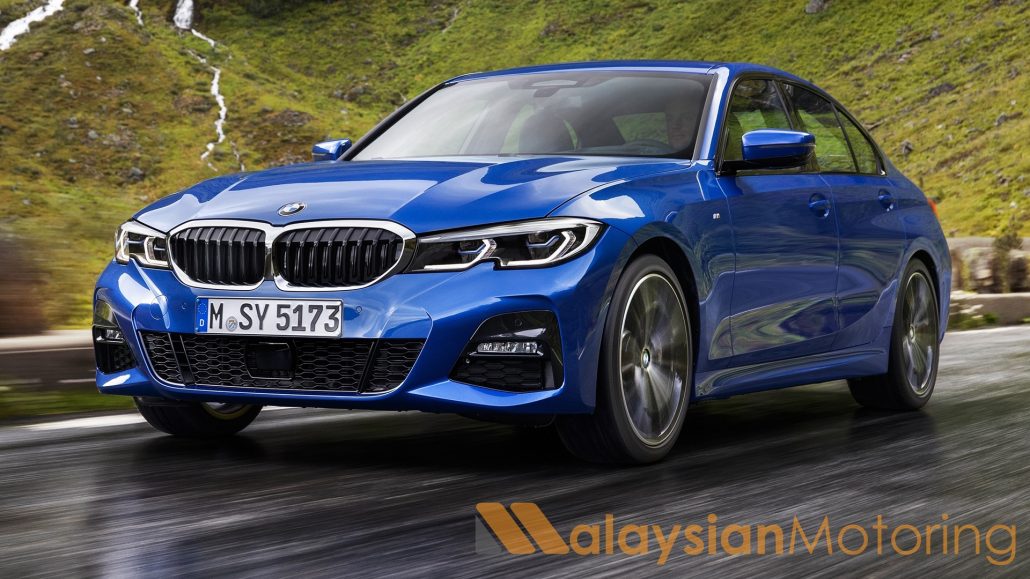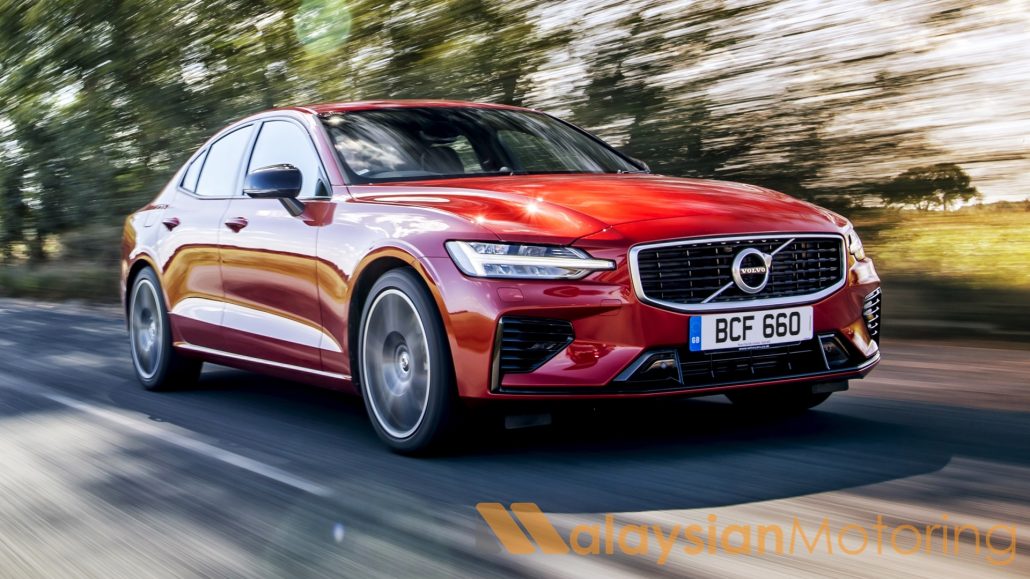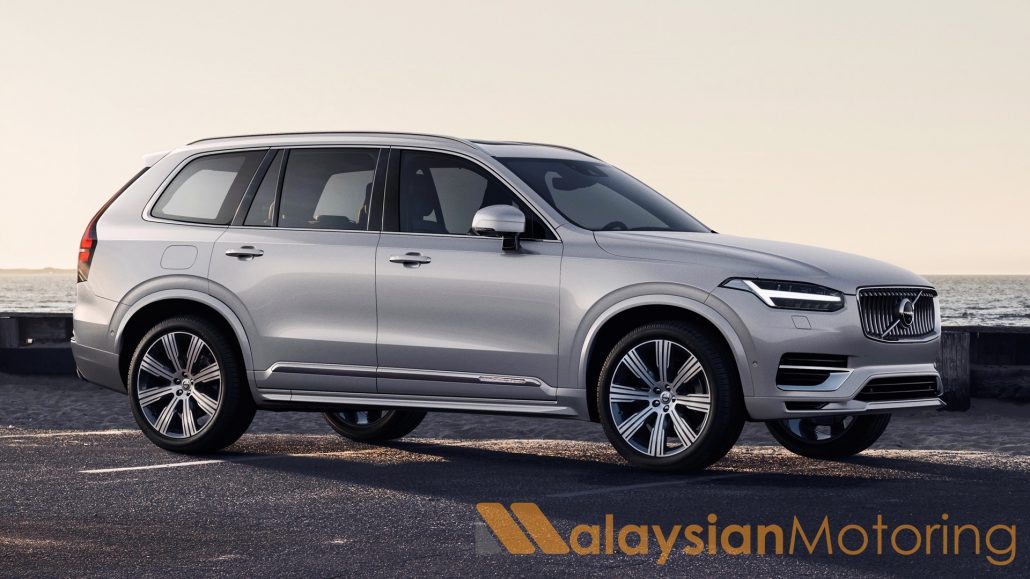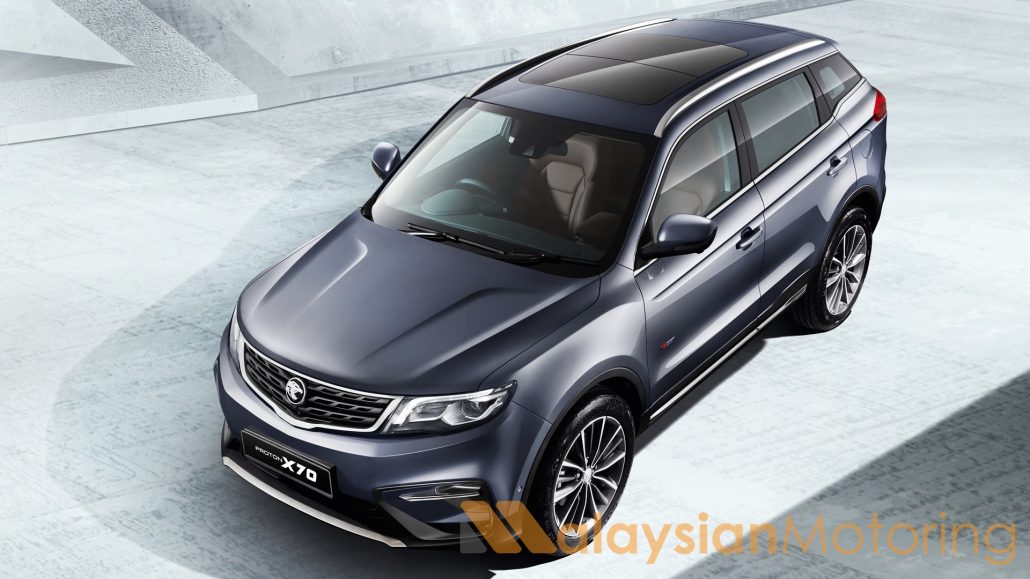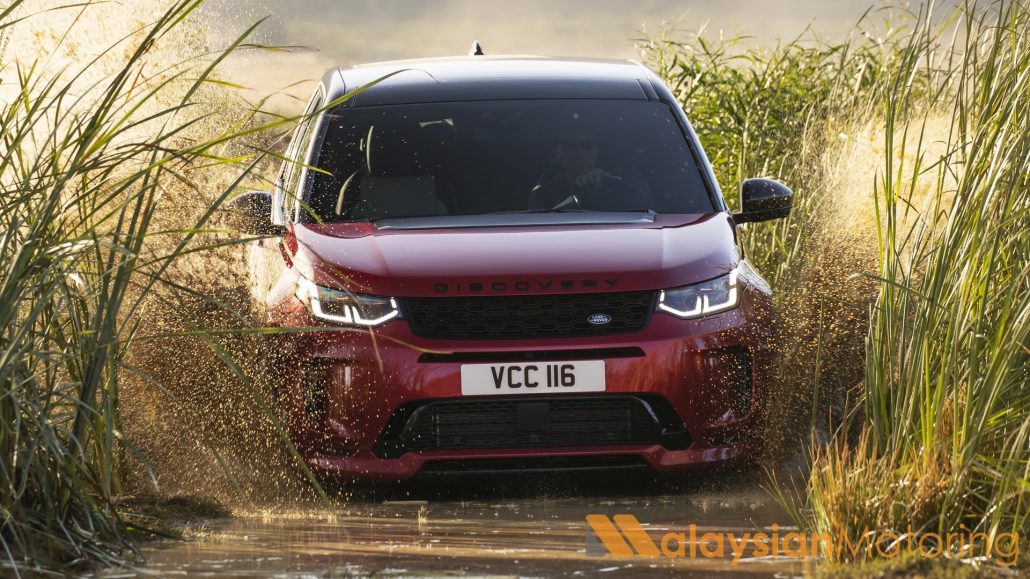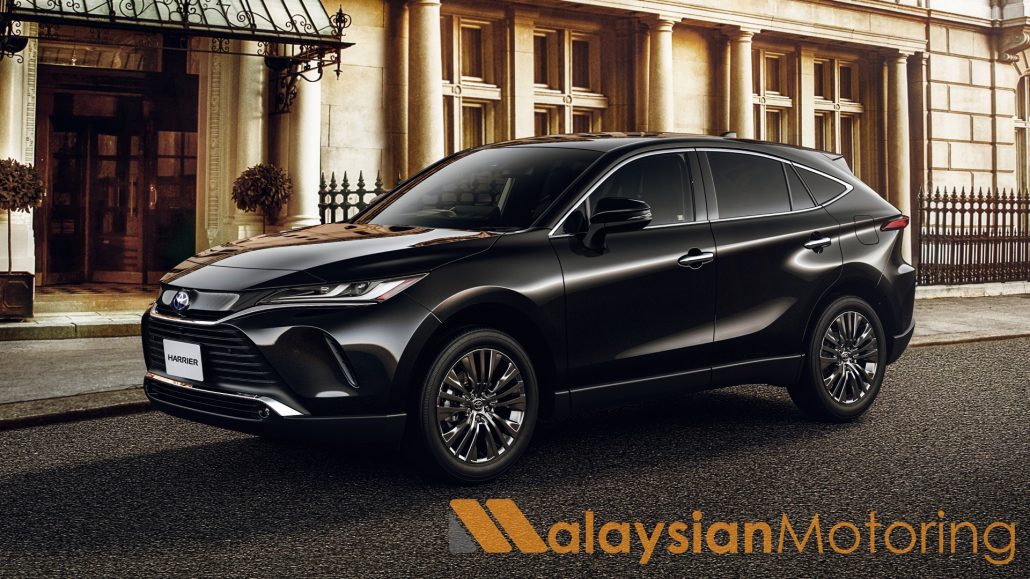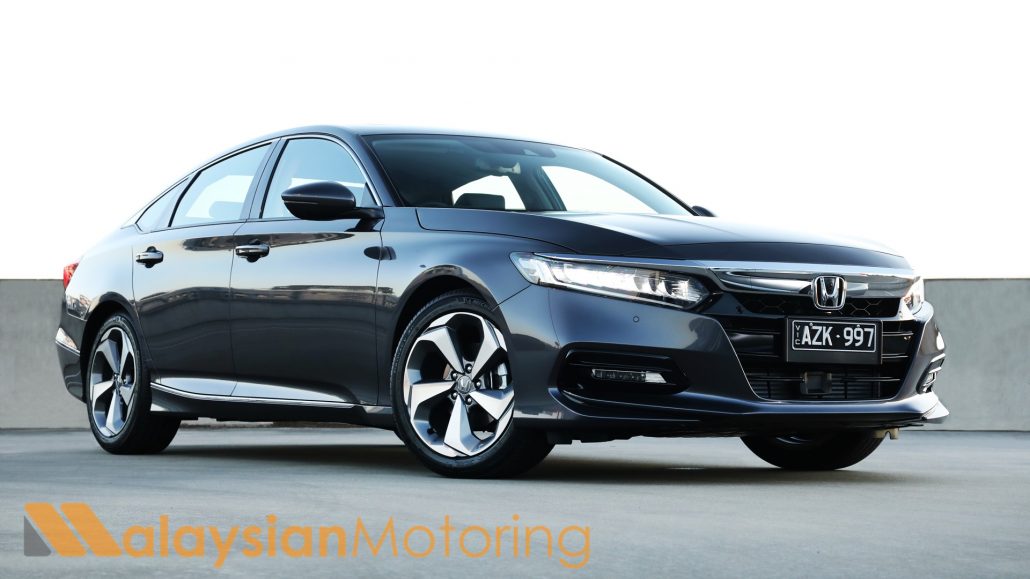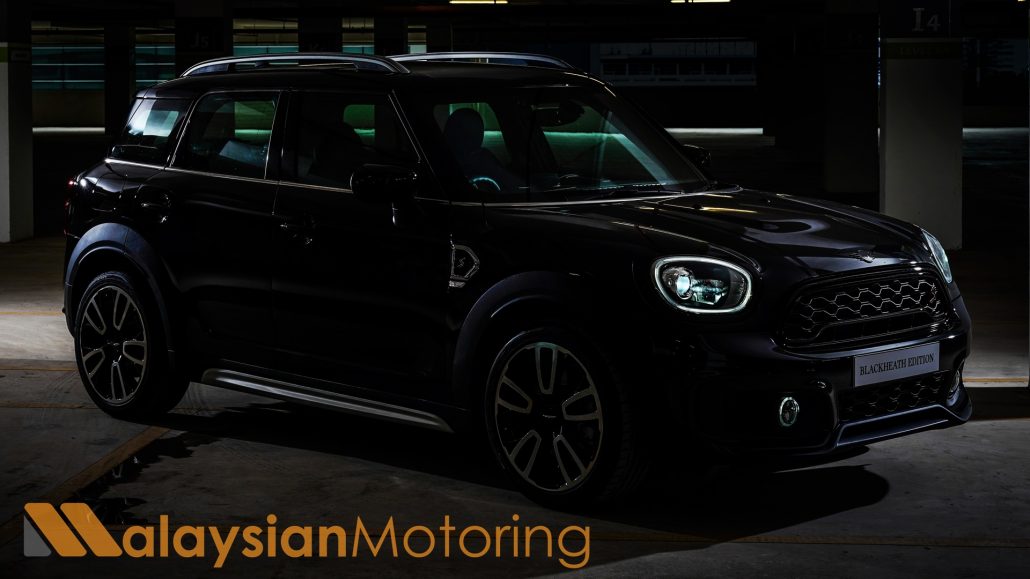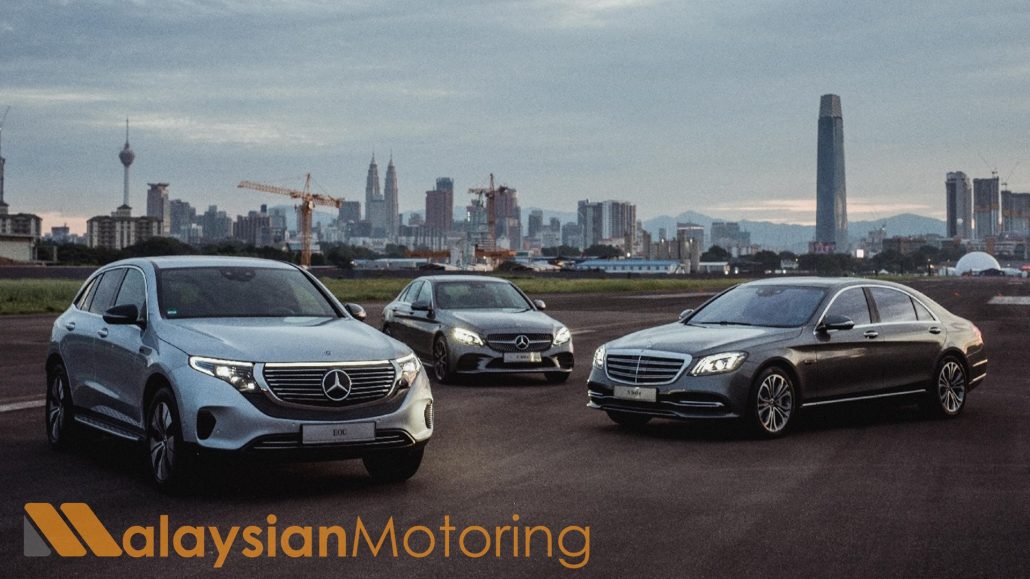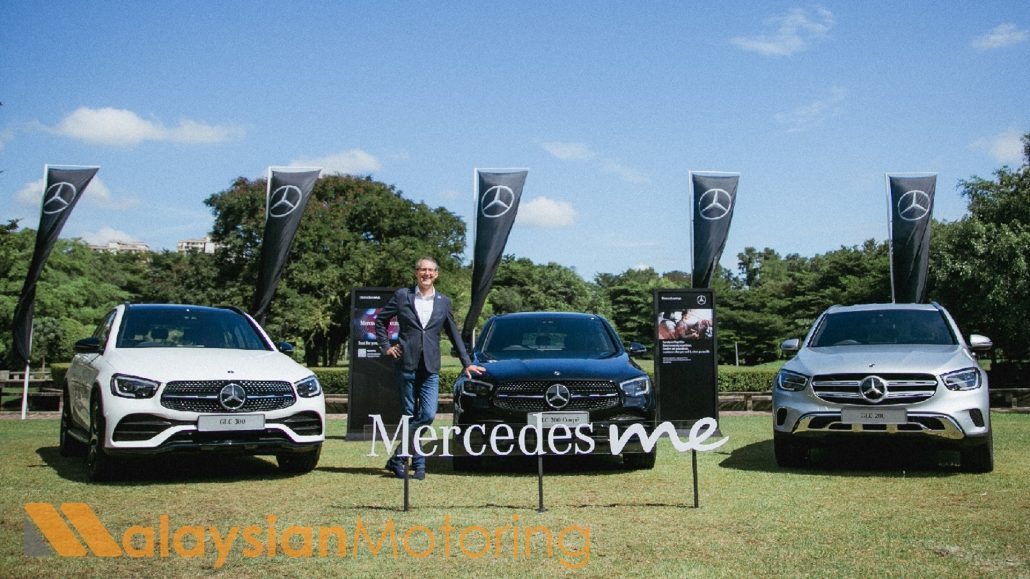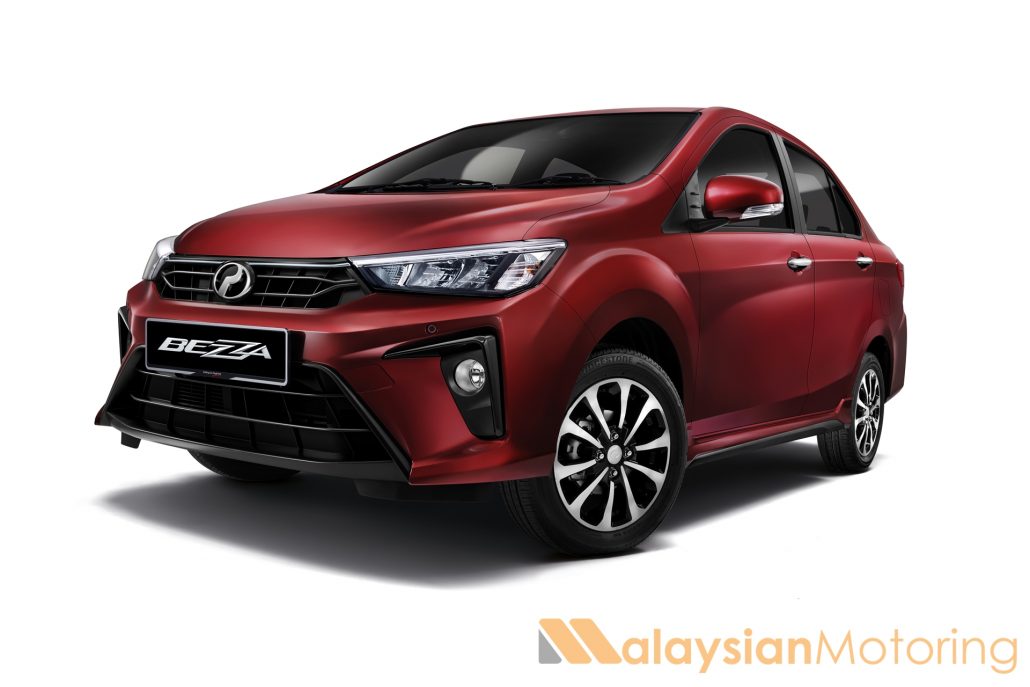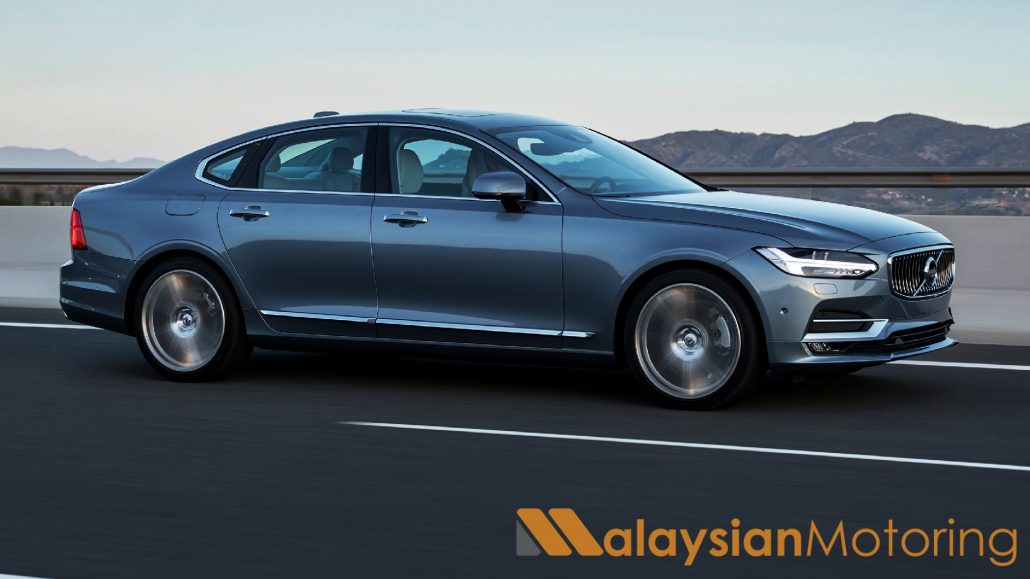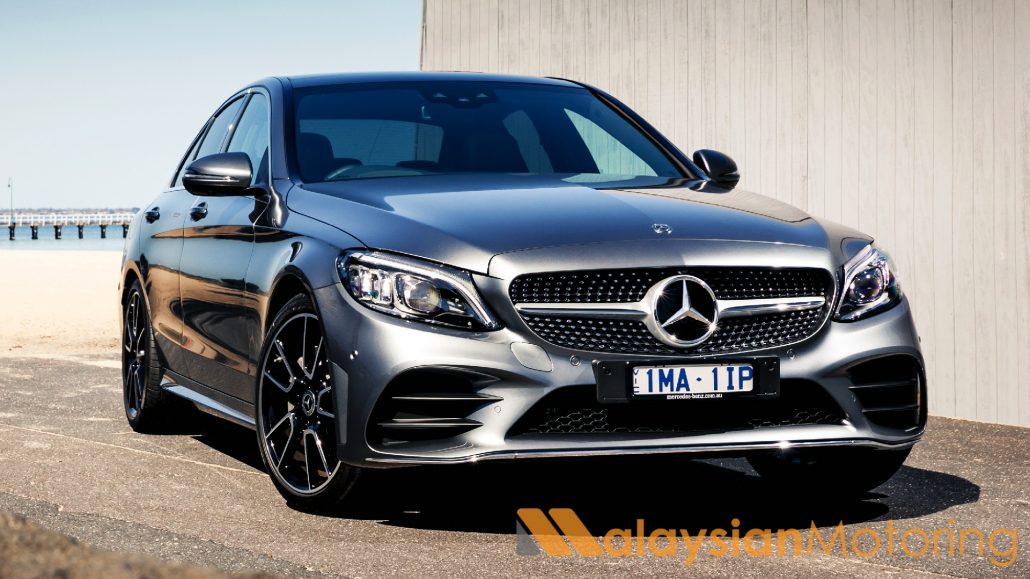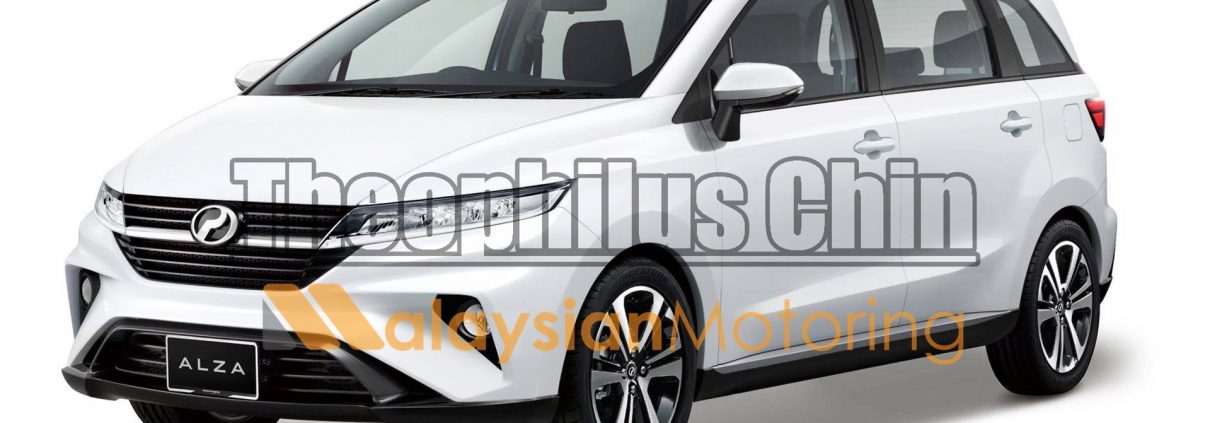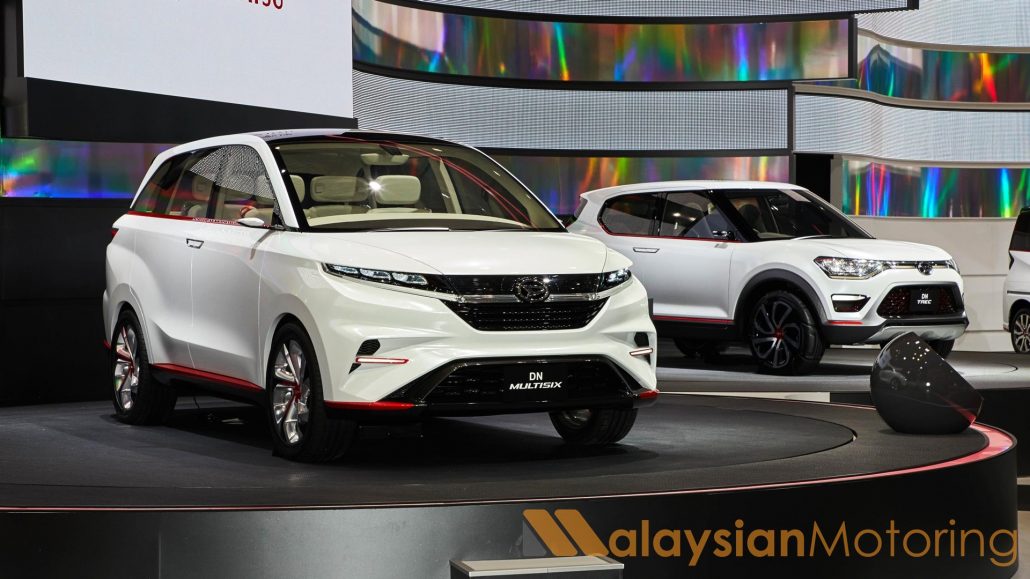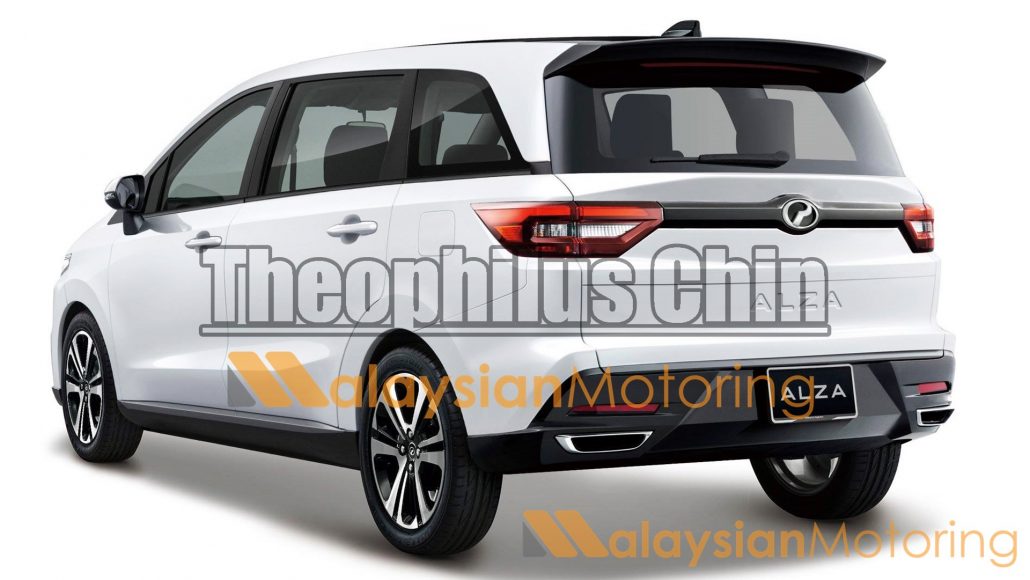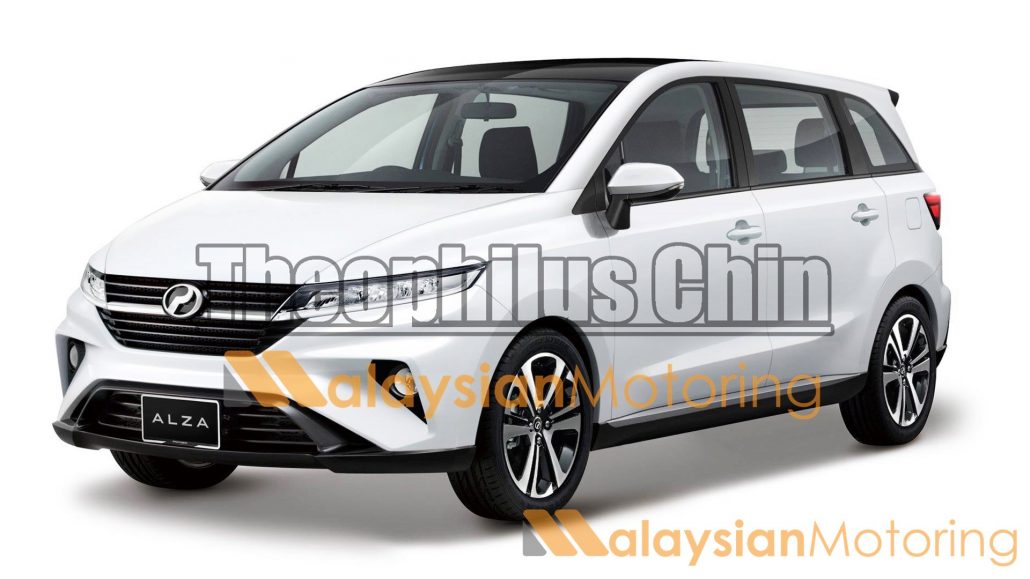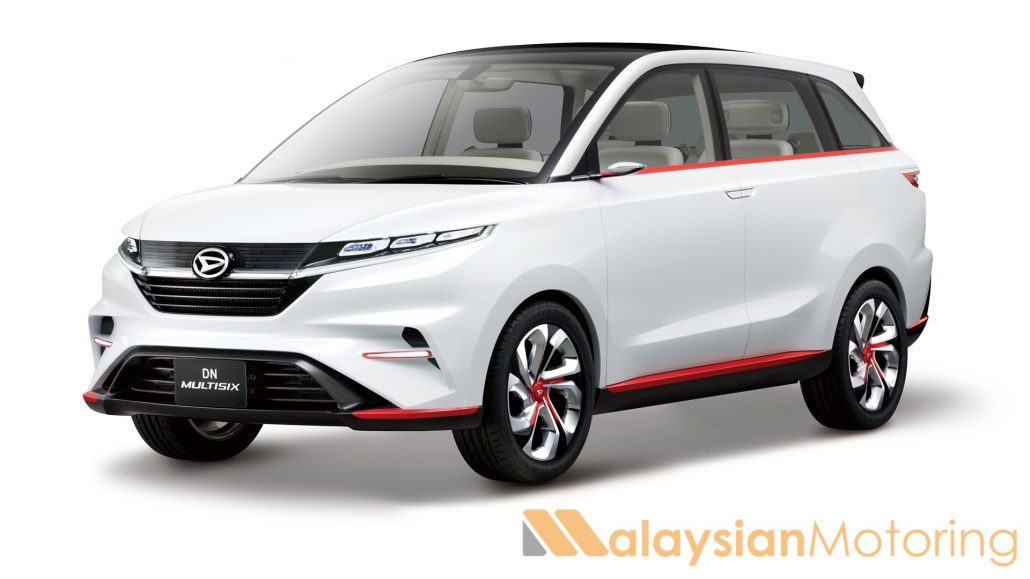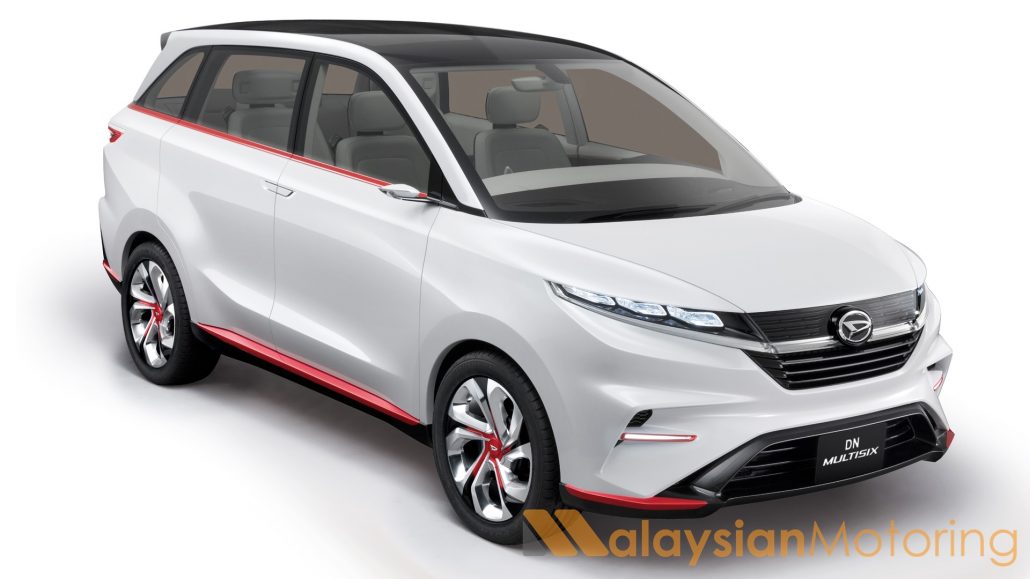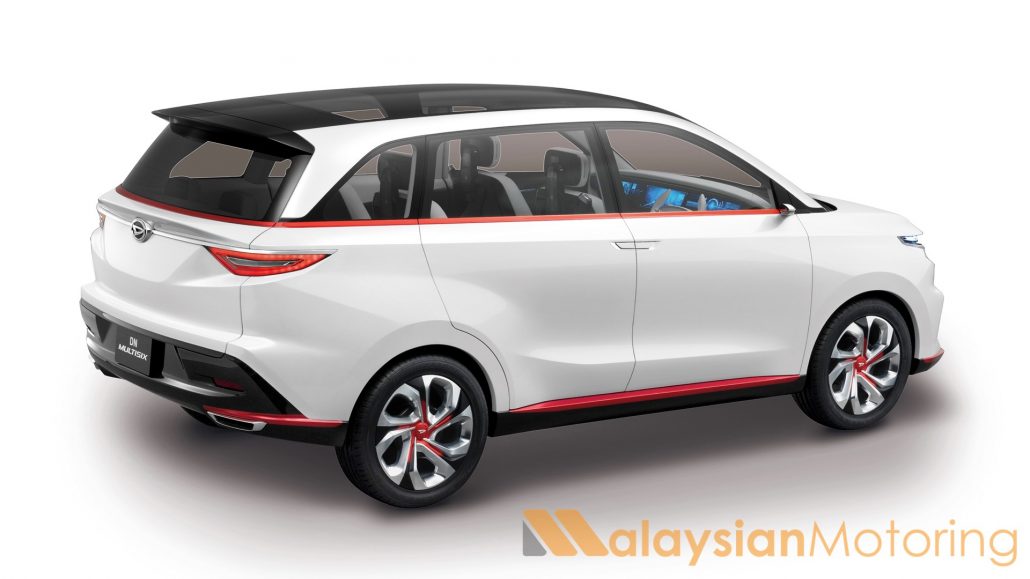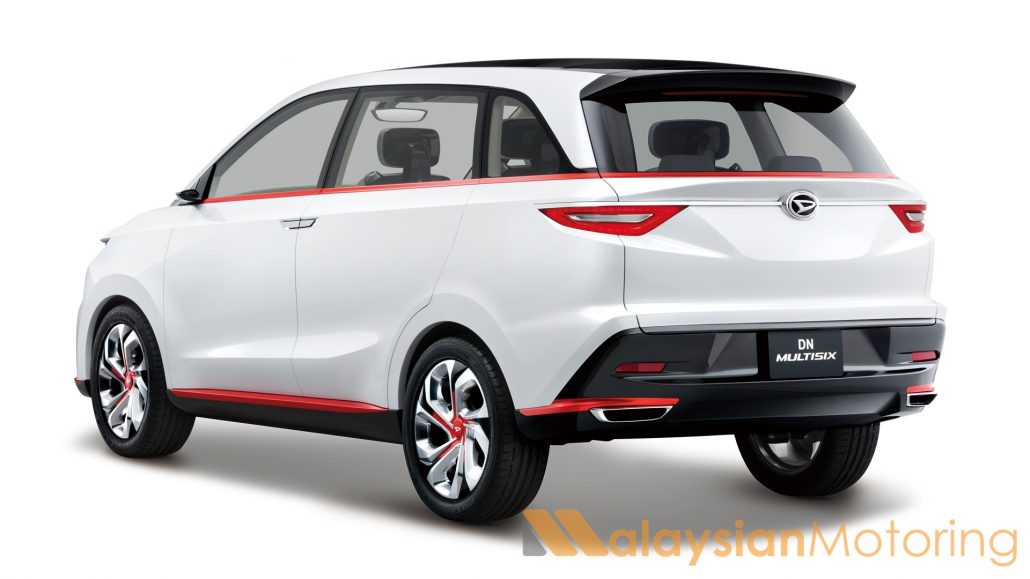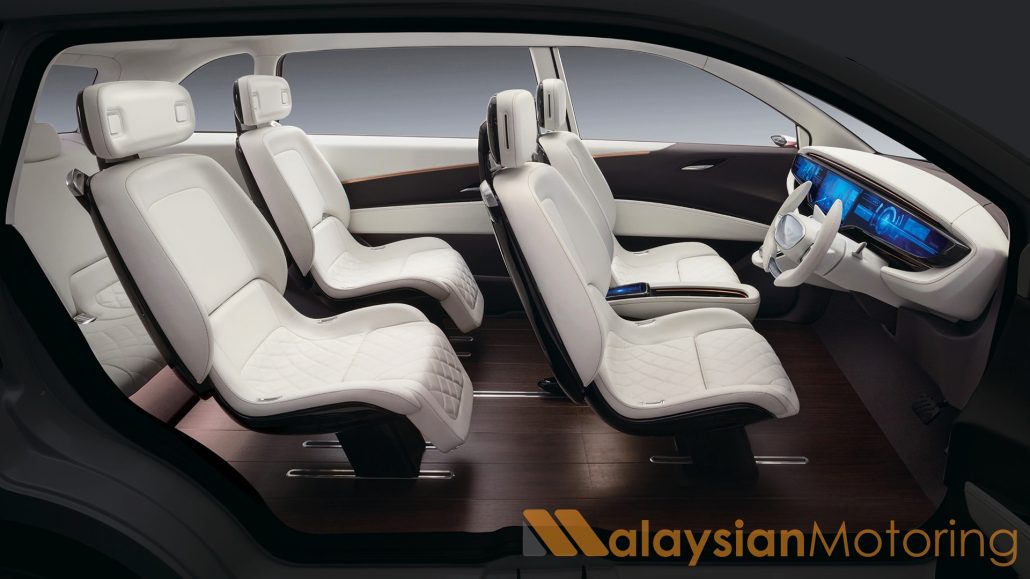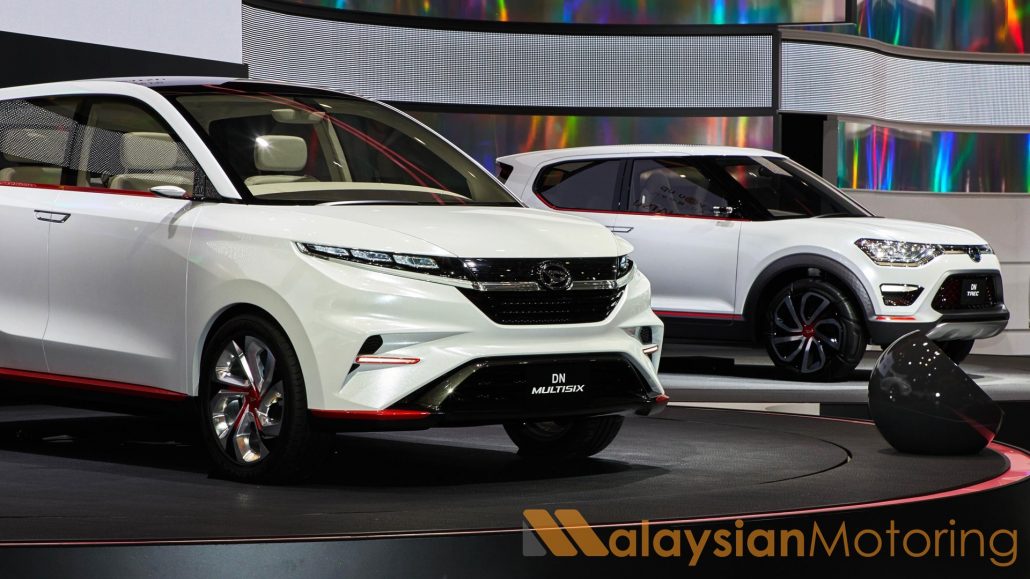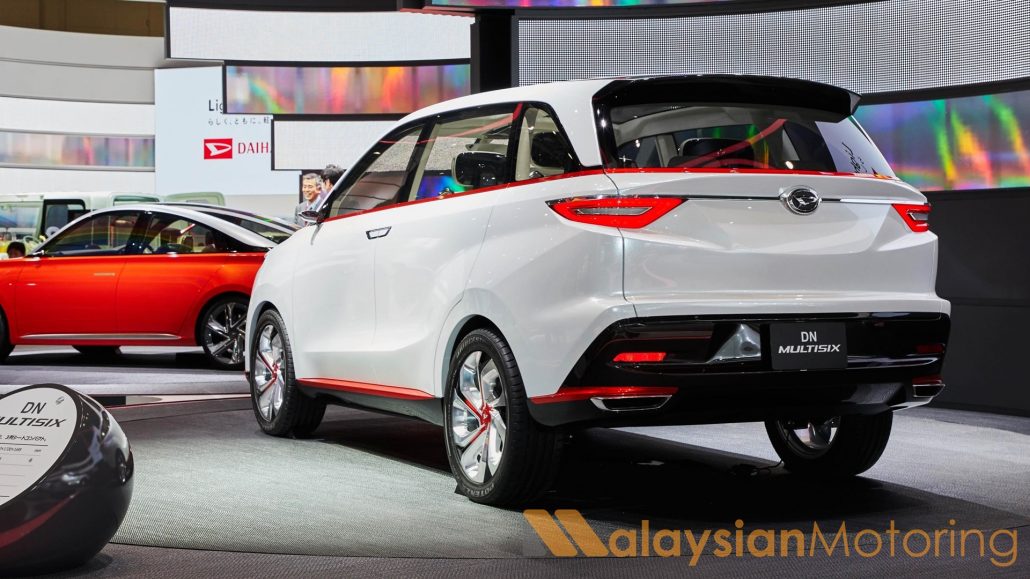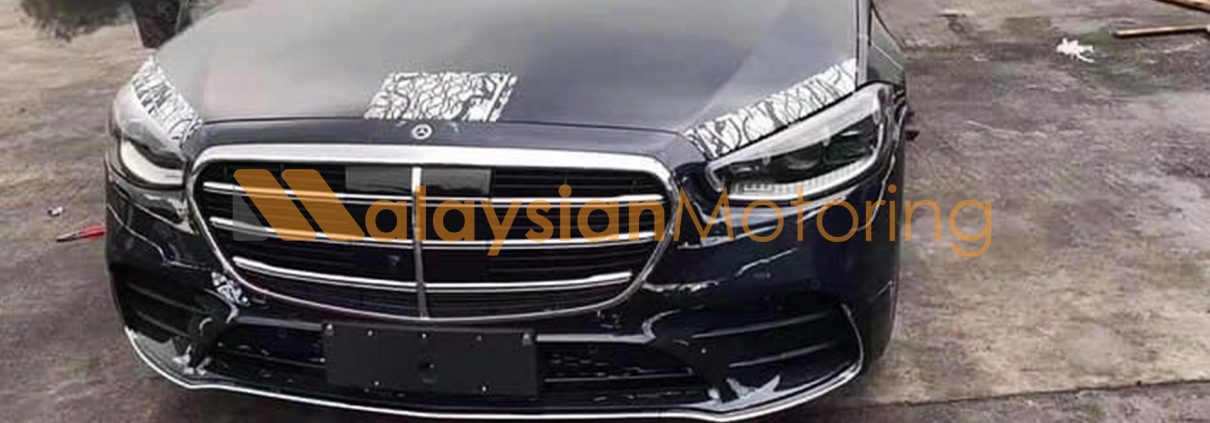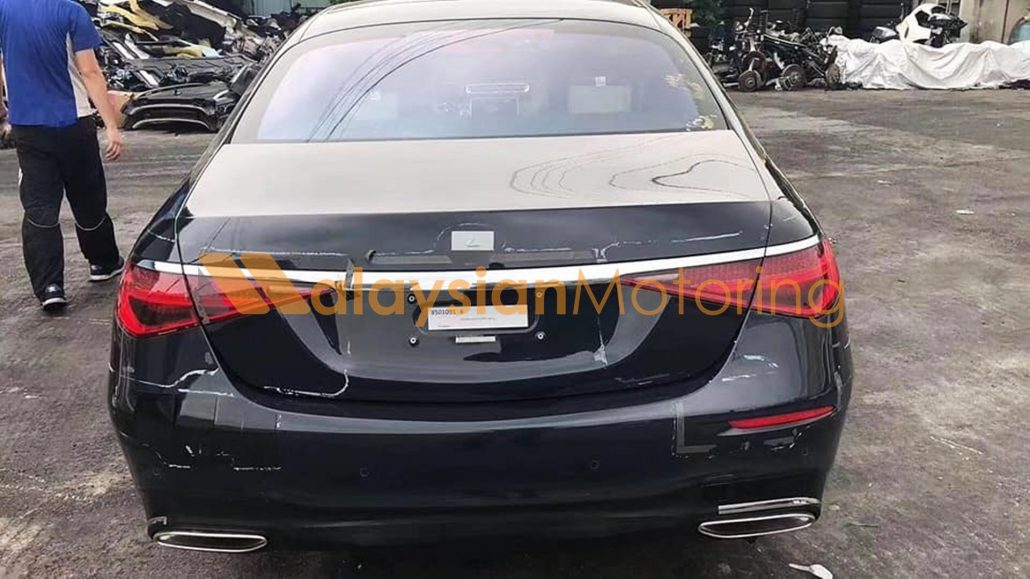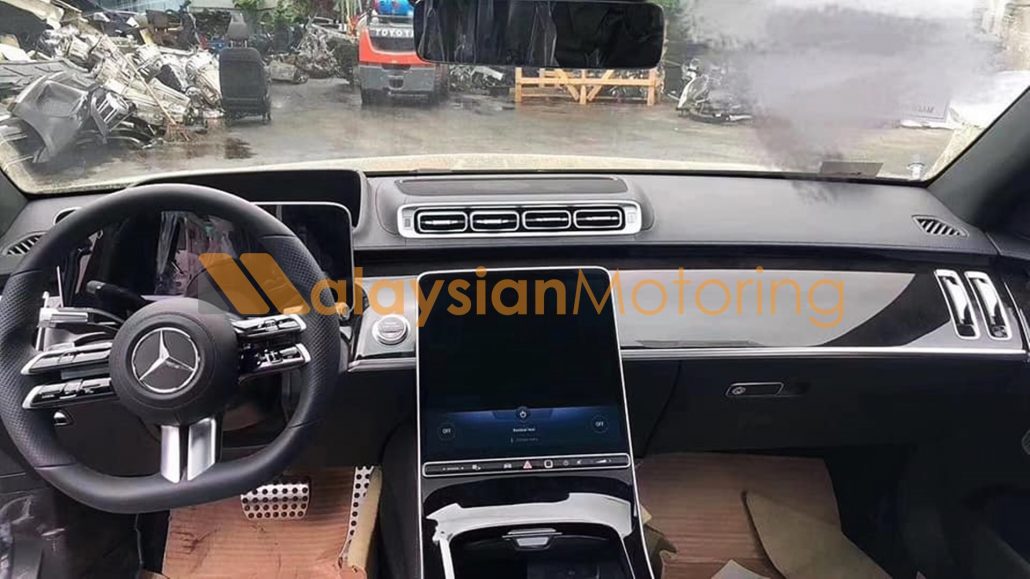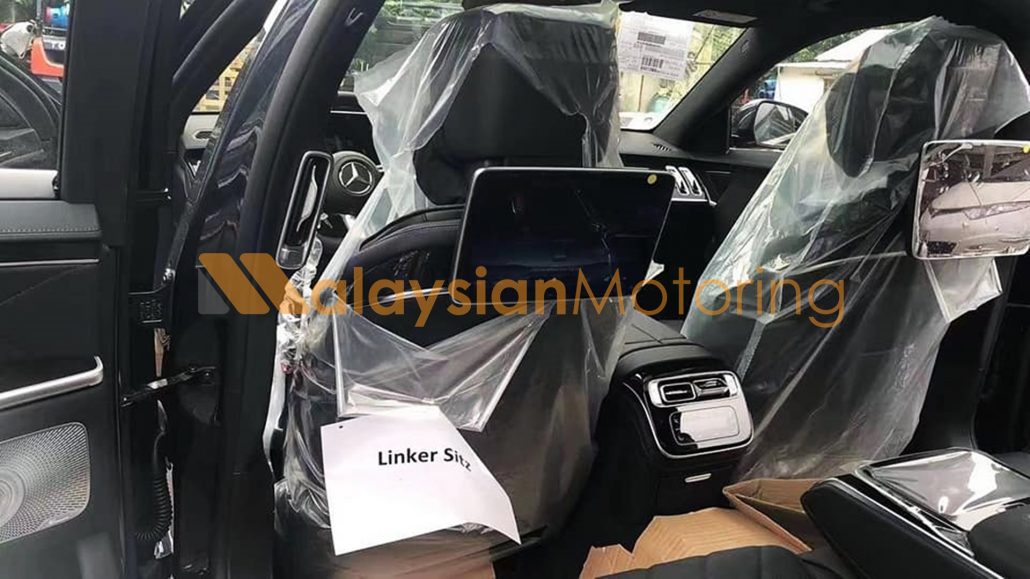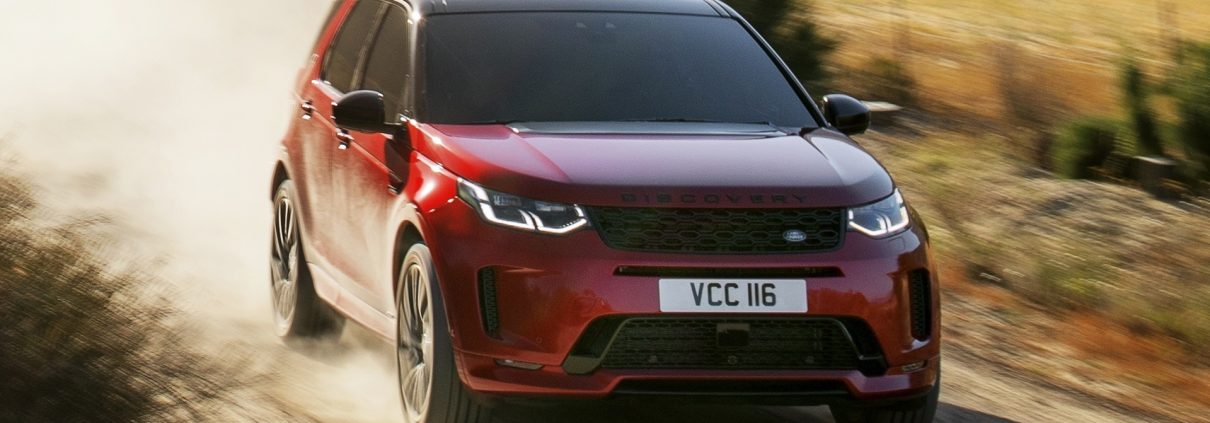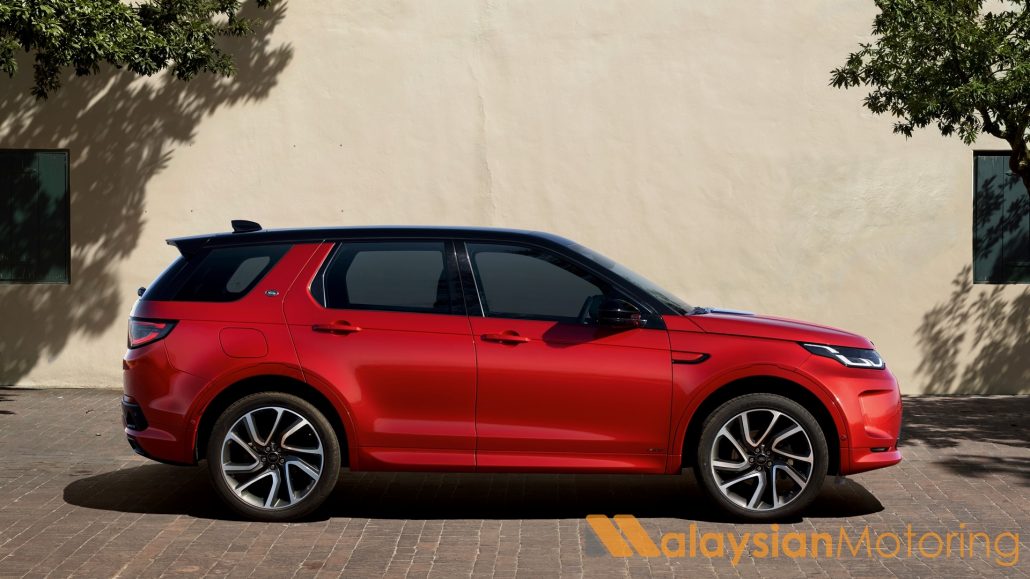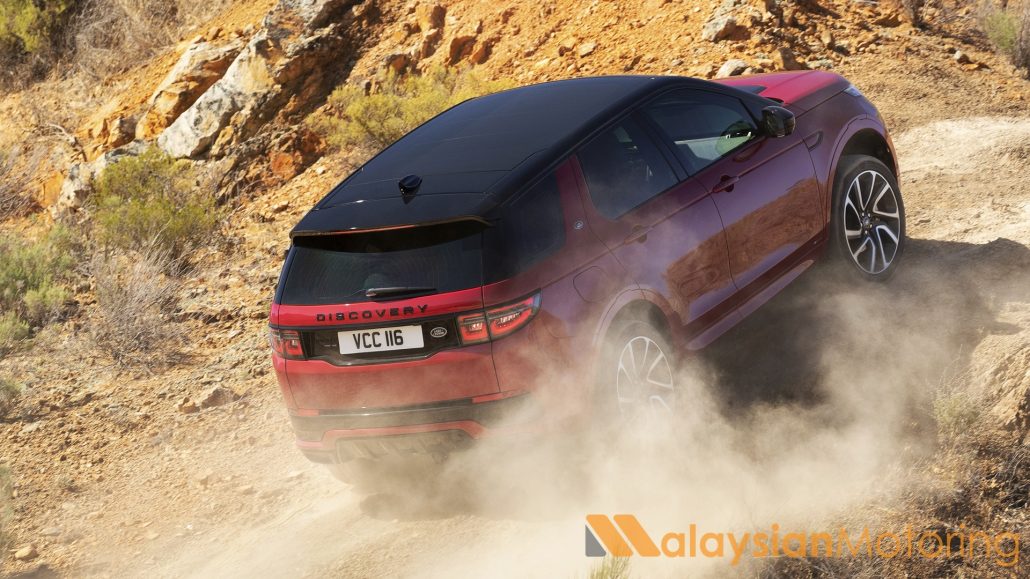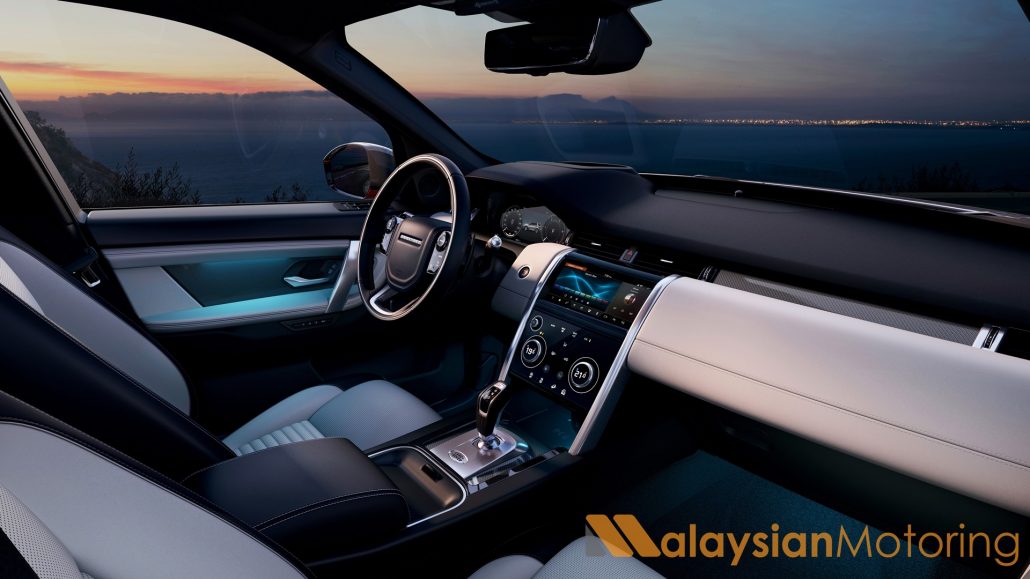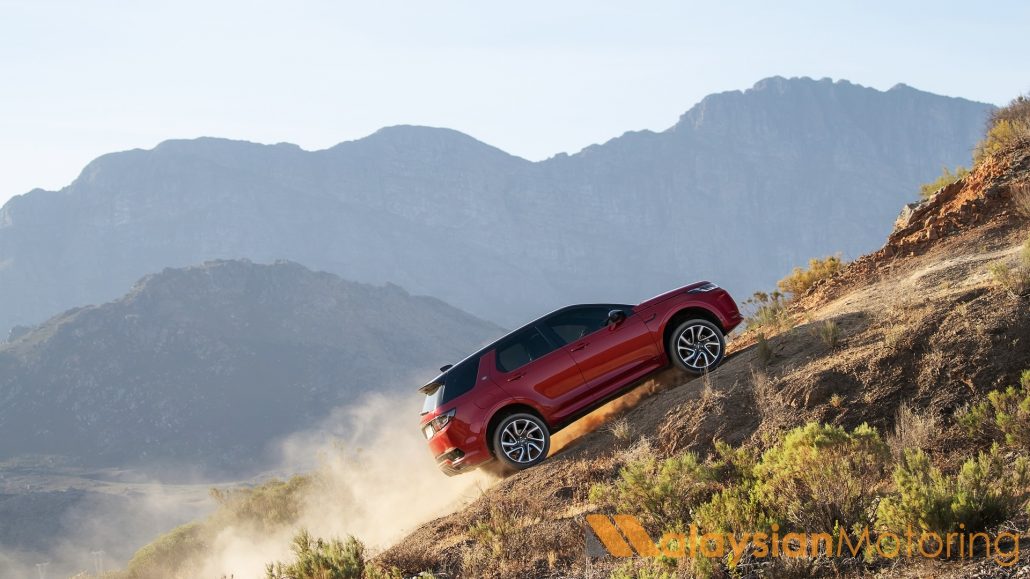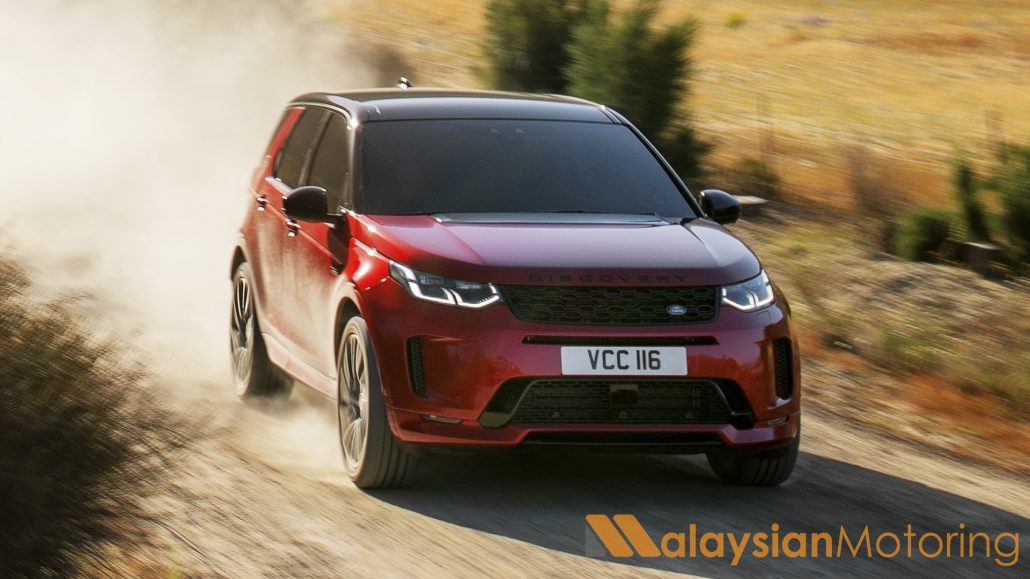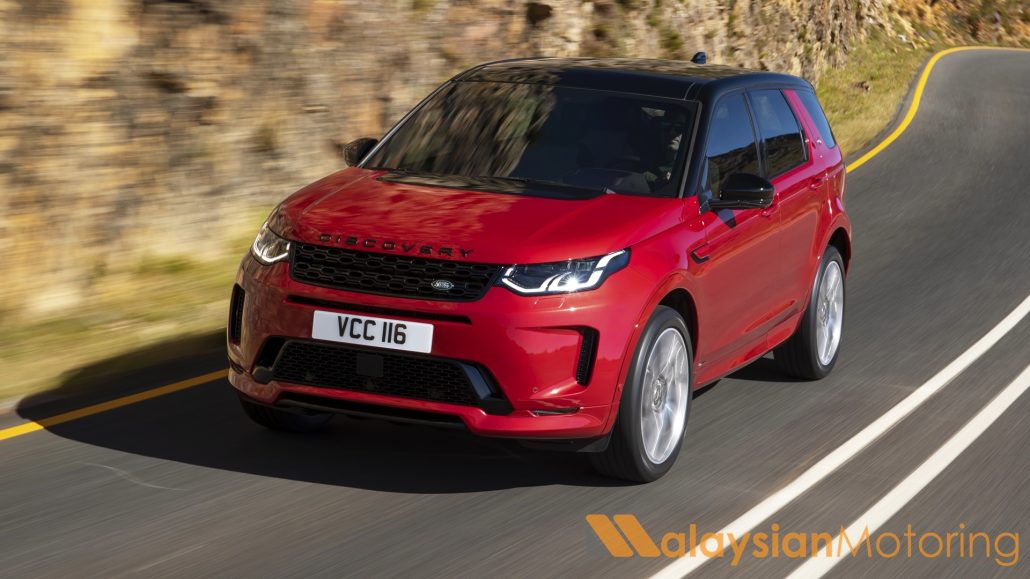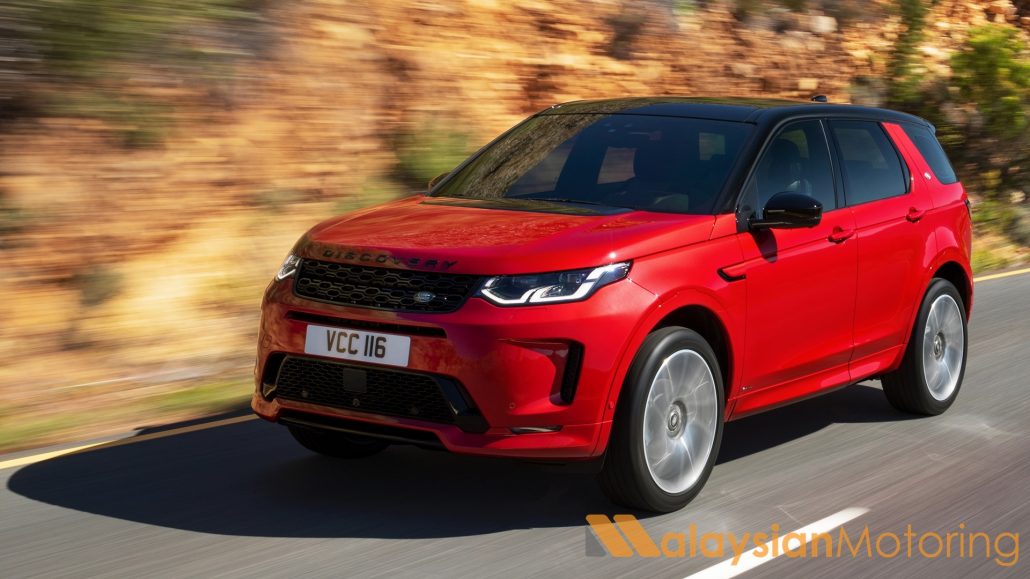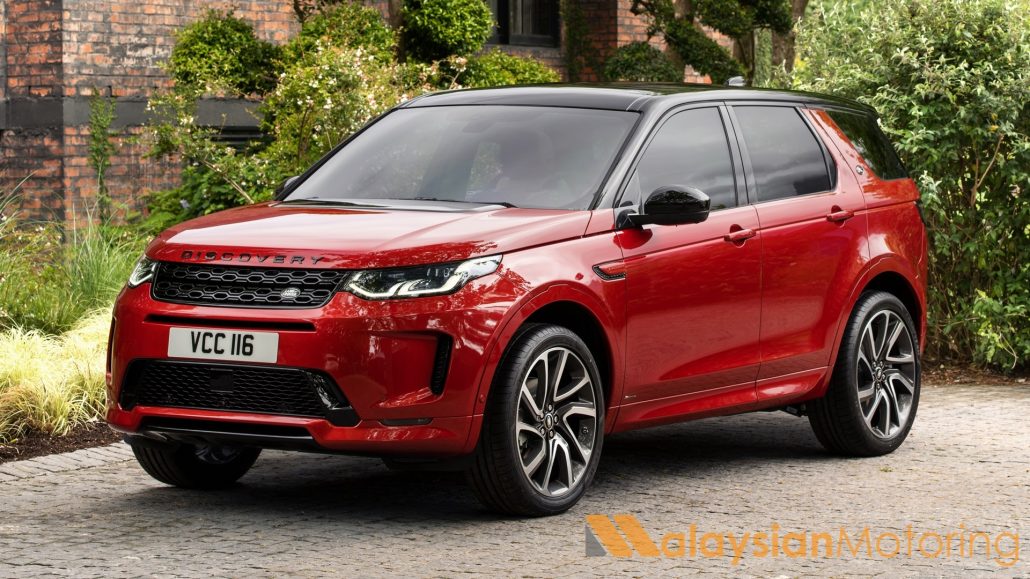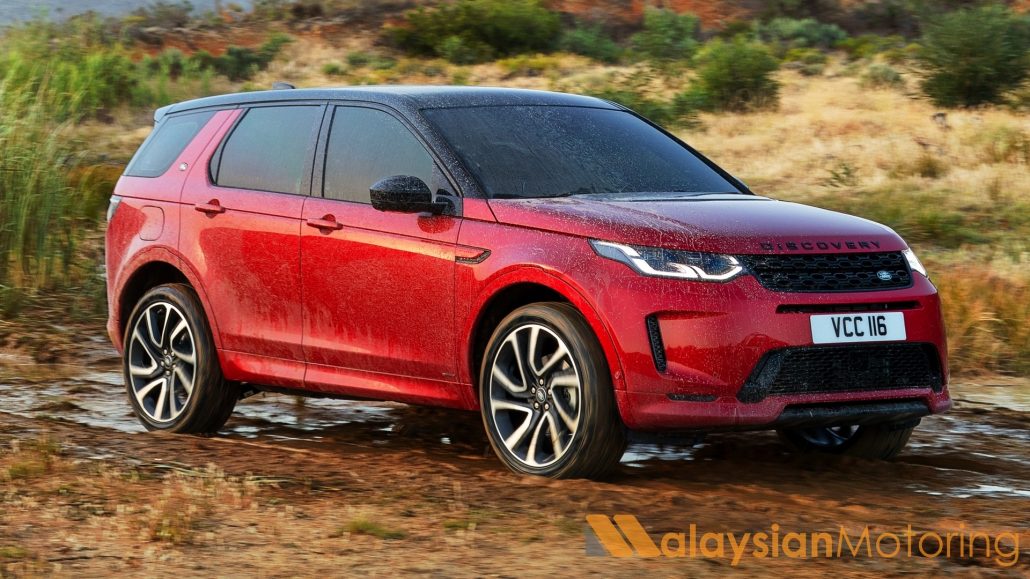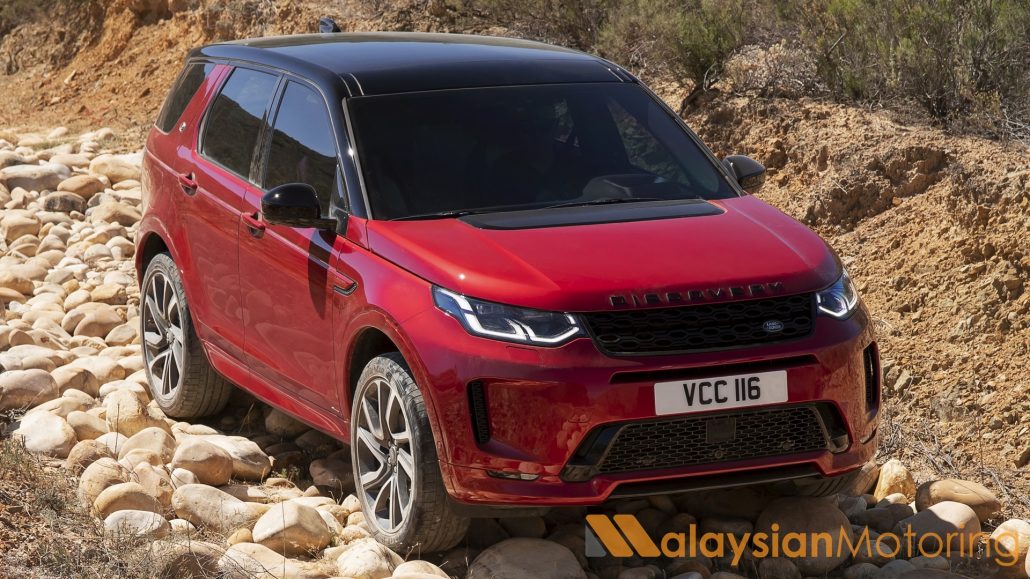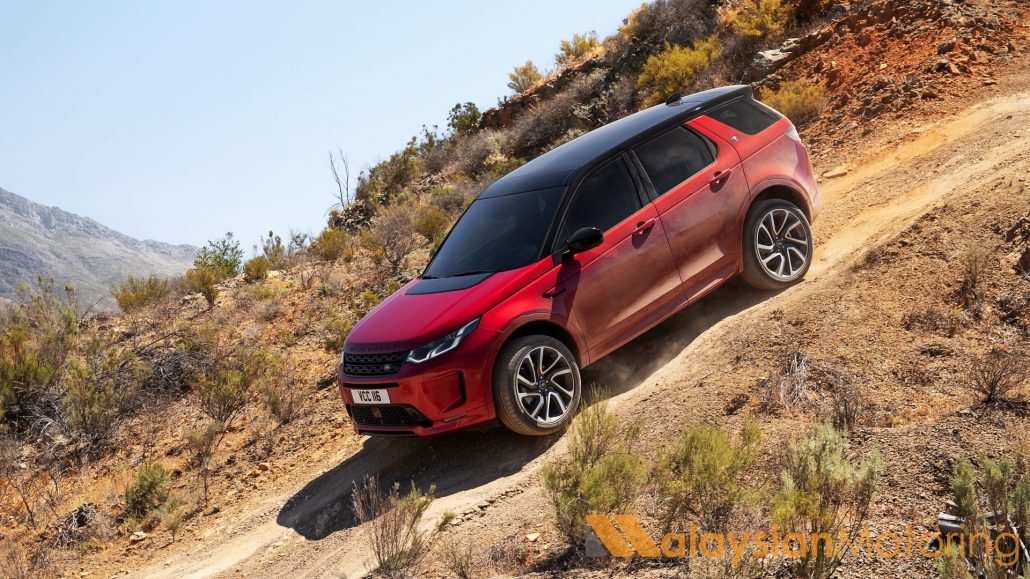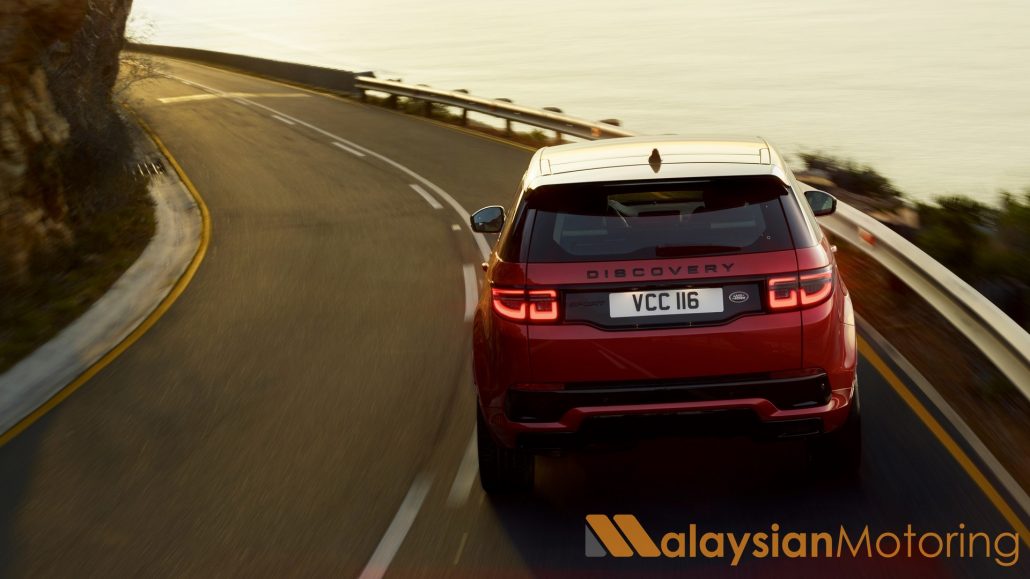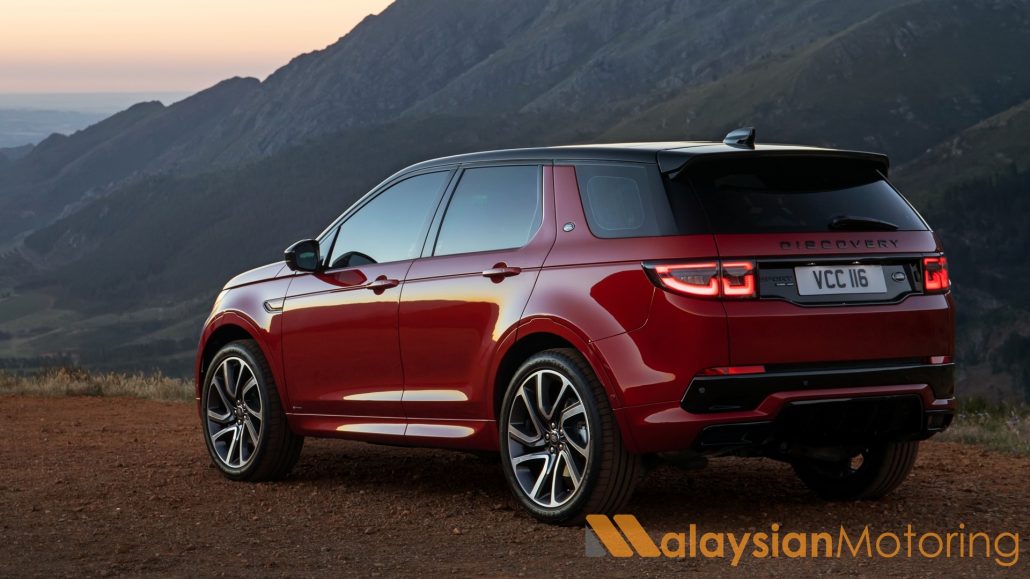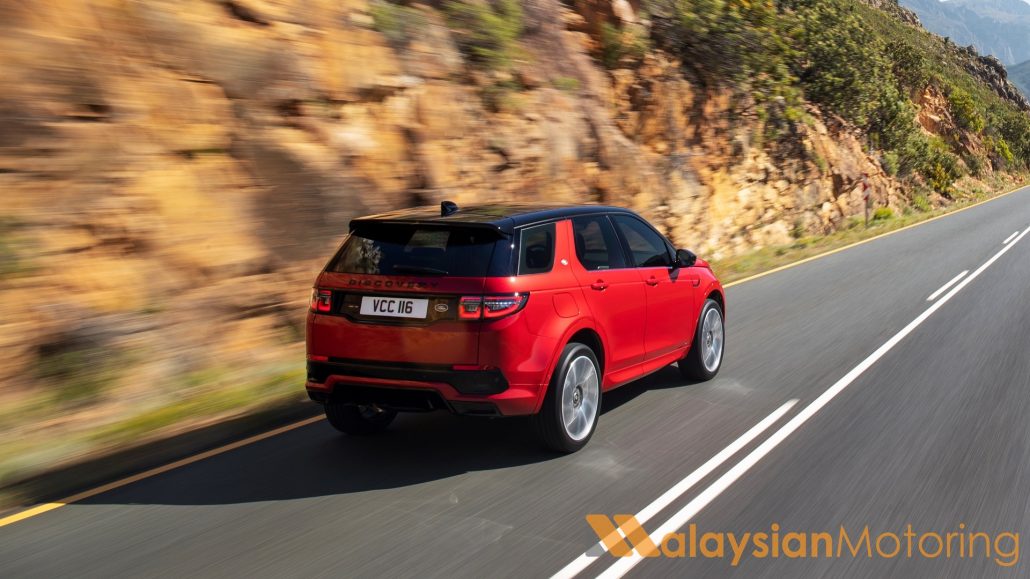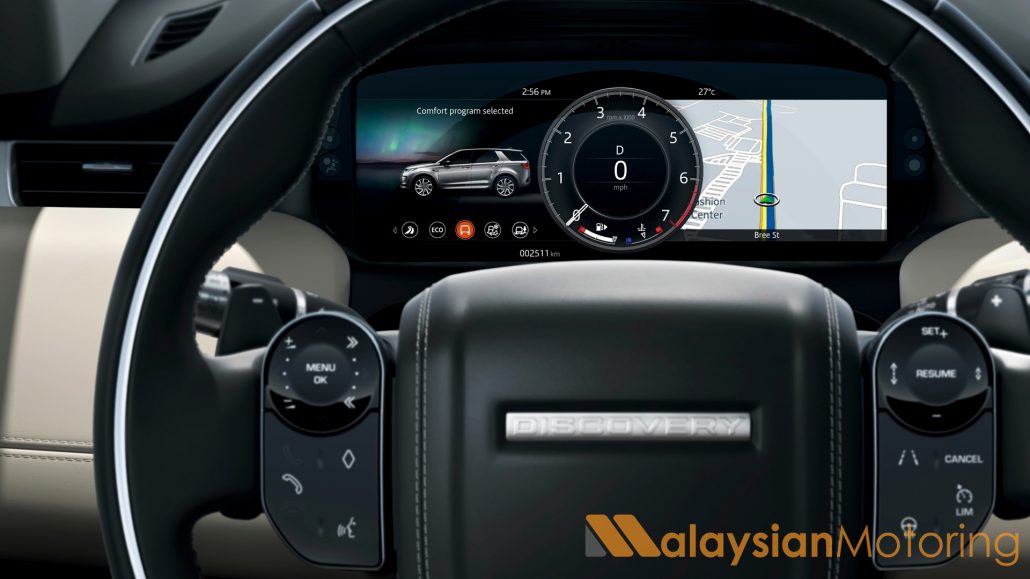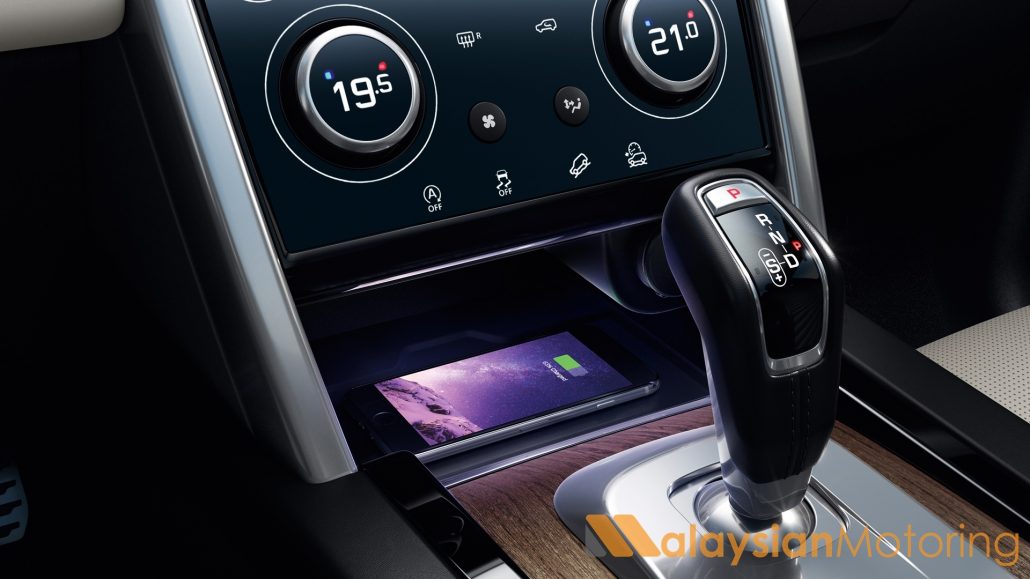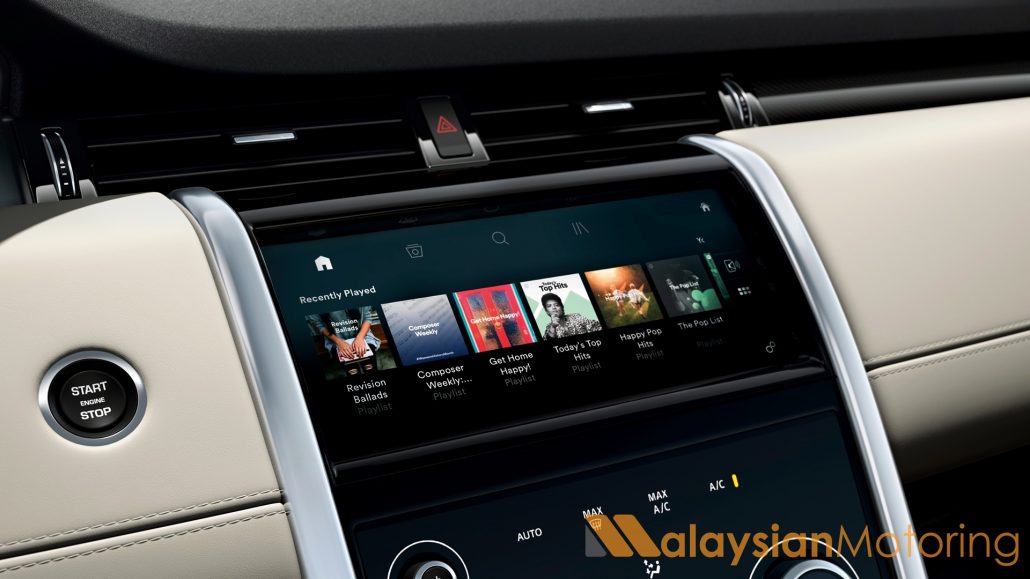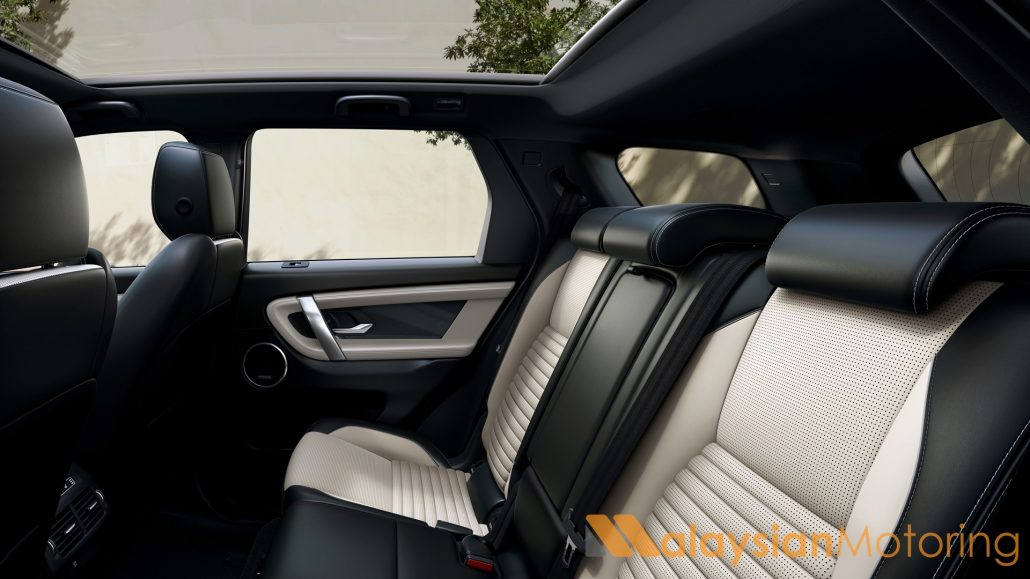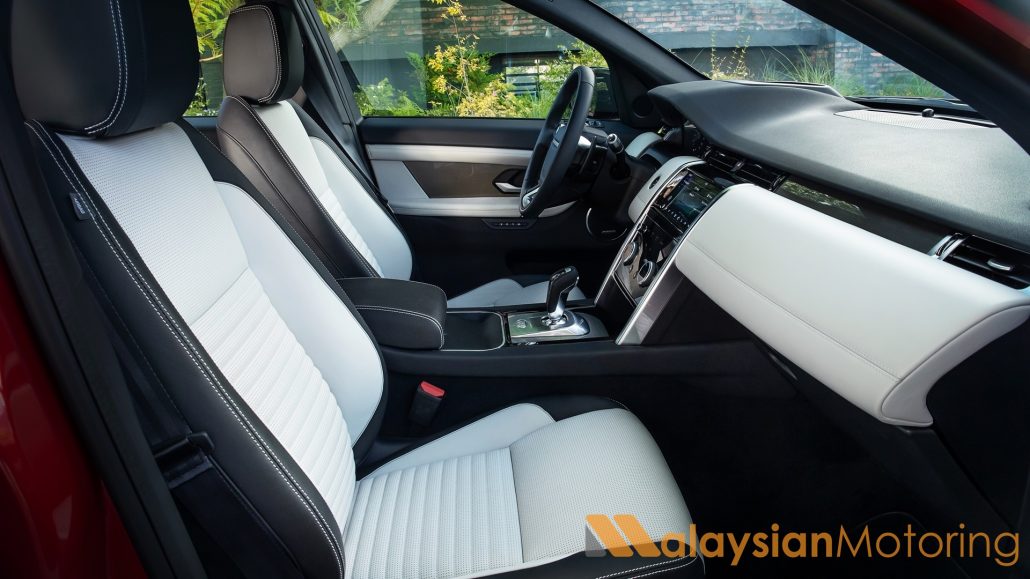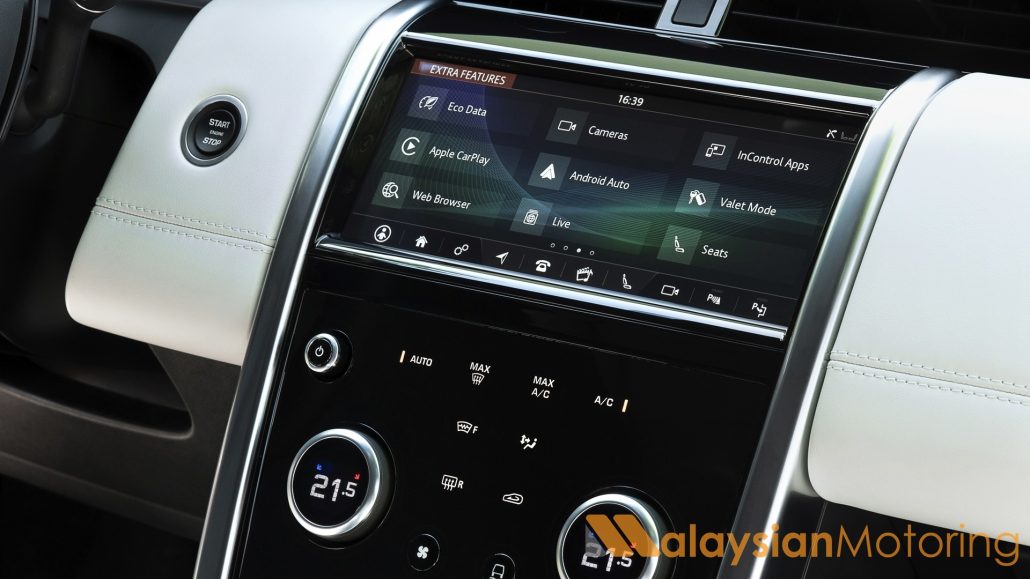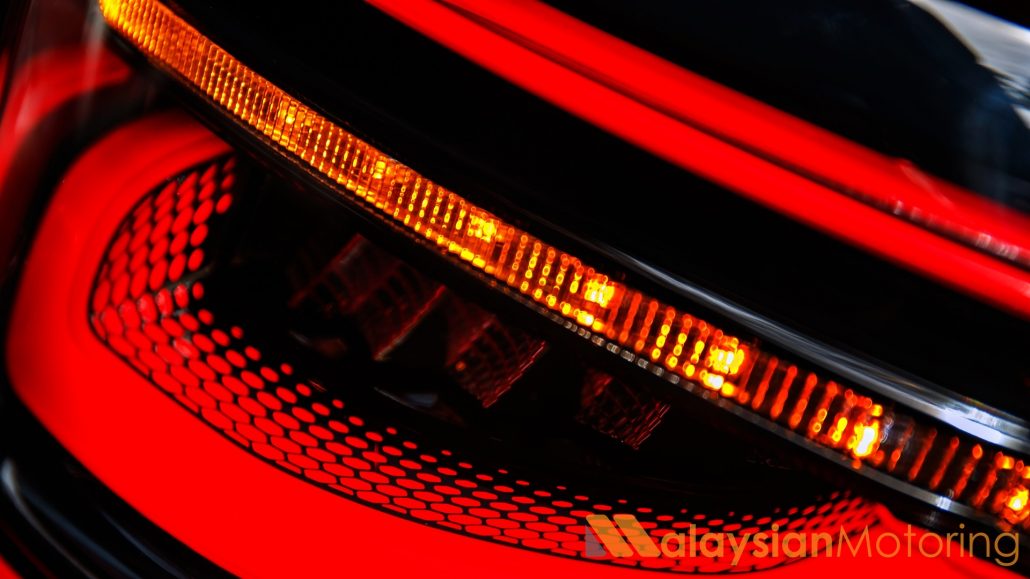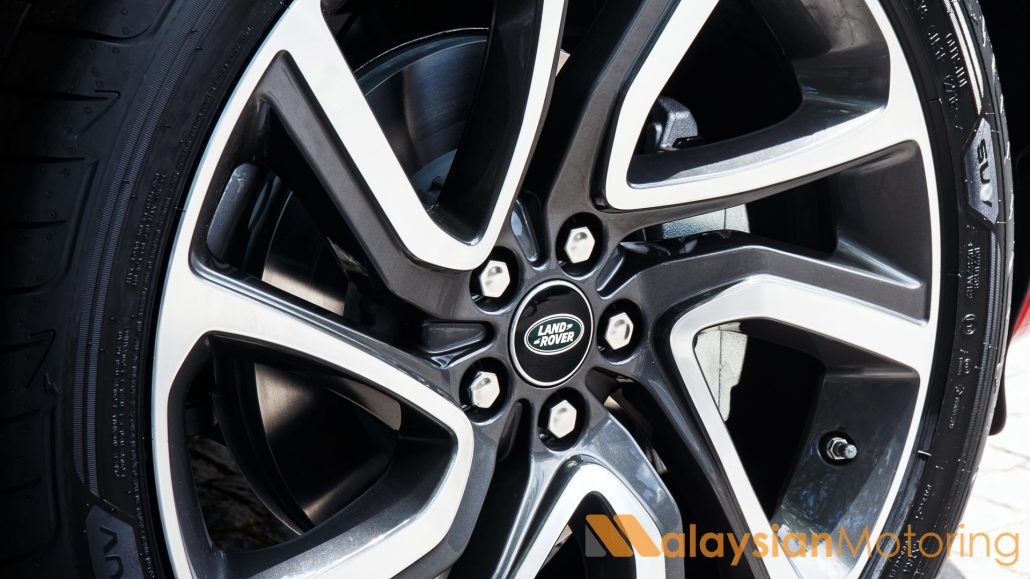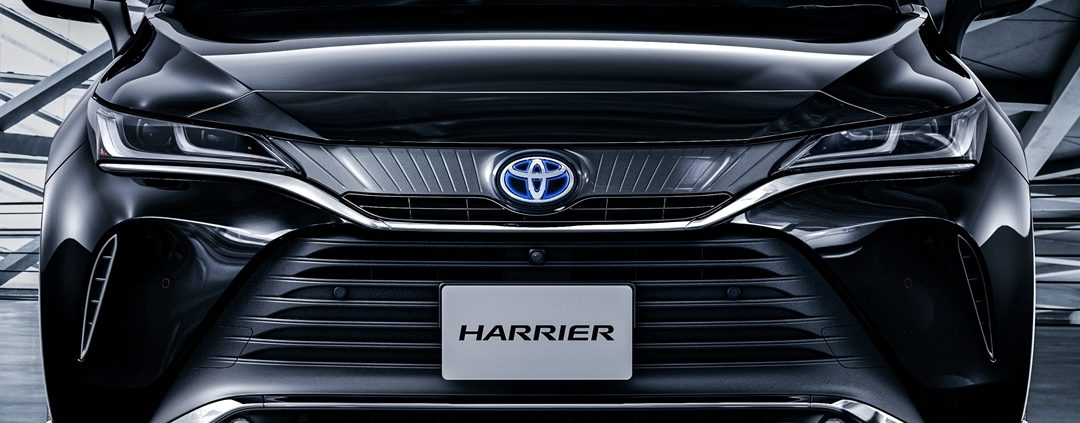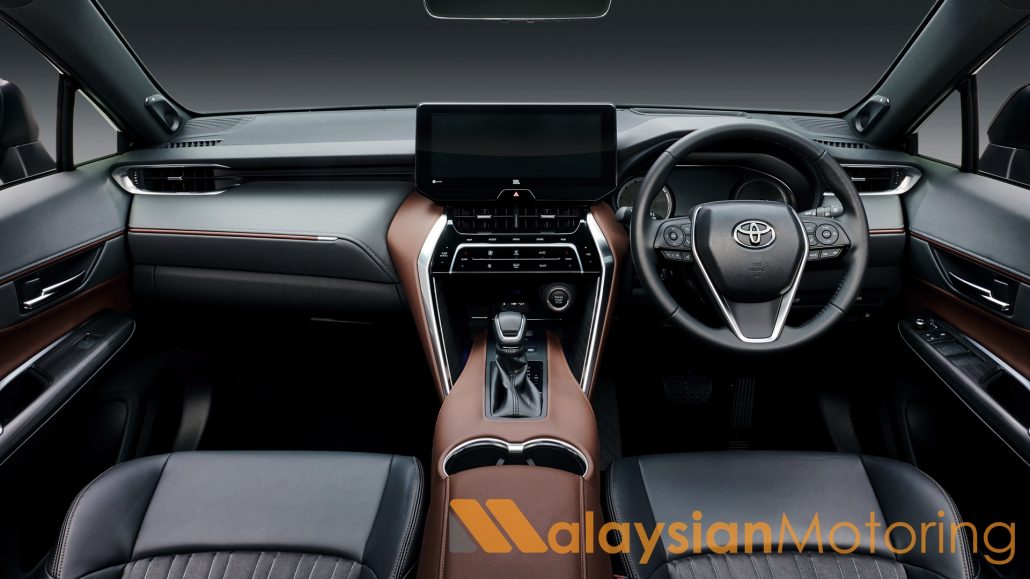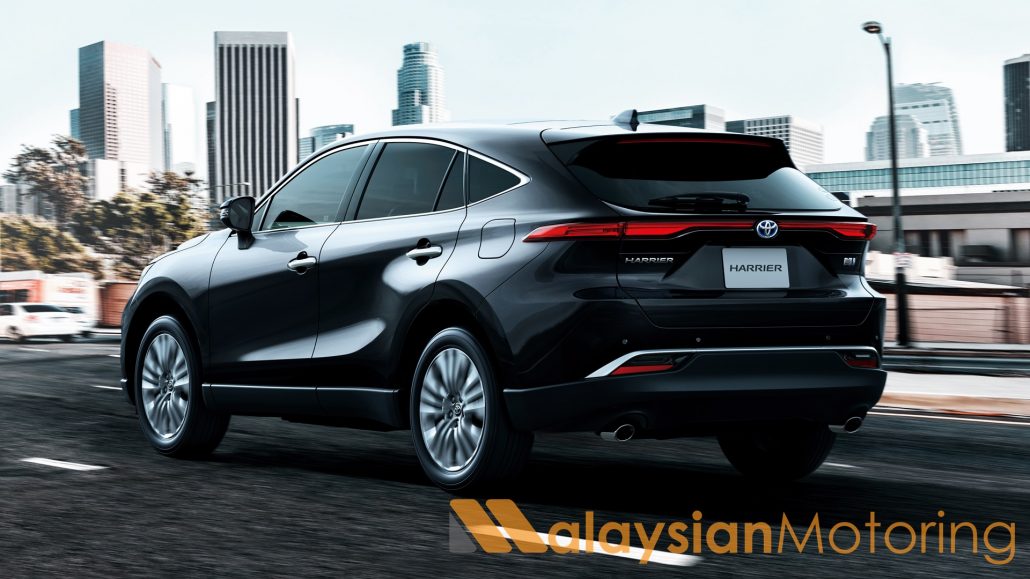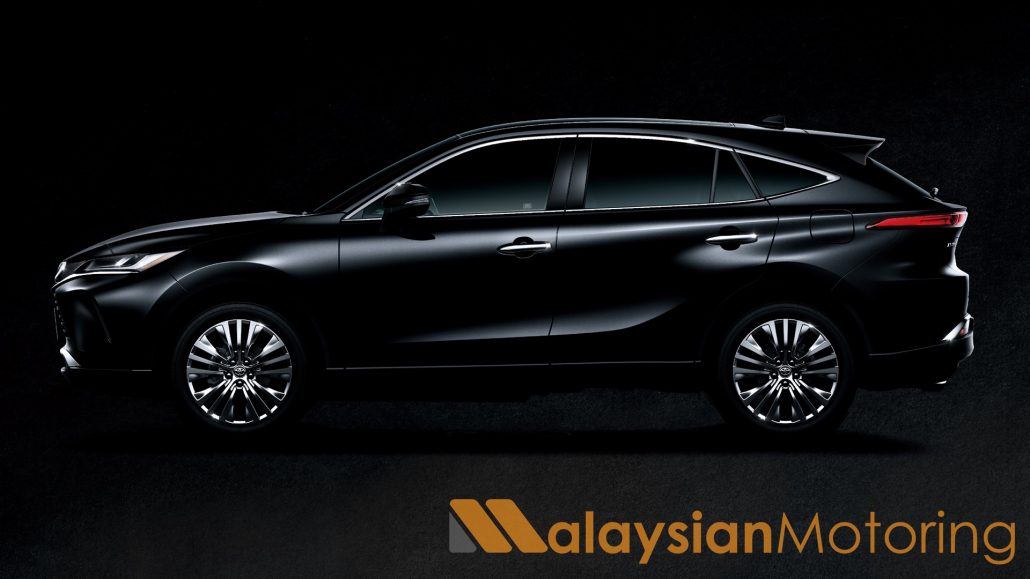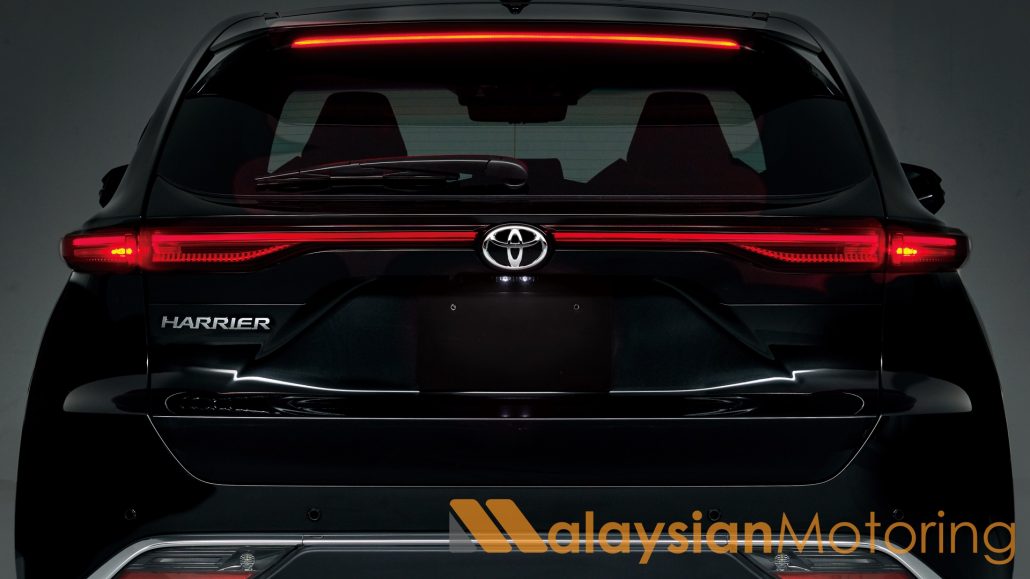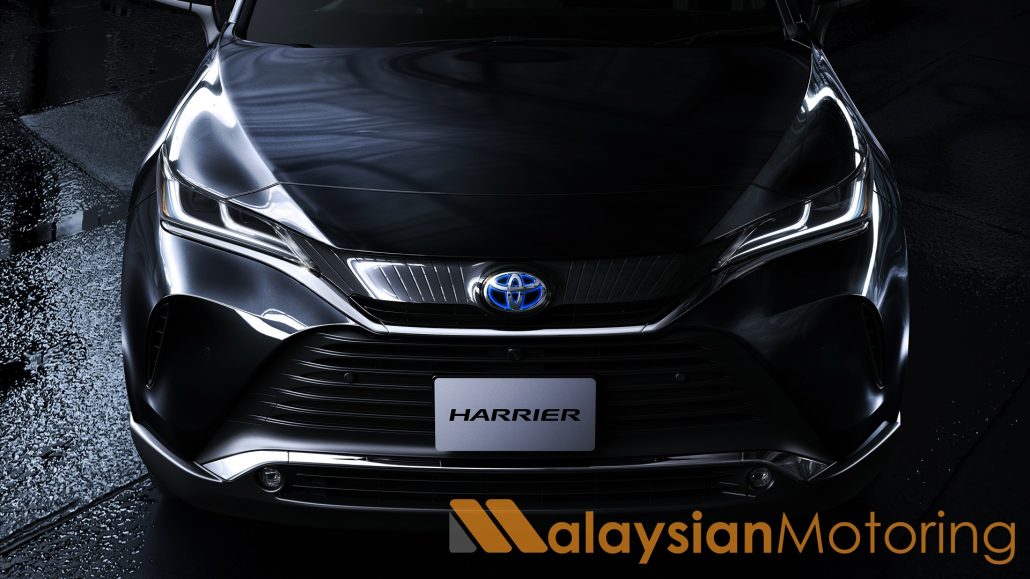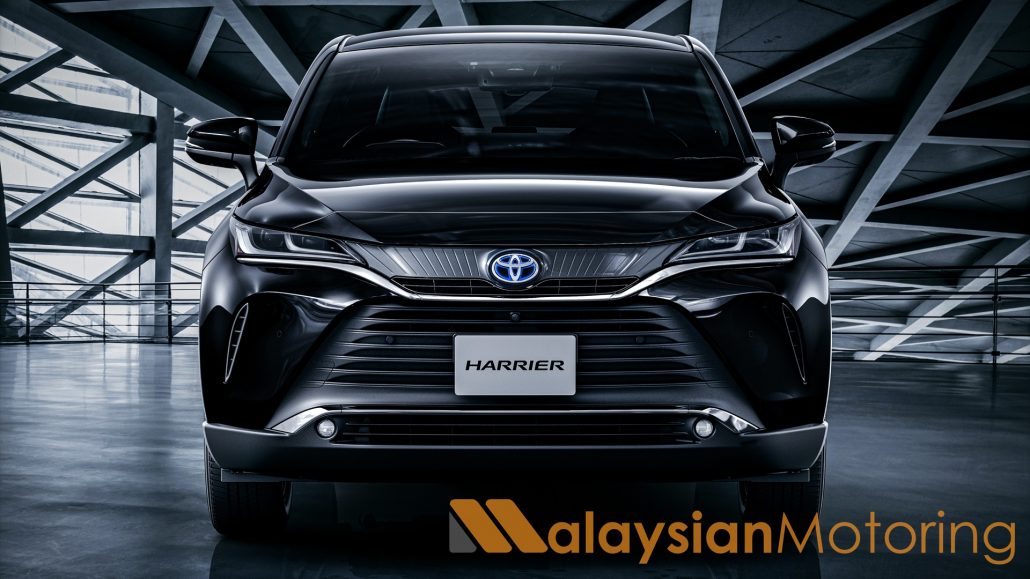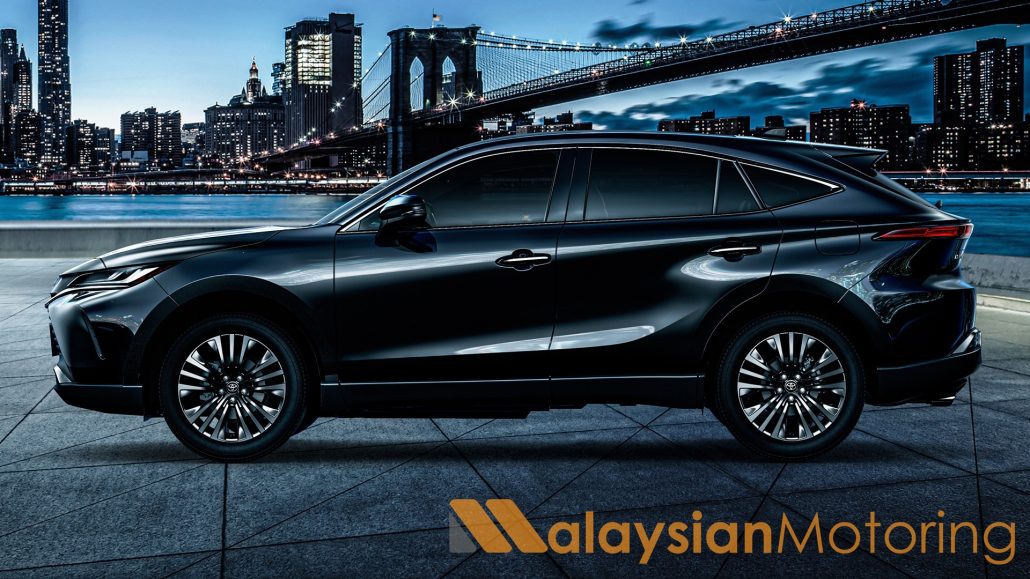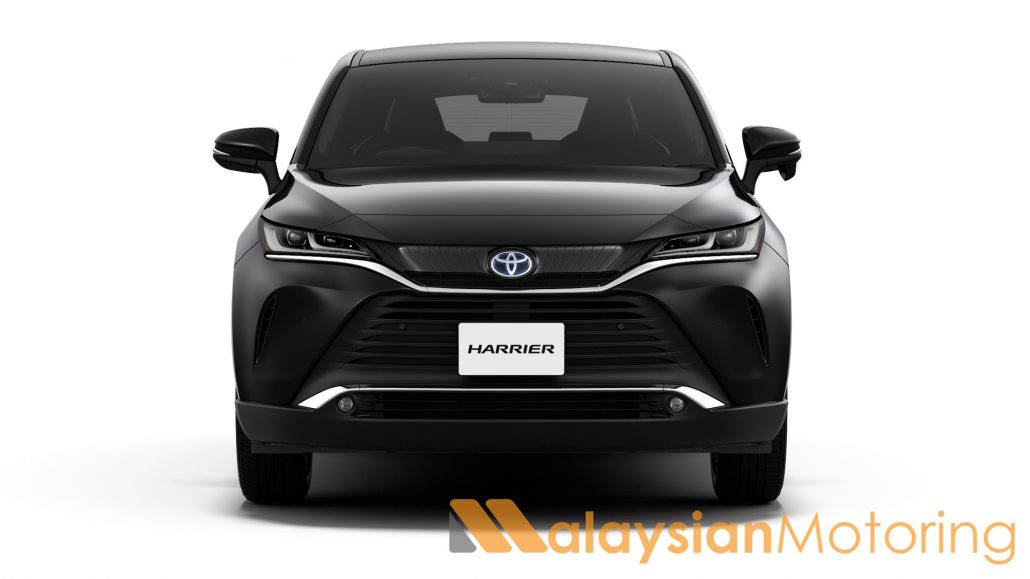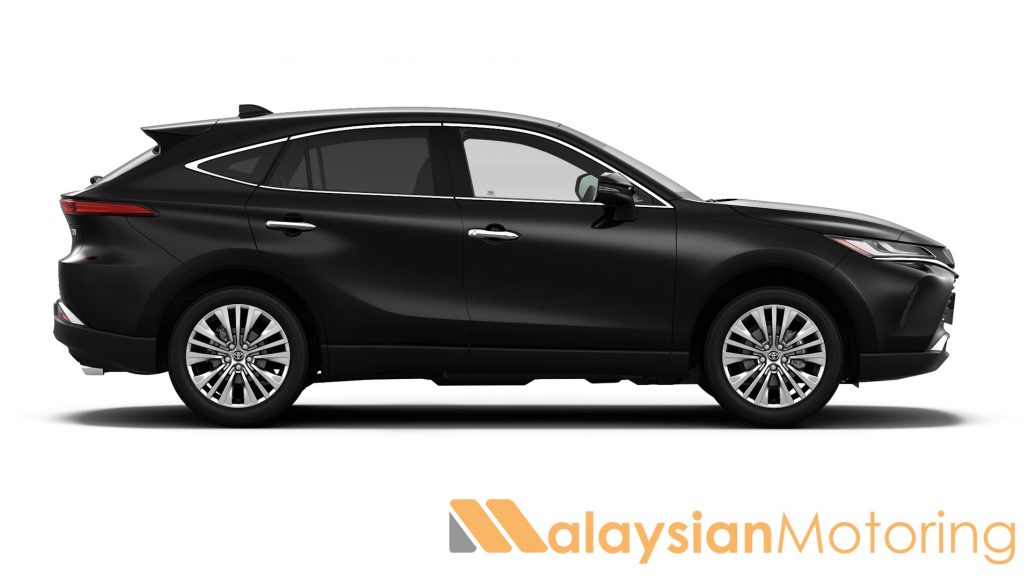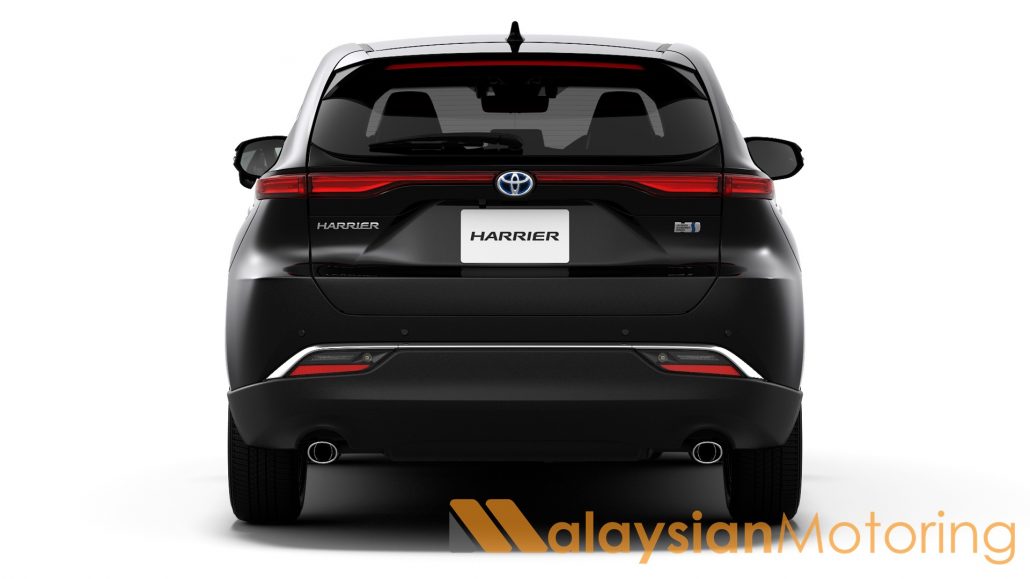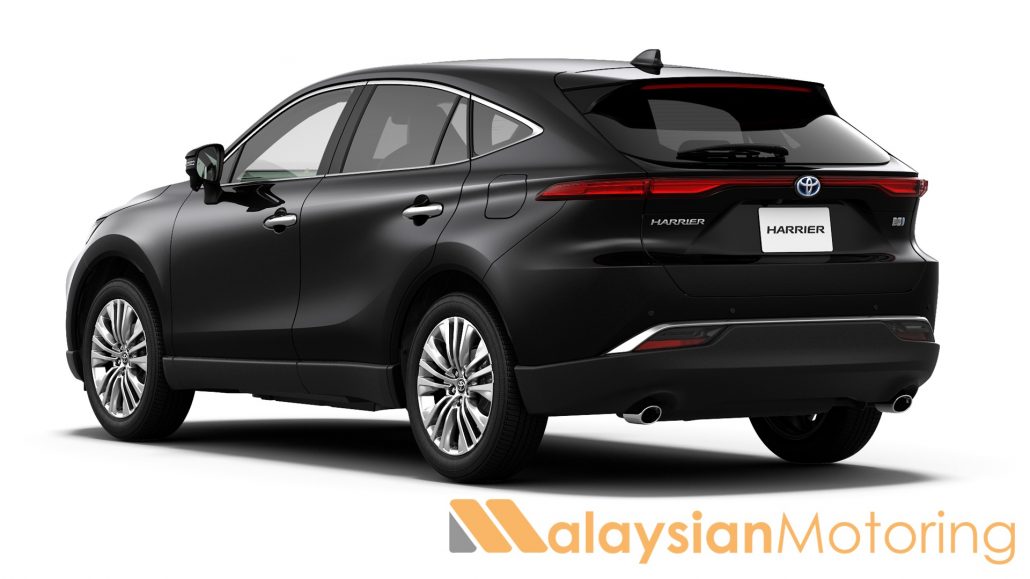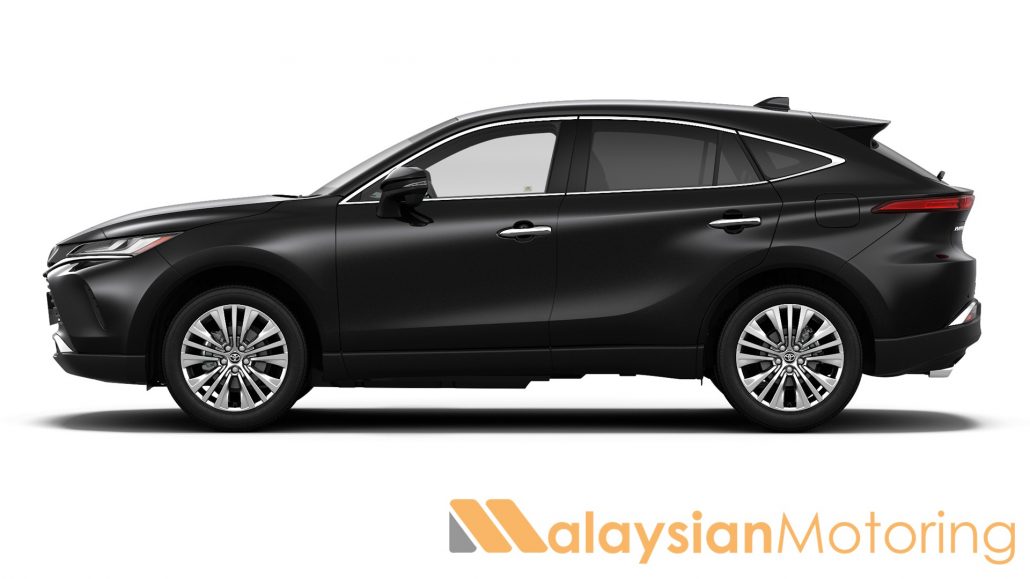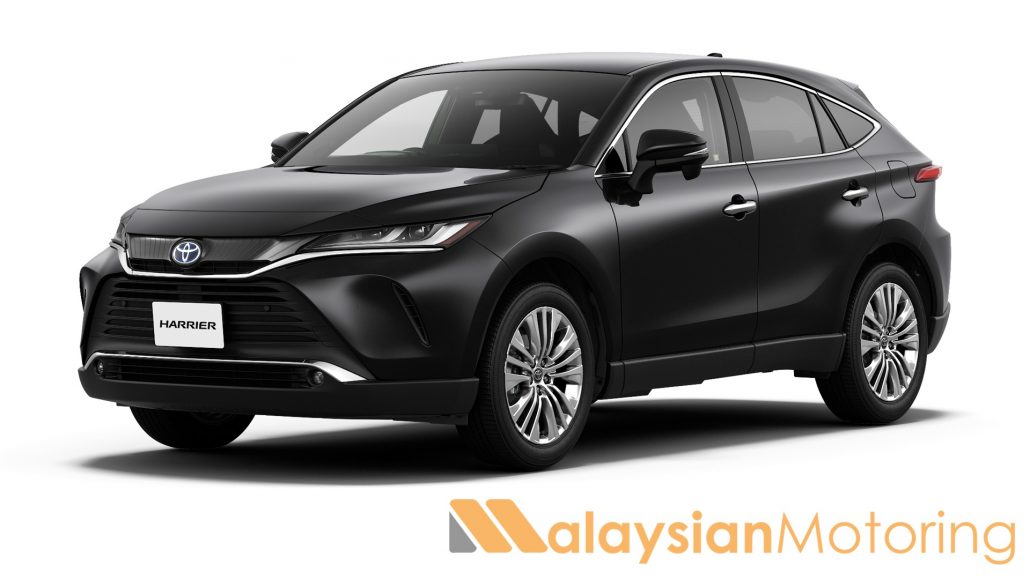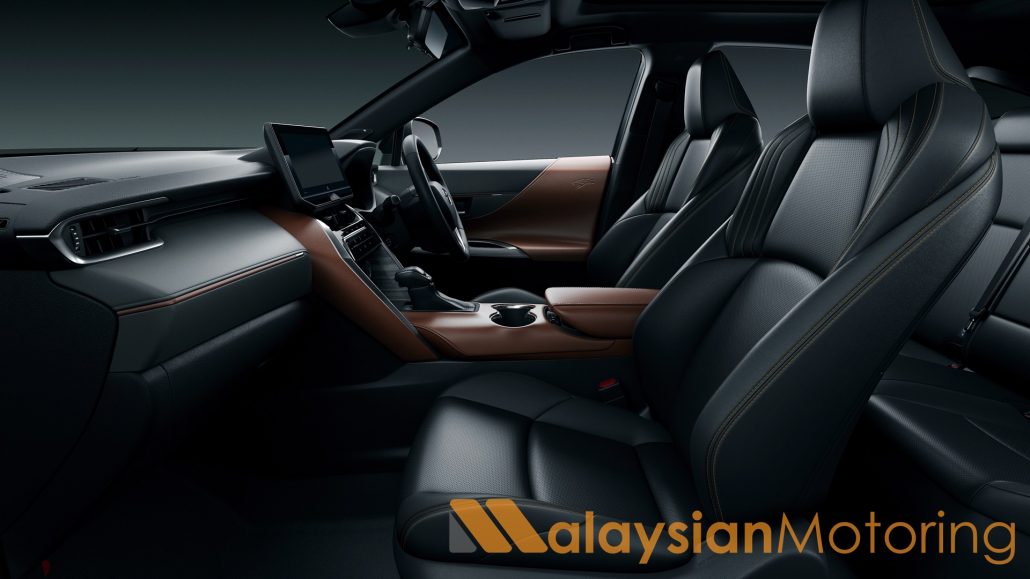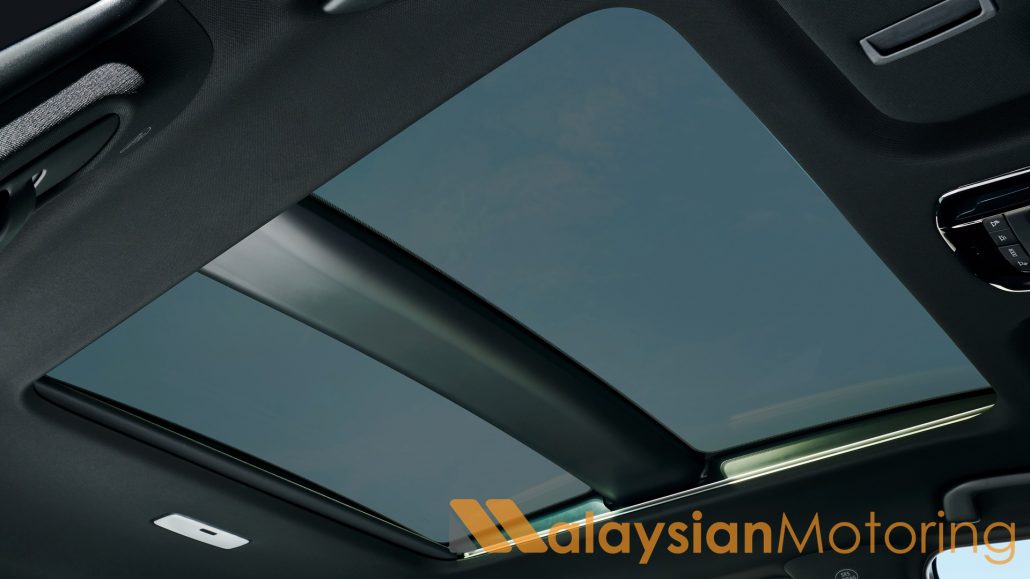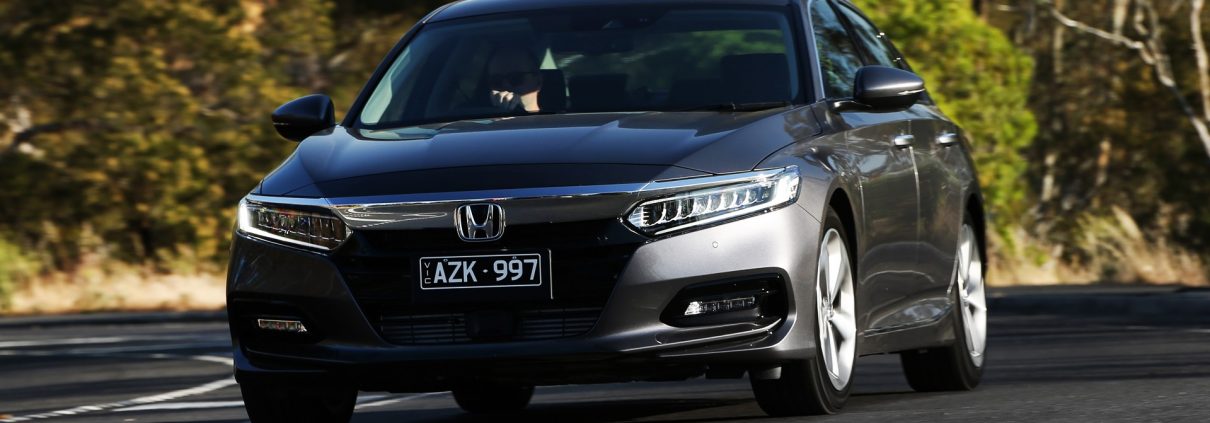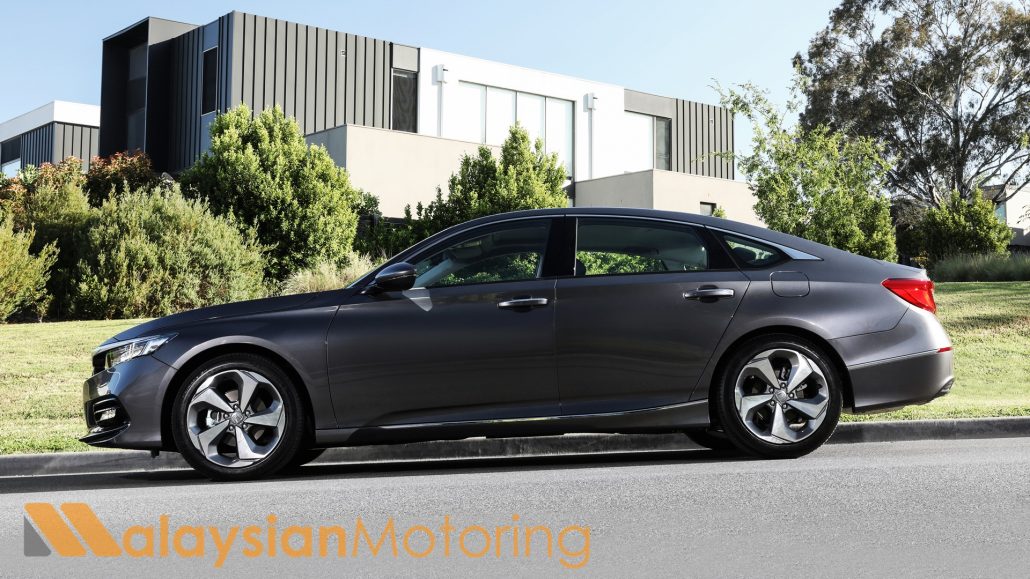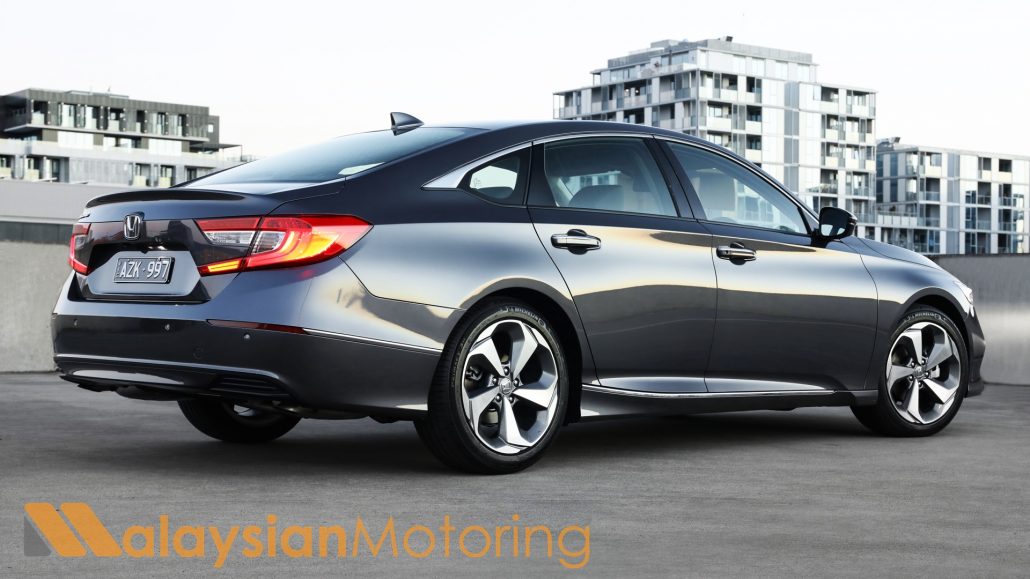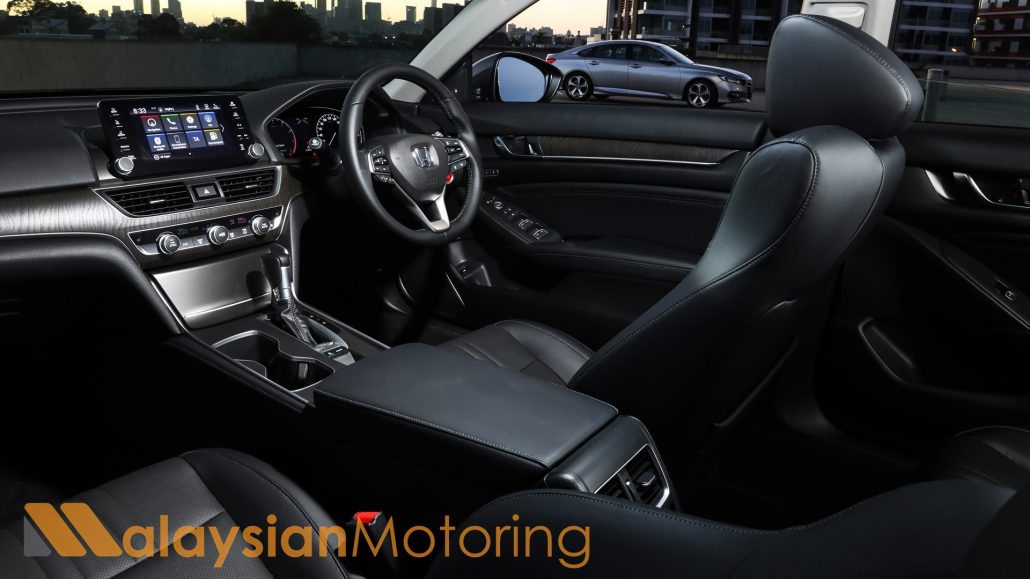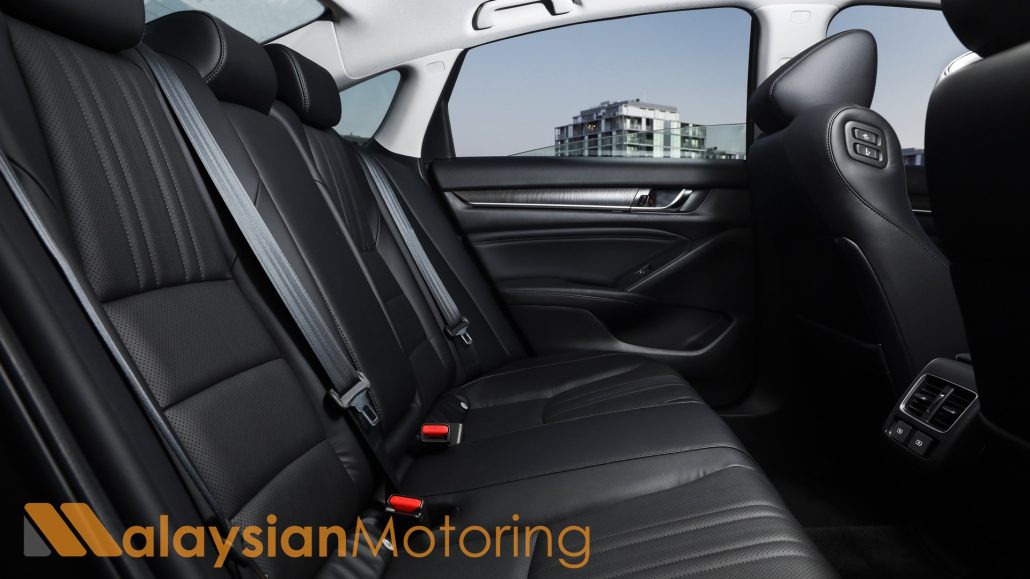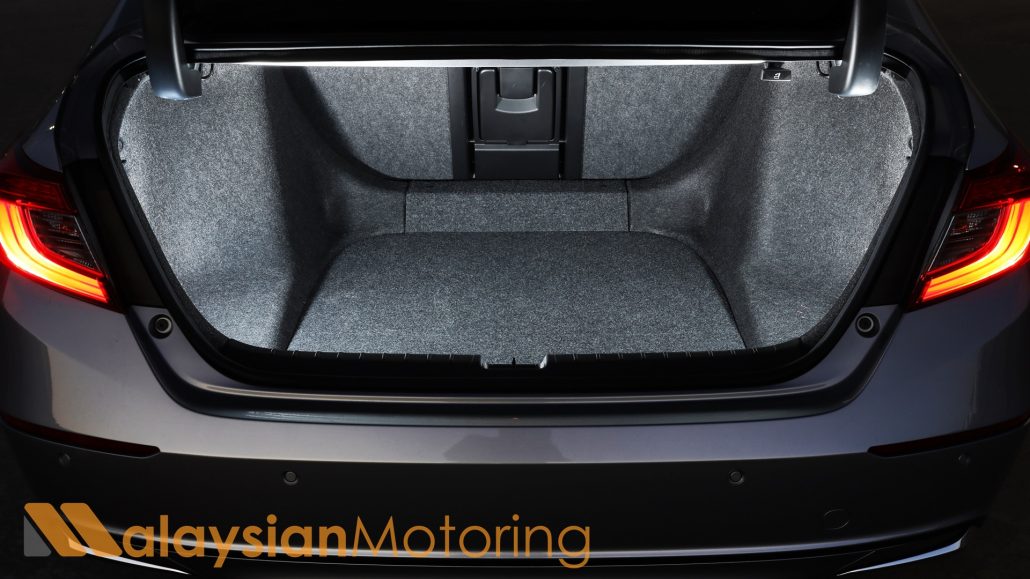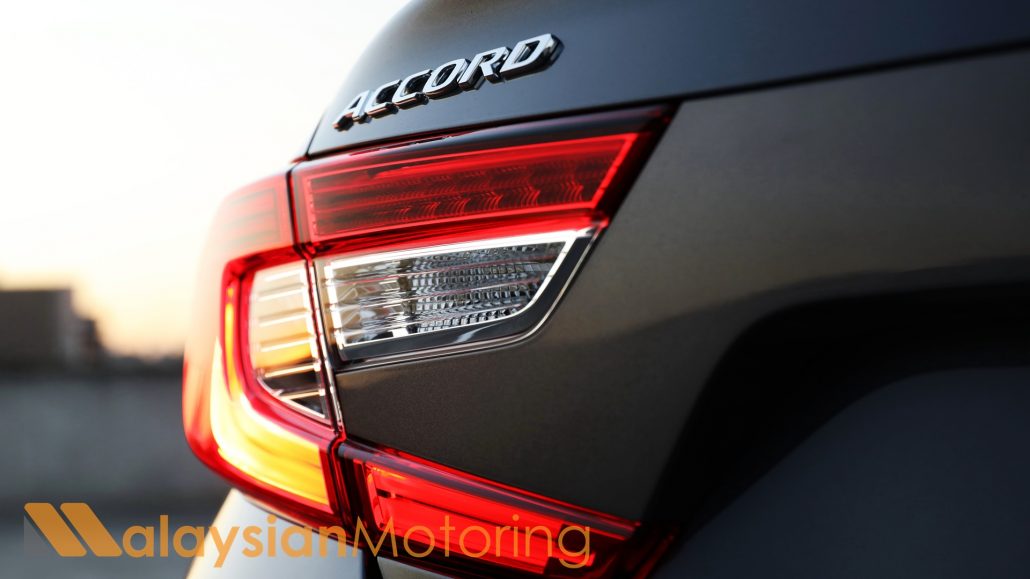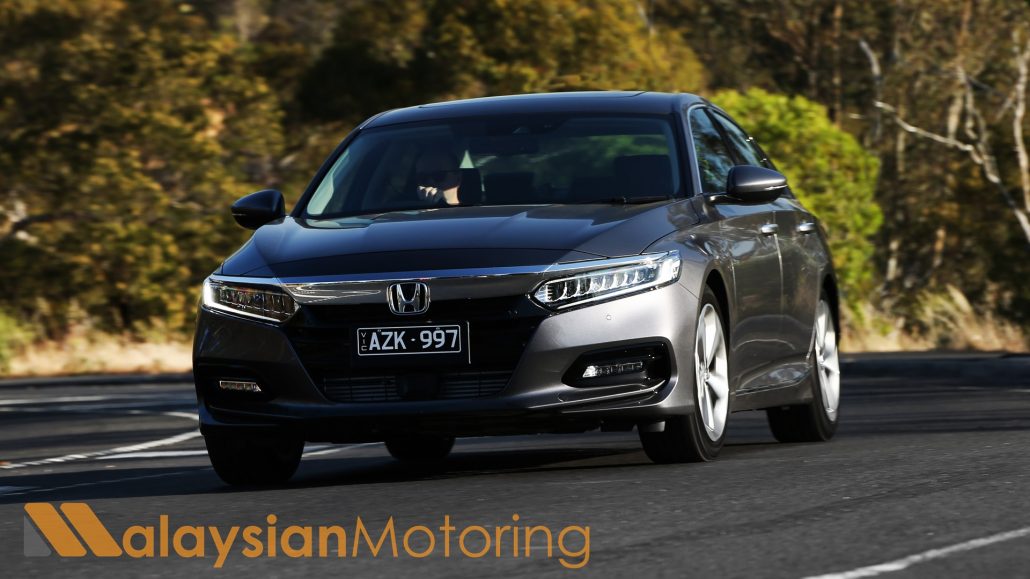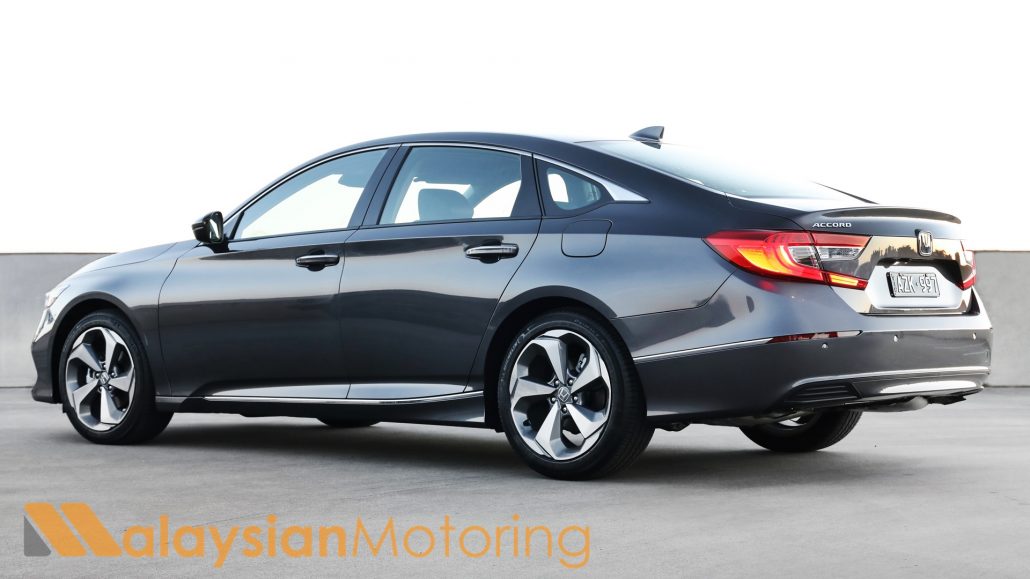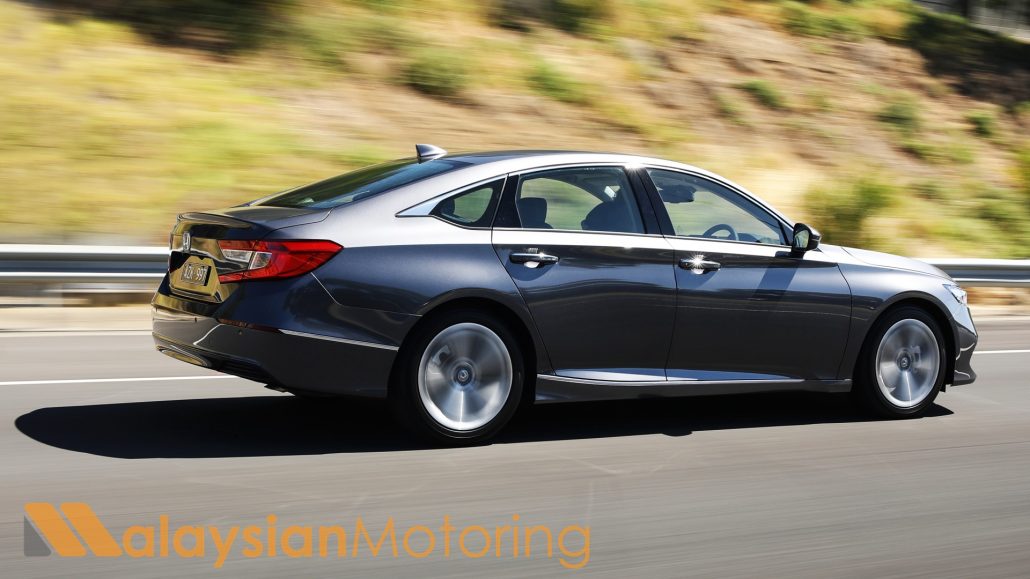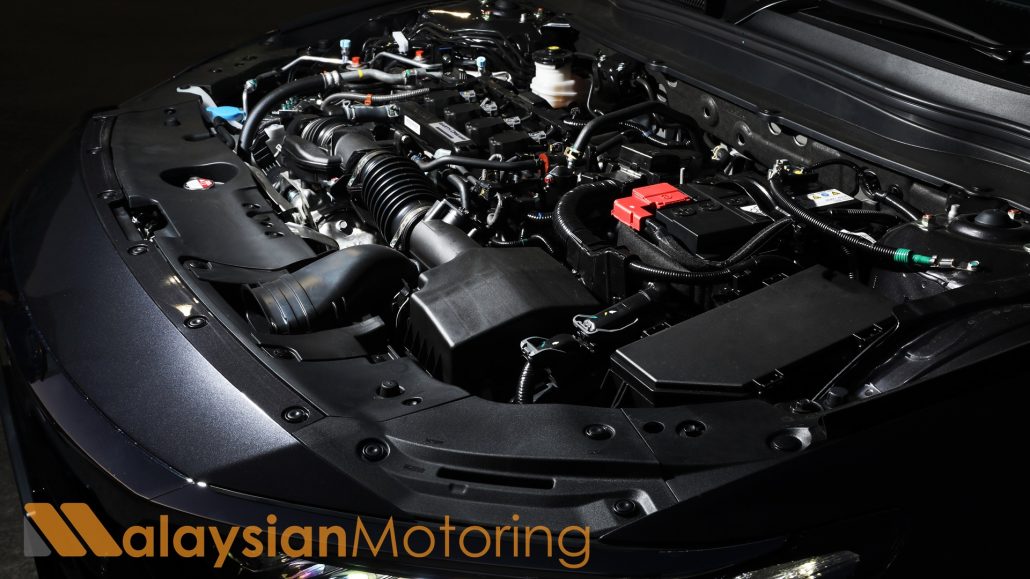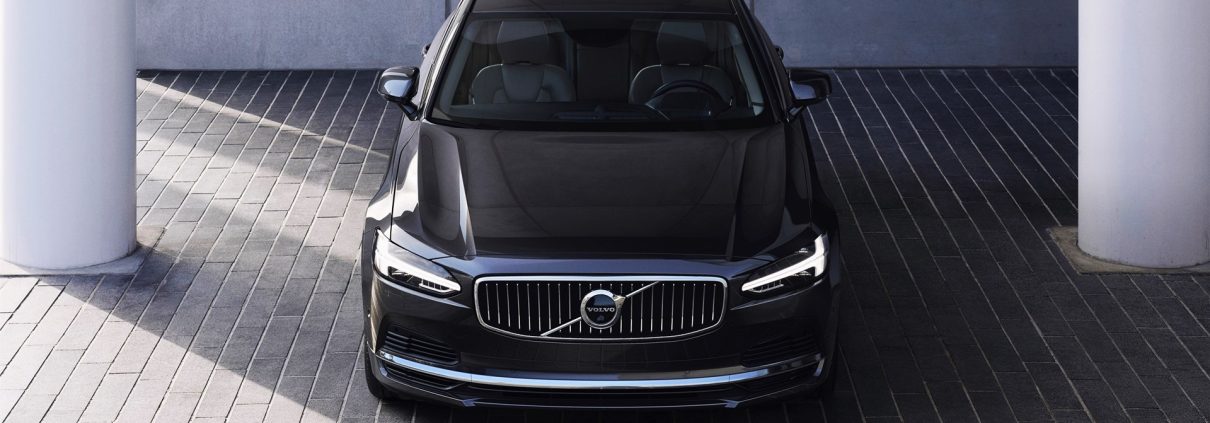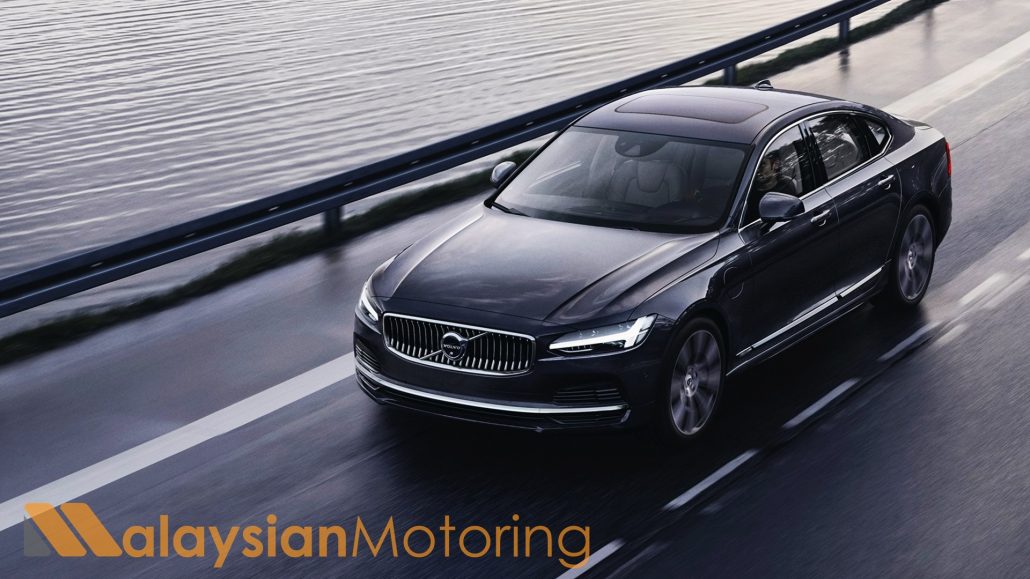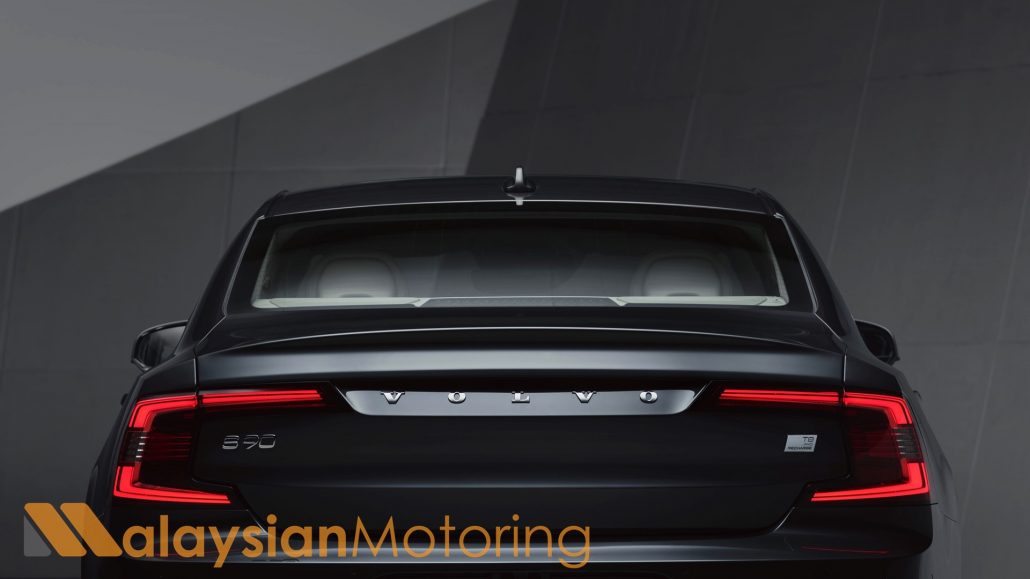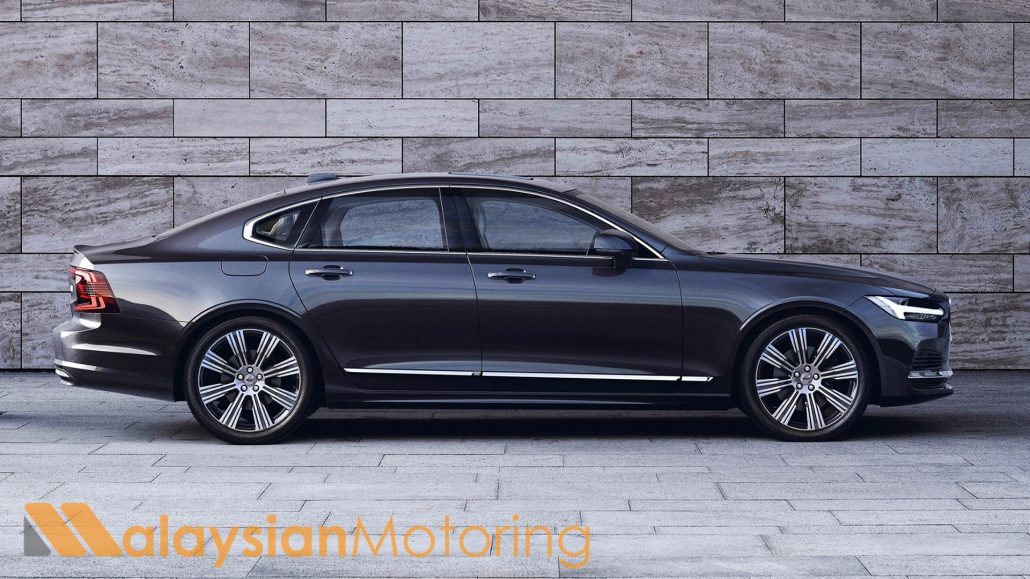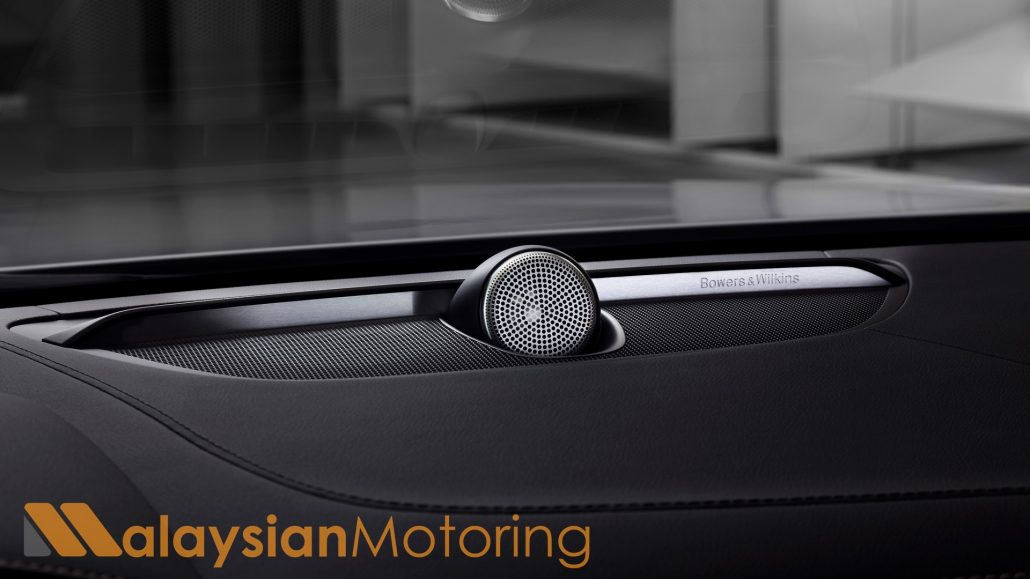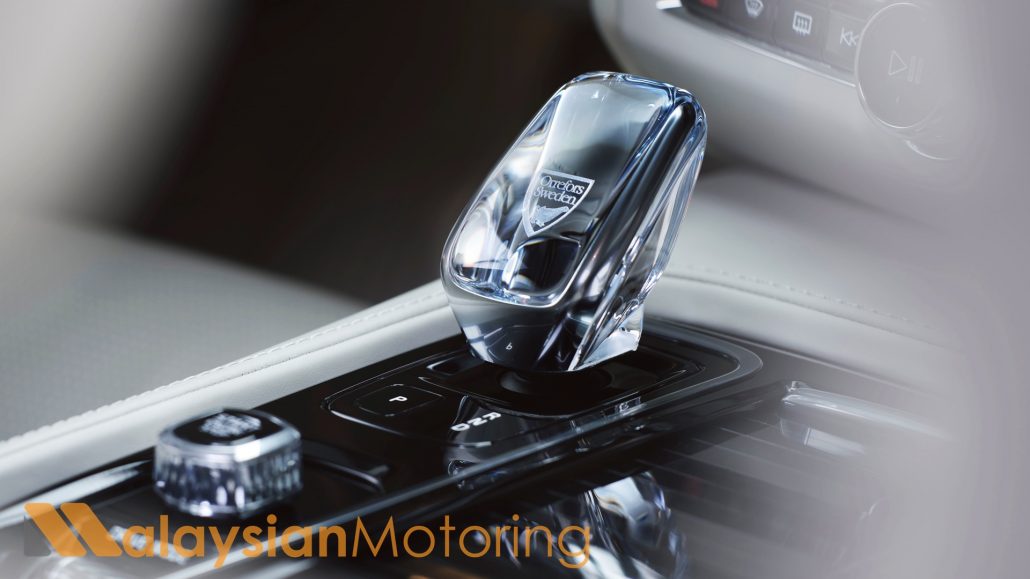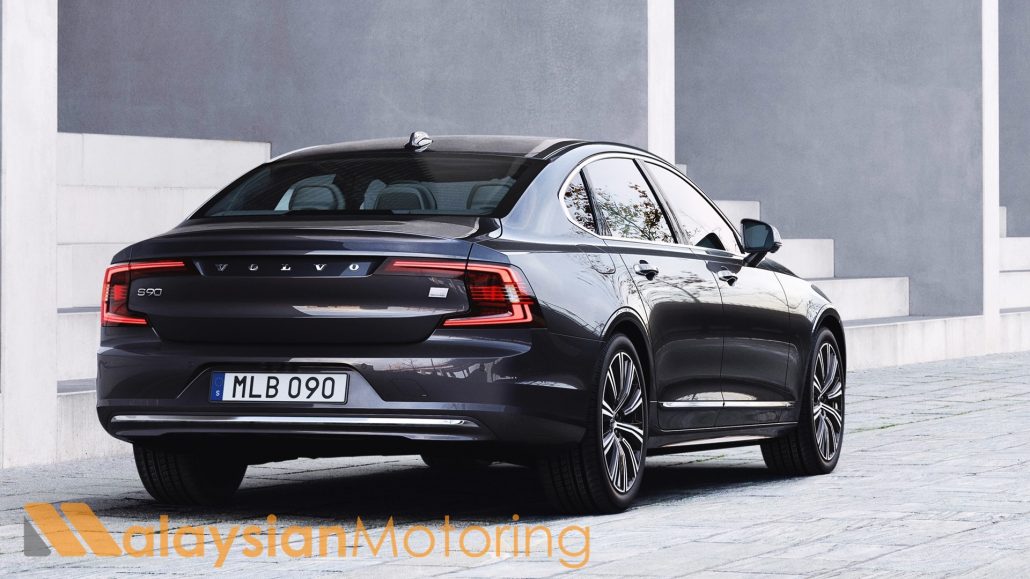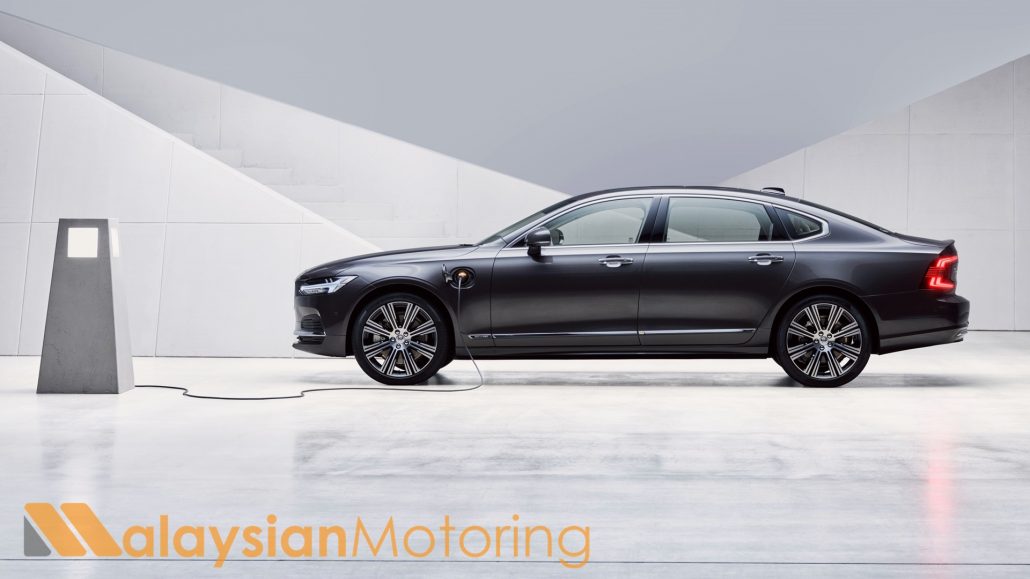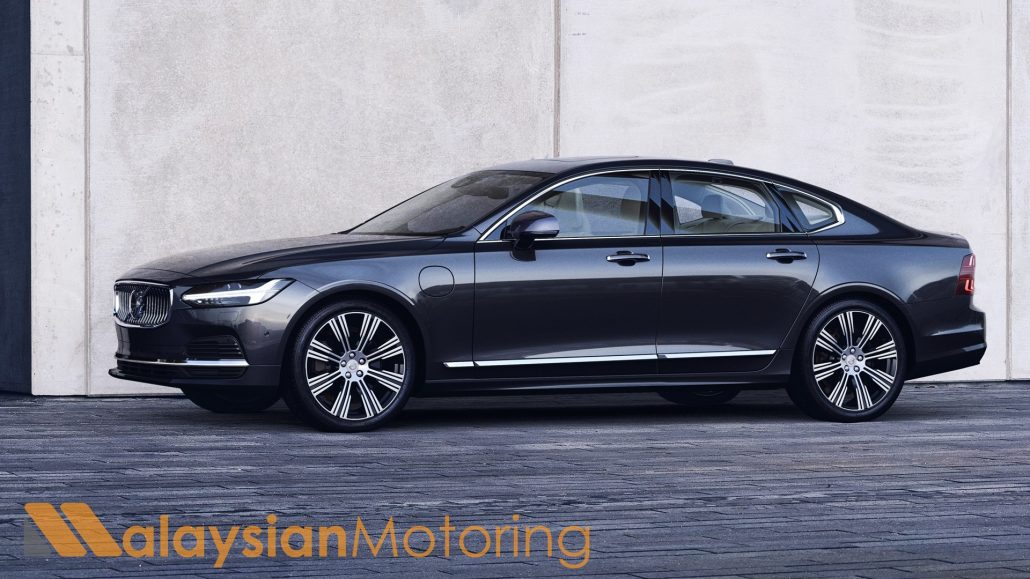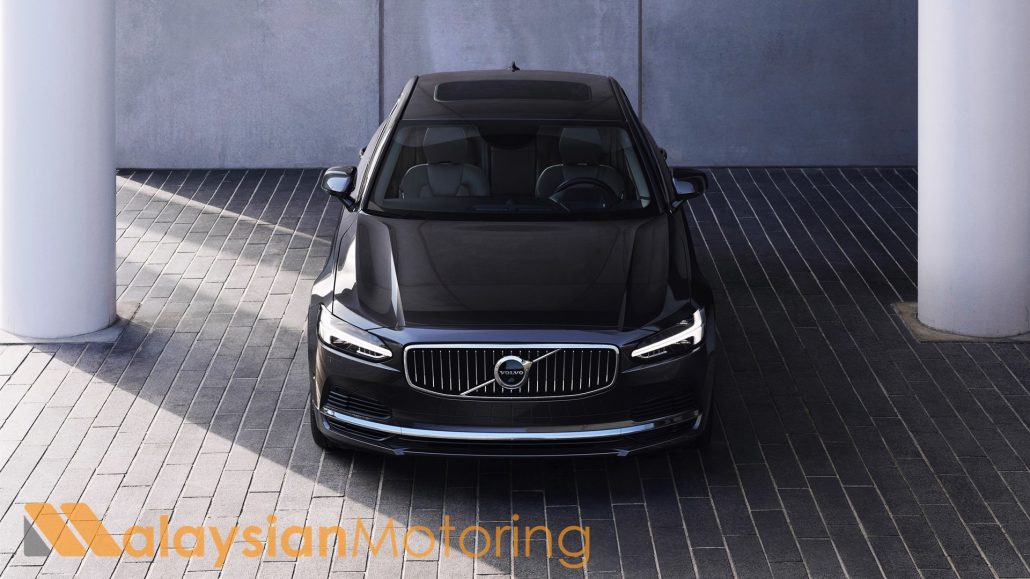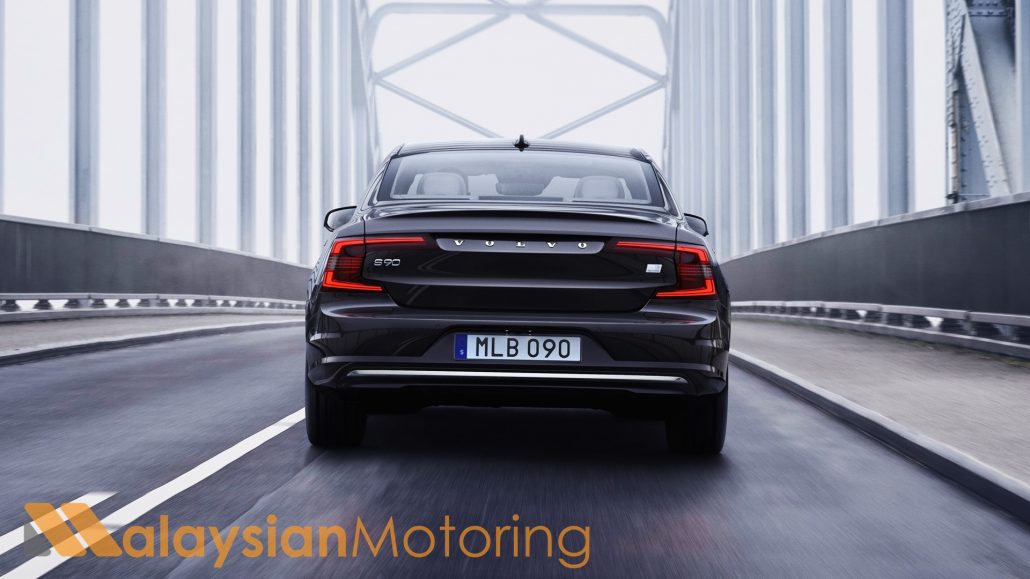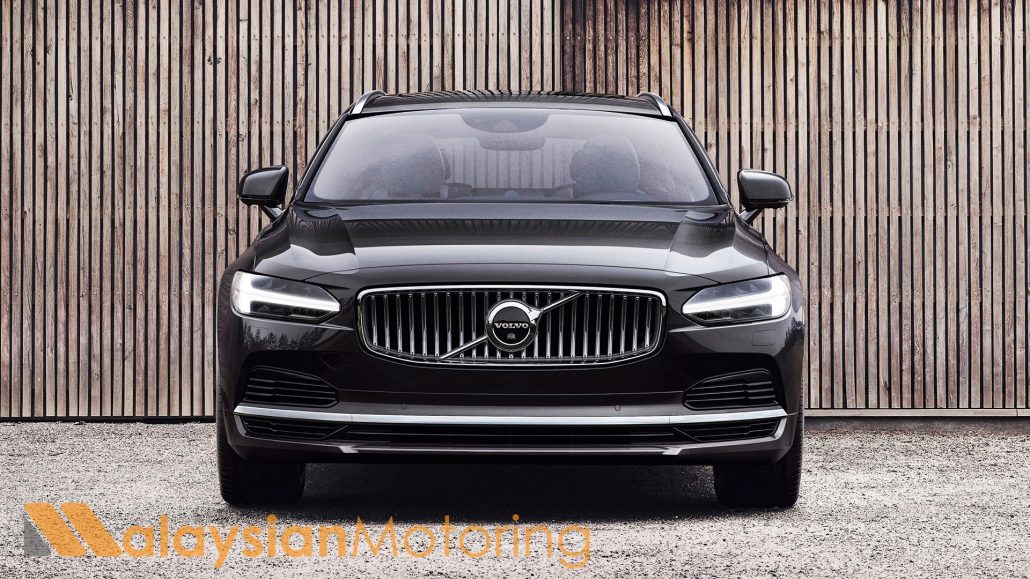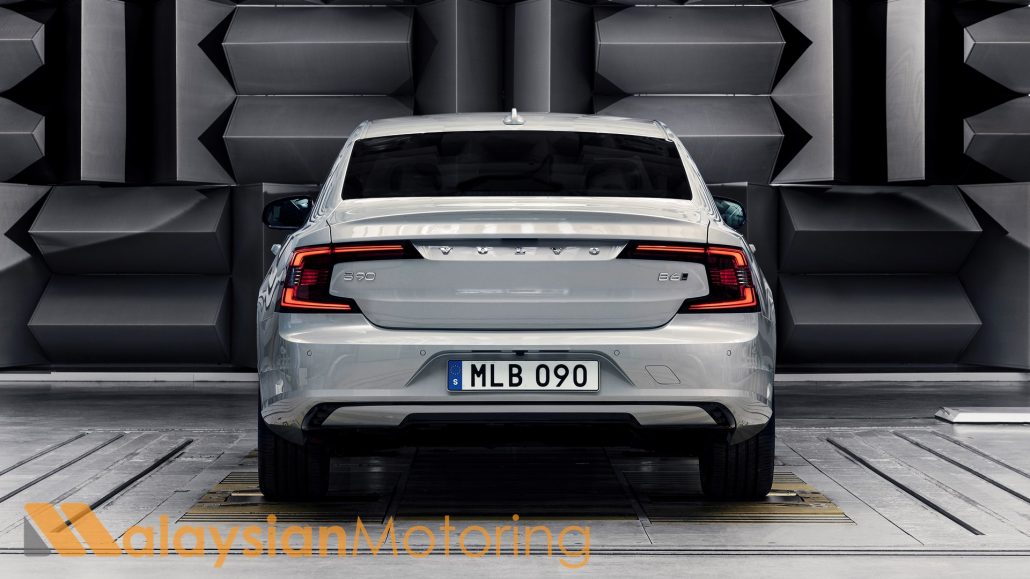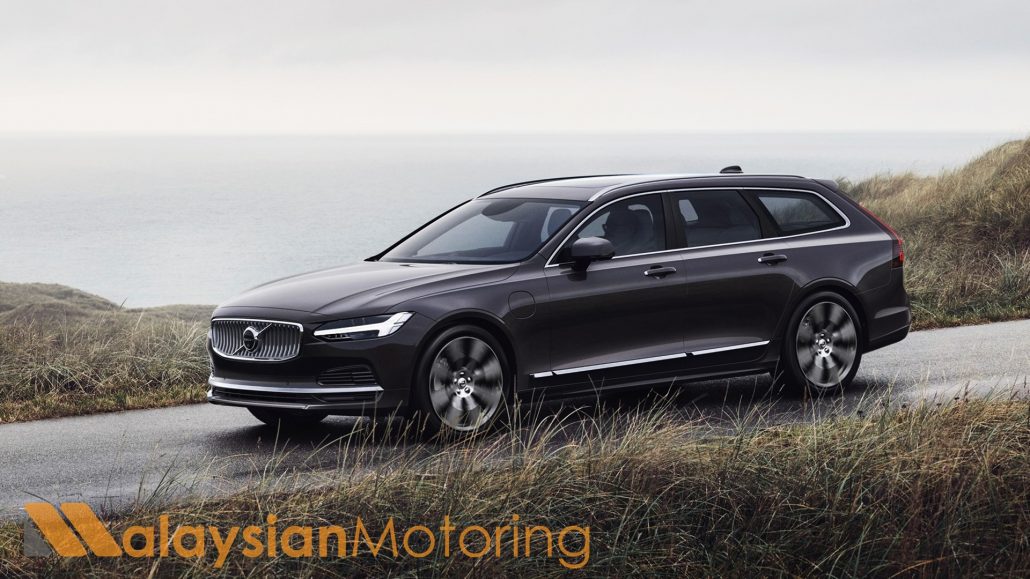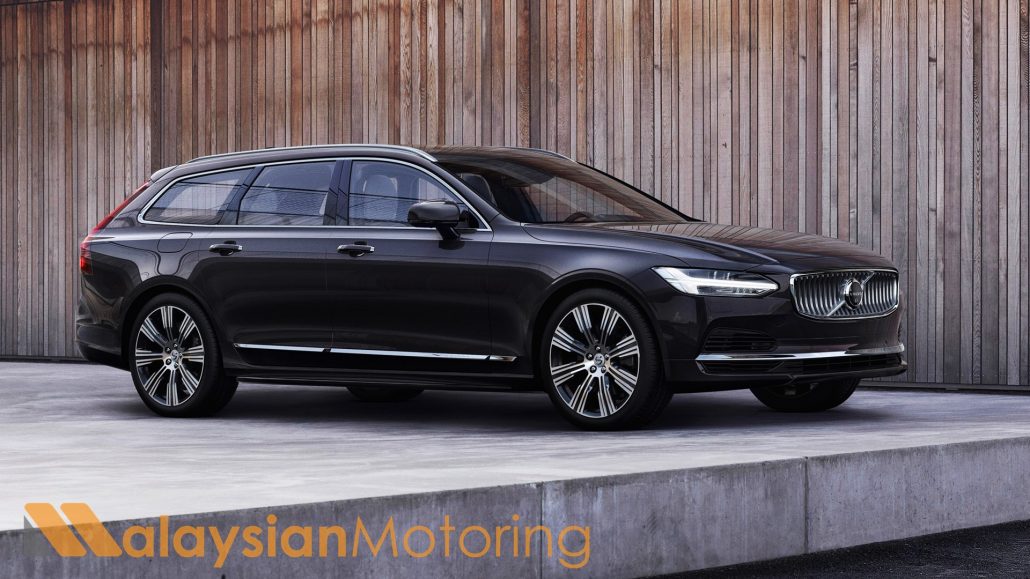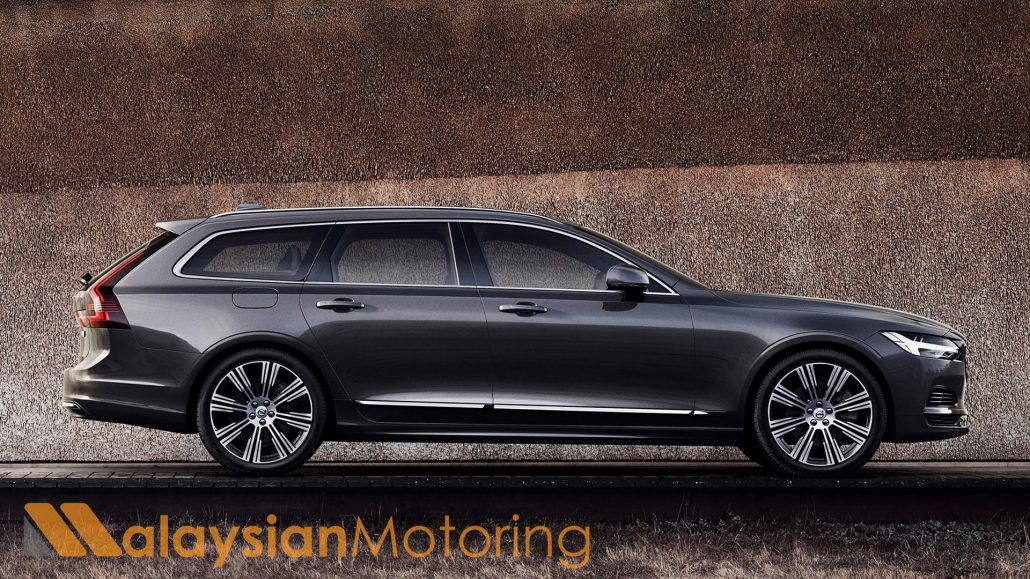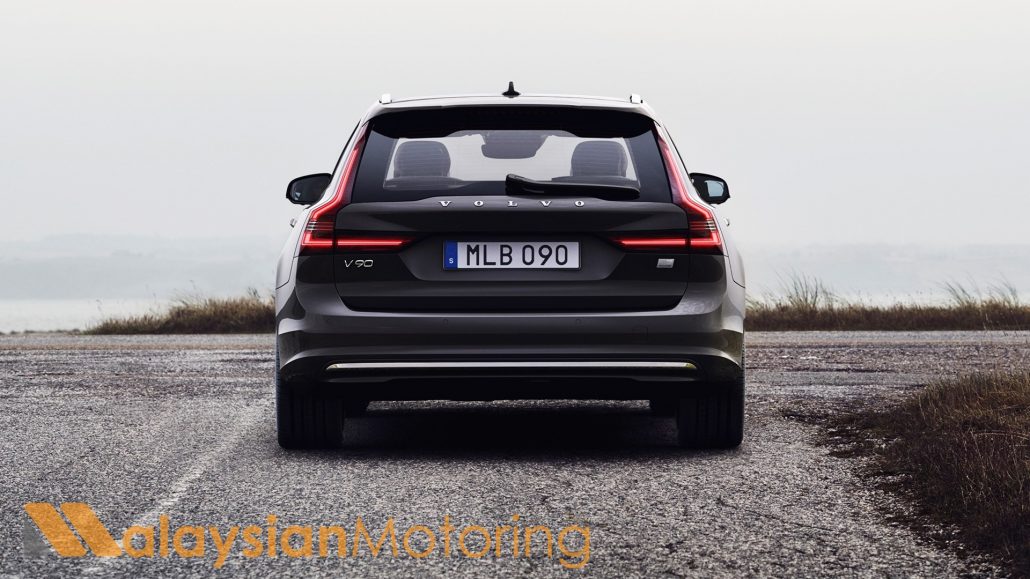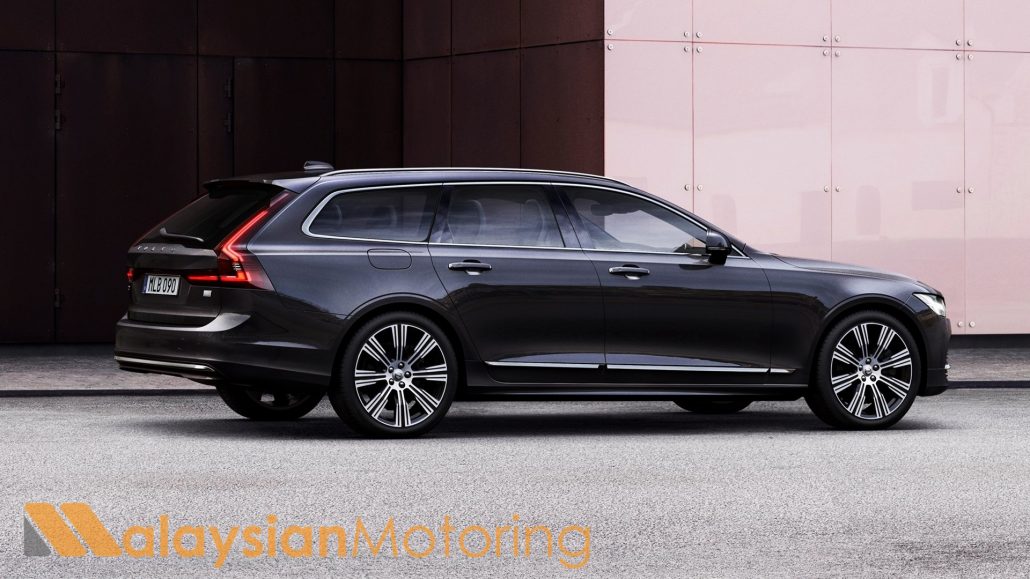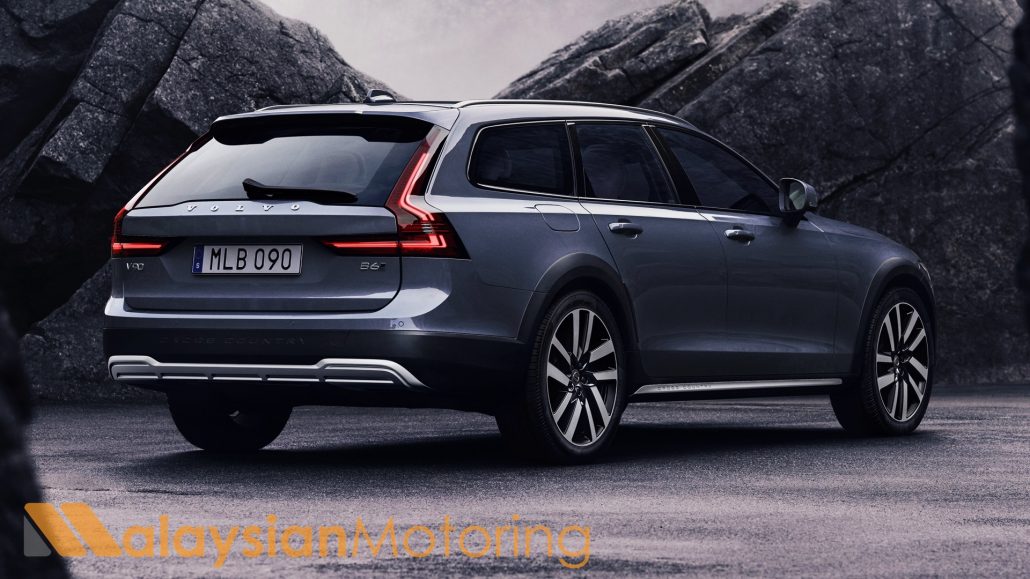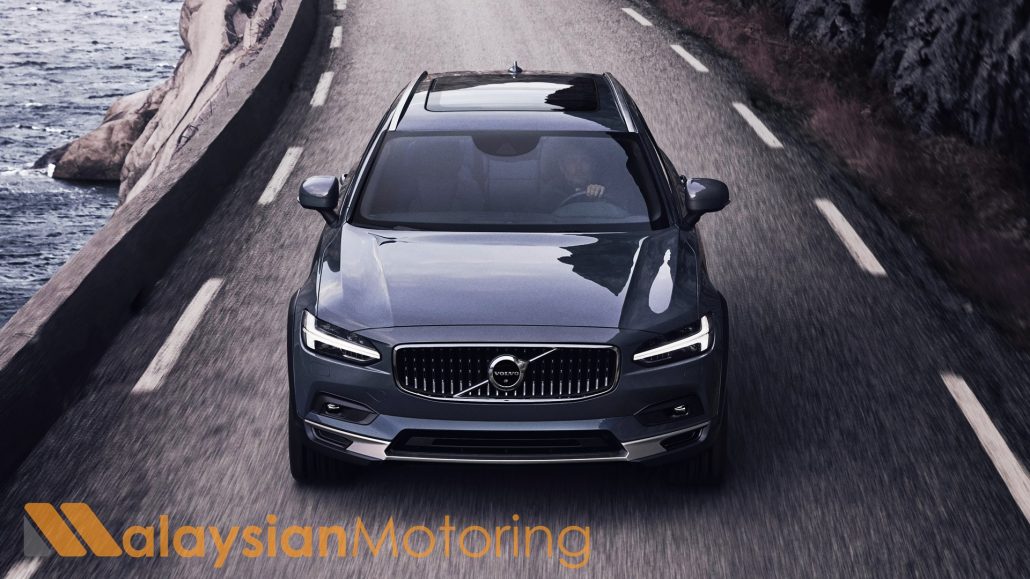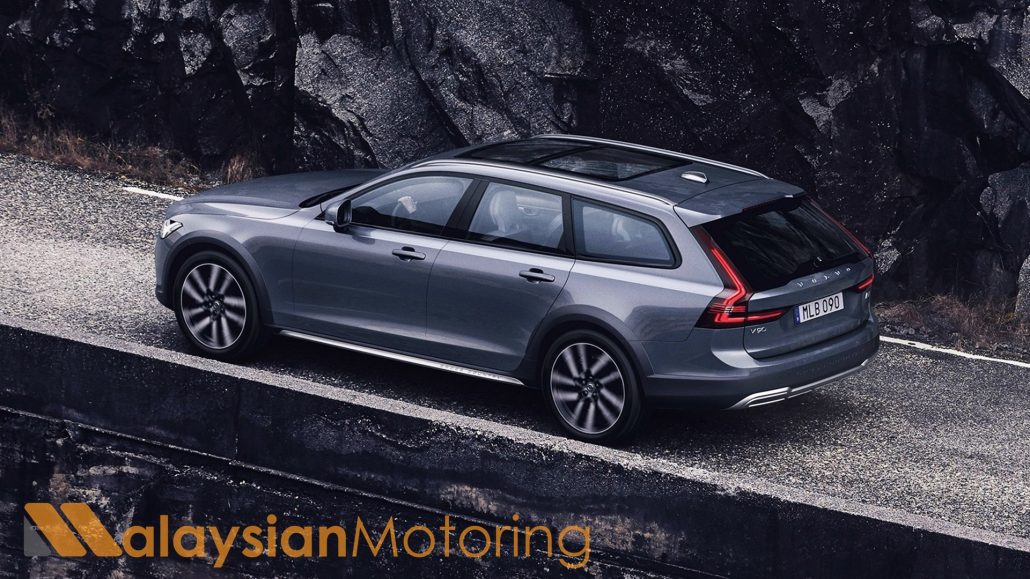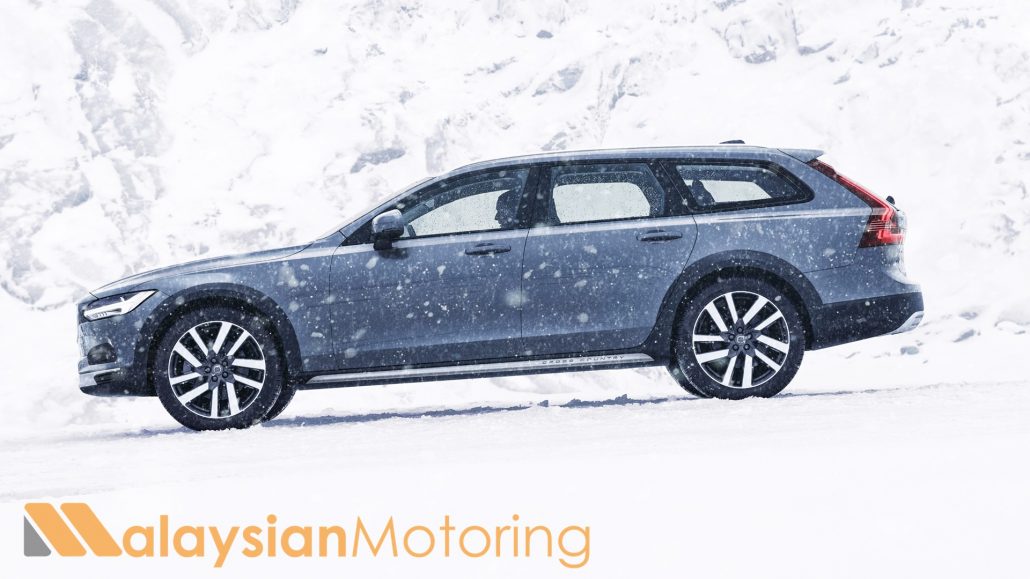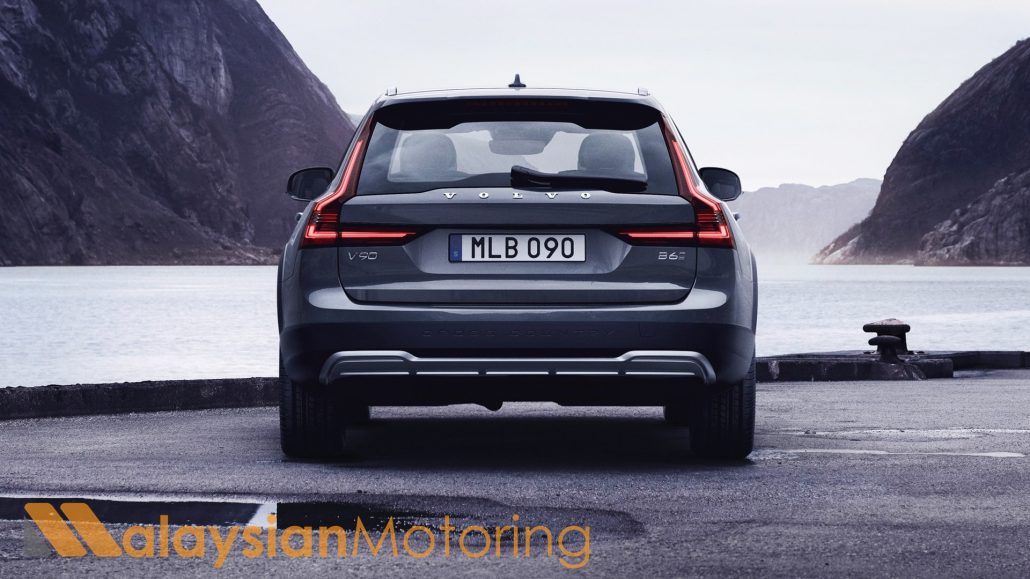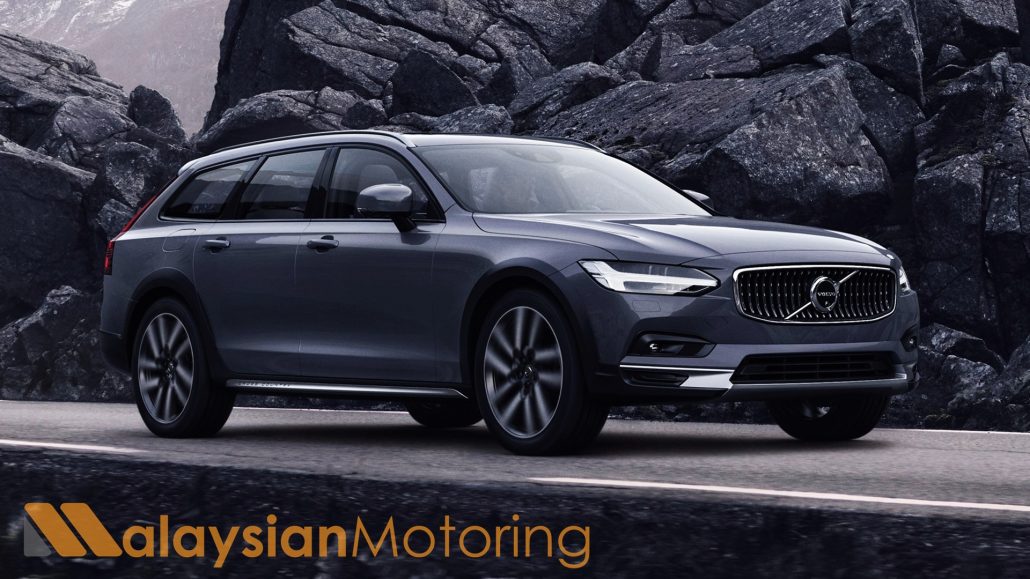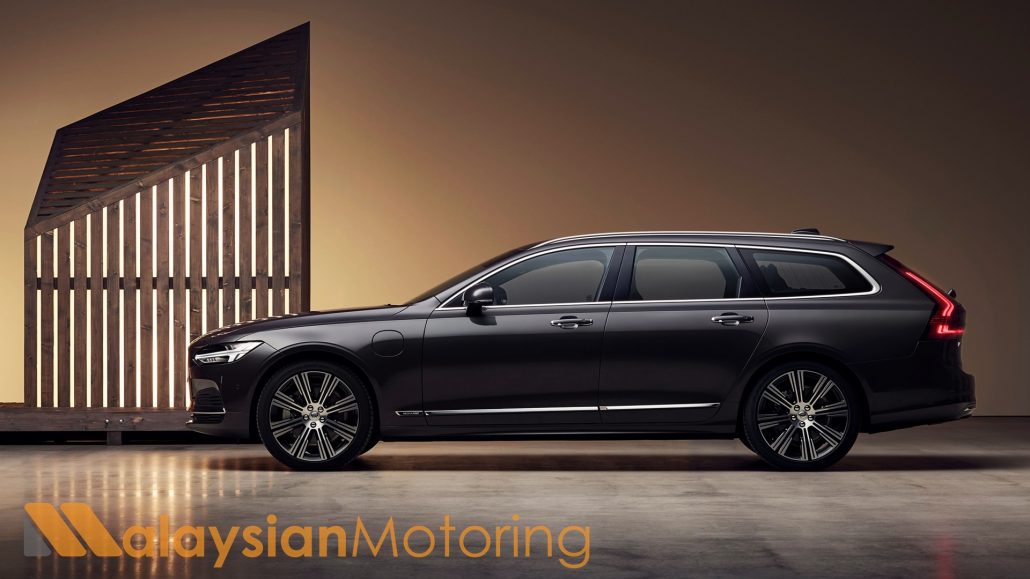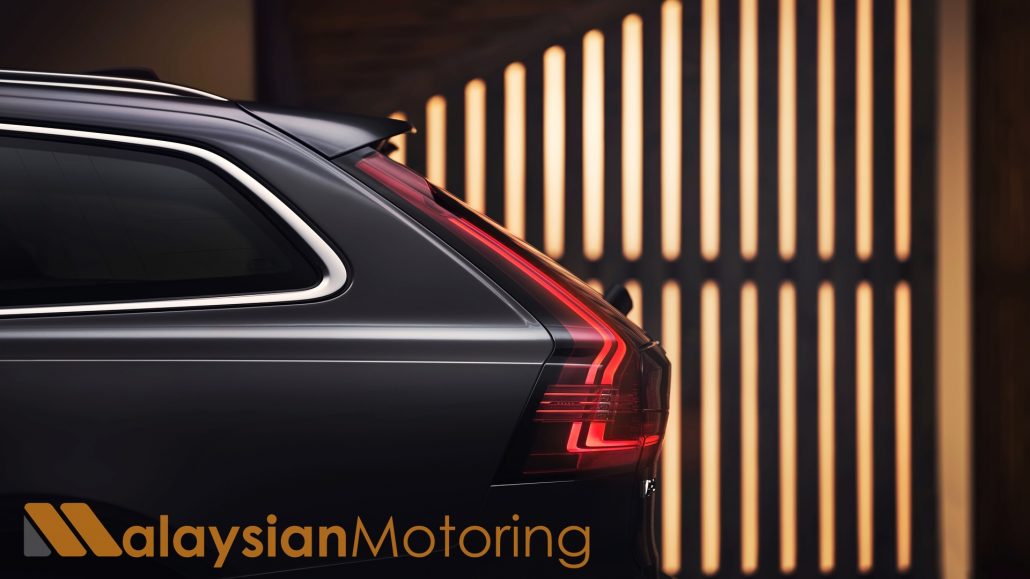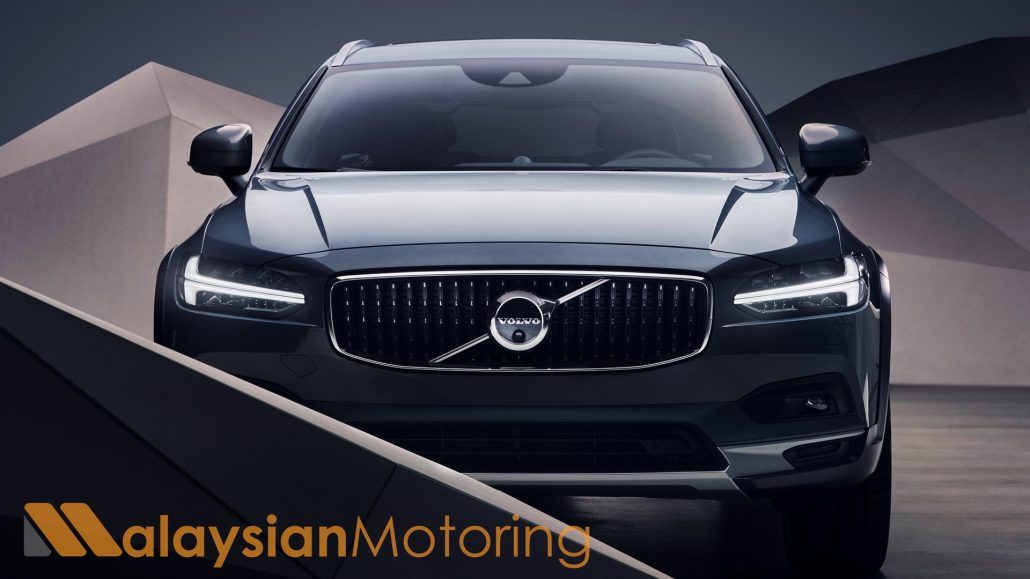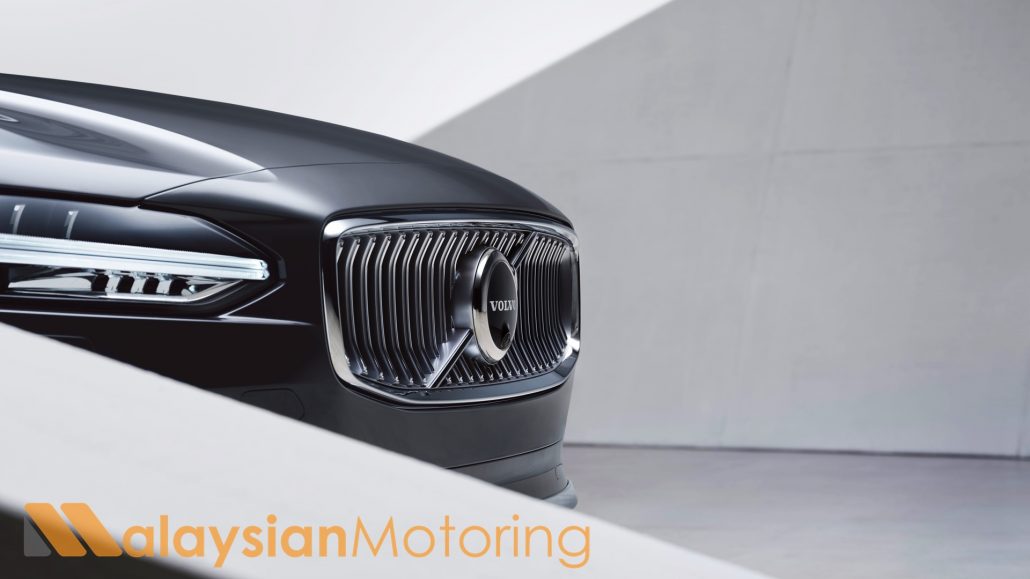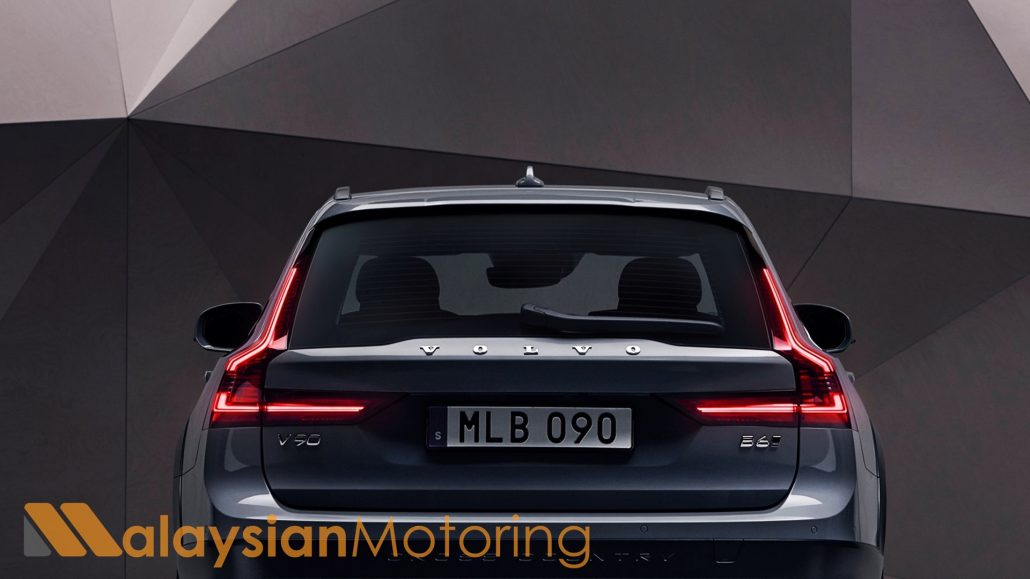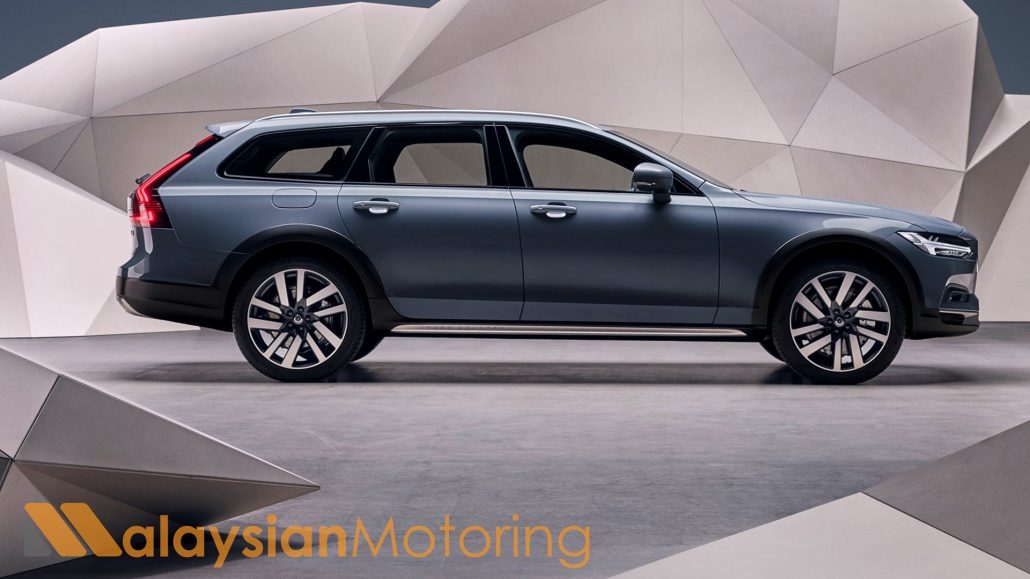2020 Range Rover Evoque – 2 Variants, 2 Power Outputs, From RM427k
Sime Darby, the official distributor of Land Rover vehicles in Malaysia, has today launched the all-new 2nd-generation Range Rover Evoque to much fanfare, marking the reintroduction of the incredibly successful ‘baby-Rangie’ to the lineup. Since it was introduced internationally in late 2018, the new Range Rover Evoque has won much acclaim from critics and buyers across the globe, and it is set to continue that trend here.
“The Range Rover Evoque has been a fundamental driver in Jaguar Land Rover’s global success. Since it first rolled off the Halewood production line, we have exported 80 per cent of all we have made. Our commitment to UK production remains firm and the new Evoque benefits from a £1bn investment. With this, we are introducing new technology and Range Rover refinement into the luxury compact SUV segment that the original model created.”
– Dr. Ralf Speth, Chief Executive Officer, Jaguar-Land Rover
Sitting on an all-new platform, the new Range Rover Evoque carries on the aesthetics first seen by the Velar. As such the headlights & taillights, which are full-LEDs, are now slimmer & wider than before. They now also feature scrolling indicators like the Velar, though the headlights now have an adaptive beam technology that ensure that full-beam can be used more often without dazzling other road users. The doors also feature retractable door handles like the Velar, which now sit flush against the door panels until the car is unlocked or if they are ‘made’ to appear.
The Evoque’s new platform features a longer & wider wheelbase than before, and dimensions have grown noticeably. At 4371mm long, 1966mm wide, and 1649mm tall, the Evoque is now larger than the outgoing model in every measurable way, which means that interior space has benefitted massively. For starters, the boot now features 591L of cargo room with the rear seats up, expandable to 1,383L with the seats folded, all of which is accessible via the all-electric one-piece tailgate.
And when you step inside, you discover that the new Evoque has more room for passengers too, with rear seat occupants entitled to more leg- and head-room than the previous model could have even dreamed of.
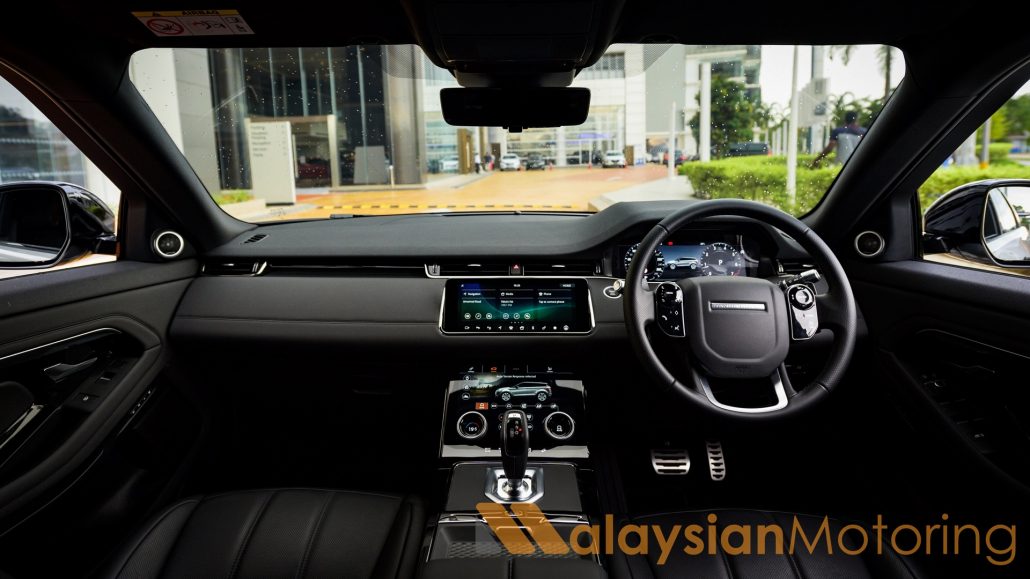
But the real kicker is up front, where the old Evoque is left for dead by the new kid on the block. The highlight of the cabin is no doubt the screens – innovatively called TouchPro Duo, the system comprises of two glass-fronted 10-inch infotainment screens placed atop each other, with the upper half dedicated to media functions while the lower one handles HVAC controls, TerrainResponse 2 (standard on the new Evoque) and so on. These screens work in tandem with the 12.3-inch digital drivers display that sits ahead of the driver, which clearly & elegantly display all the necessary driving information.
There’s actually one more screen that we have to talk about: Dubbed ClearSight Rear View, the centre rear-view mirror can now be turned into a screen (standard on R-Dynamic only) which activates a camera mounted above the car allowing for totally clear, unobstructed views rearward with a 50-degree viewing angle. This effectively overcomes the rather compromised rear view from within the cabin (owing to the sloping roofline and narrow rear window) and means that even if your Evoque is full of people and stuff, you’ll still be able to see out.
That’s not all – ClearSight Ground View now offers a full 180-degree view of the road ahead, and even between the two front wheels, essentially ‘eliminating’ the blind-spot created by your bonnet. As such, Land Rover says that this will make navigating the Evoque through tight city streets, compact parking spaces, and rough off-road terrain that much easier (notice how they mentioned the off-roading part last?).
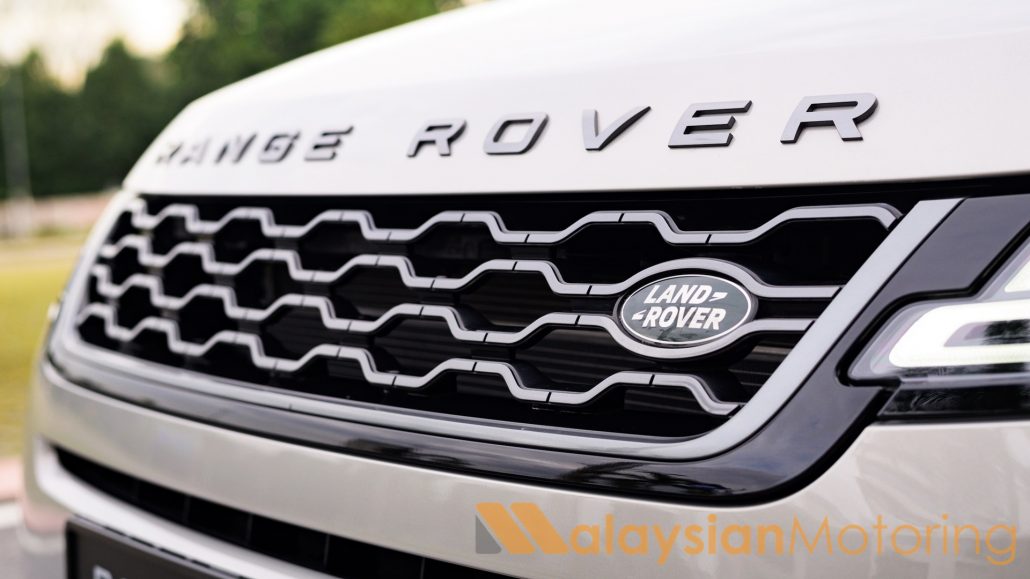
Regardless of on- or off-road, and irrespective of Evoque or Evoque R-Dynamic, power still comes from a 2.0-litre turbocharged Ingenium engine paired to an 8-speed automatic gearbox. Both cars feature a nifty little thing called Active Driveline Disconnect that de-couples the rear-wheels during day-to-day driving to improve fuel economy, but is able to re-engage them almost instantly should the car demand extra traction. Outputs differ though: The base Evoque puts out 200PS and 320Nm, while the Evoque R-Dynamic offers 249PS and 365Nm. As such, the R-Dynamic is able to hit the century mark in just 7.5-seconds, while the base Evoque does the same a second slower at 8.5-seconds.
The R-Dynamic does add a few more bits and bobs too. While the standard car features things like Lane Keep Assist and Driver Drowsiness Alert, the R-Dynamic adds a full gamut of active safety kit like blind-spot monitoring, adaptive cruise control, full-speed Autonomous Emergency Braking, and Rear Cross-Traffic Alert. This at least goes some way to soften the blow of the pricing, given that the compact-sized Evoque is priced against much larger rivals like the BMW X5 xDrive45e and the Volvo XC90 T8 Inscription Plus despite being the size of a BMW X3 or a Volvo XC60.
The Range Rover Evoque range starts at RM426,828 for the base model without SST, while the Range Rover Evoque R-Dynamic with its more comprehensive kit list and punchier engine goes for RM475,398 without SST. All new Evoques will be sold with a 5-year/150,000km warranty, a 5-year/65,000km free service package, as well as 3-years roadside assistance. The new Range Rover Evoque is available for viewing from today at Land Rover dealerships across the country.
For the best deals on a new Range Rover, check out our Facebook page where you can fill in your details and get the best deal & buying experience on a new Range Rover Evoque (or any car for that matter).





























































